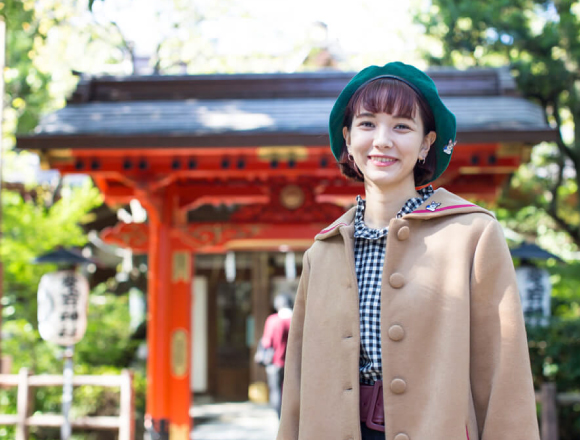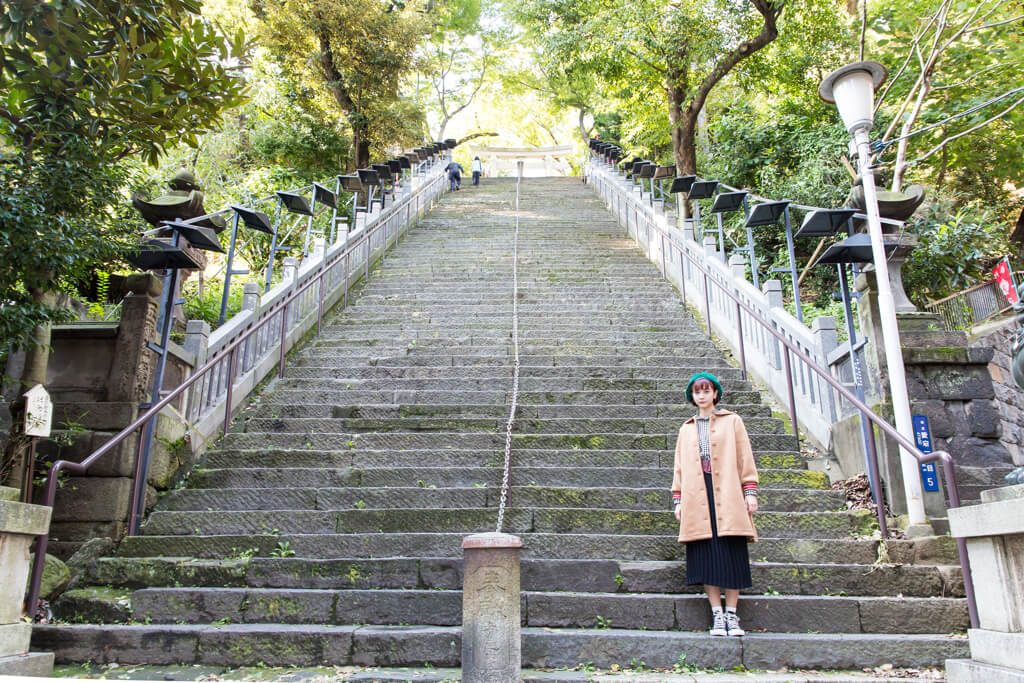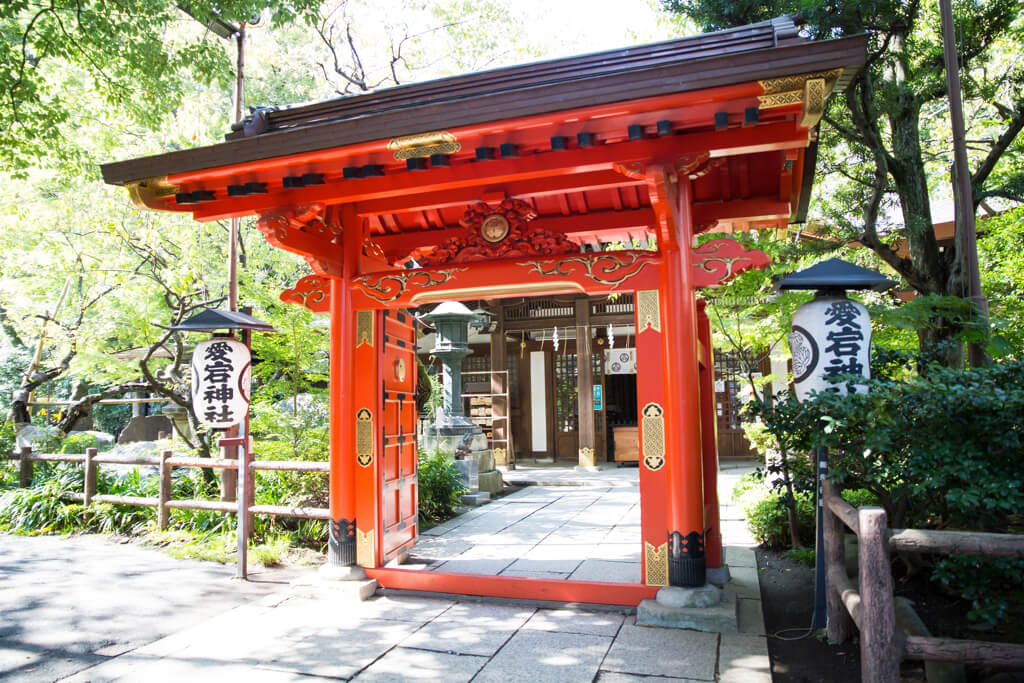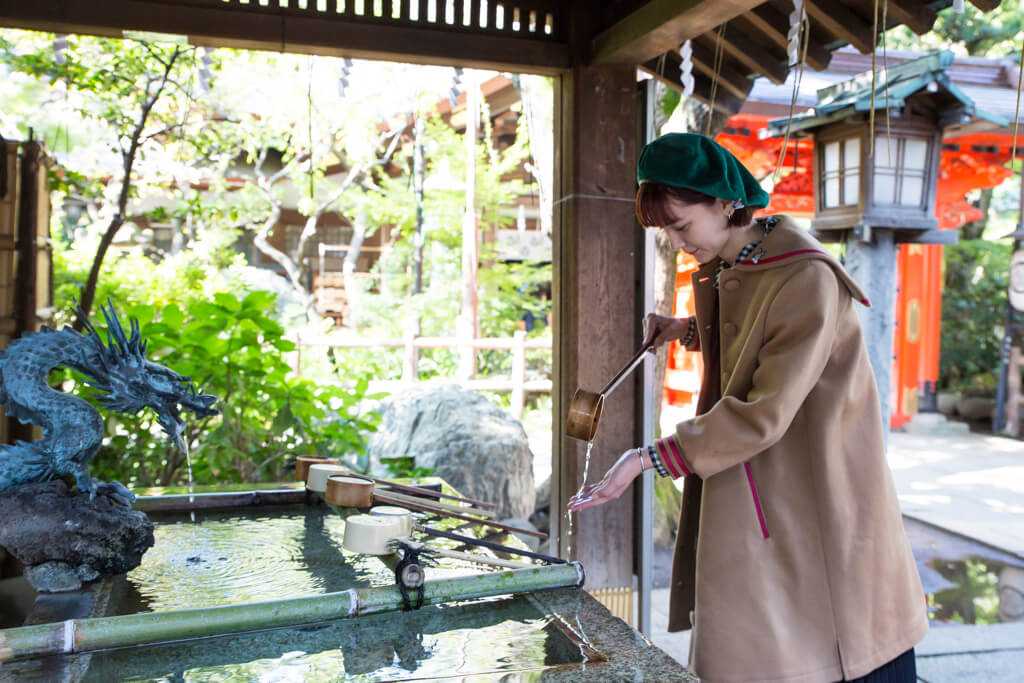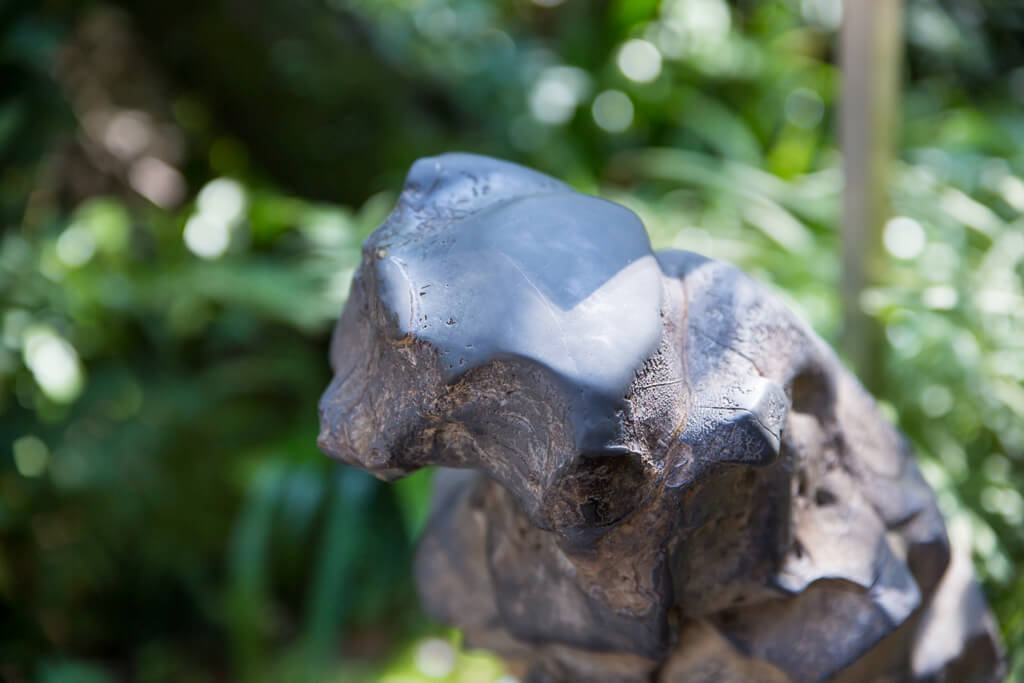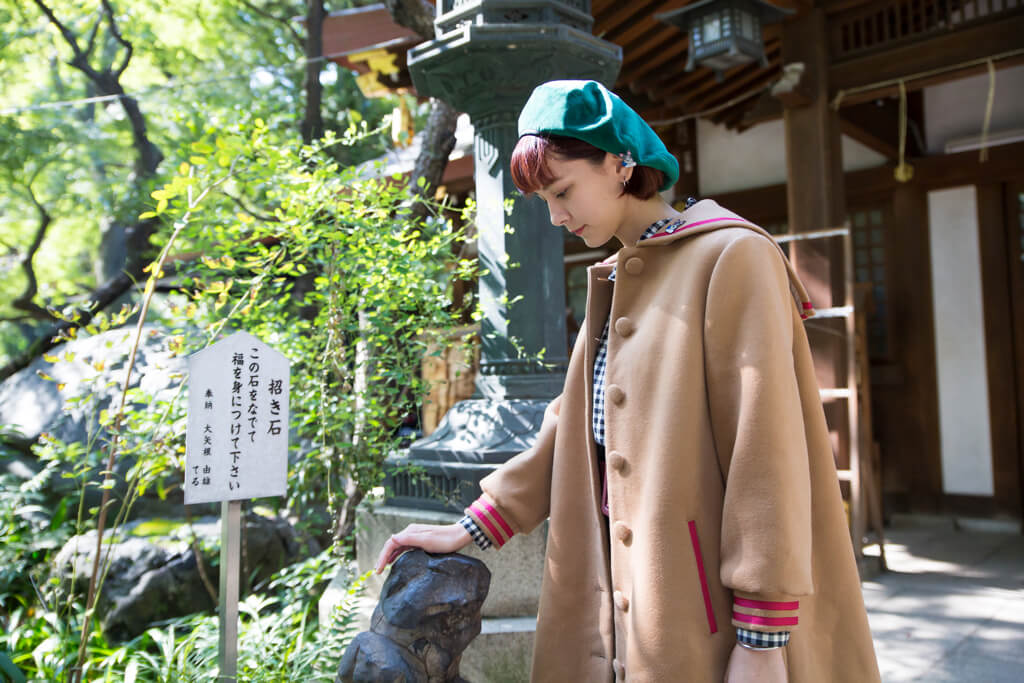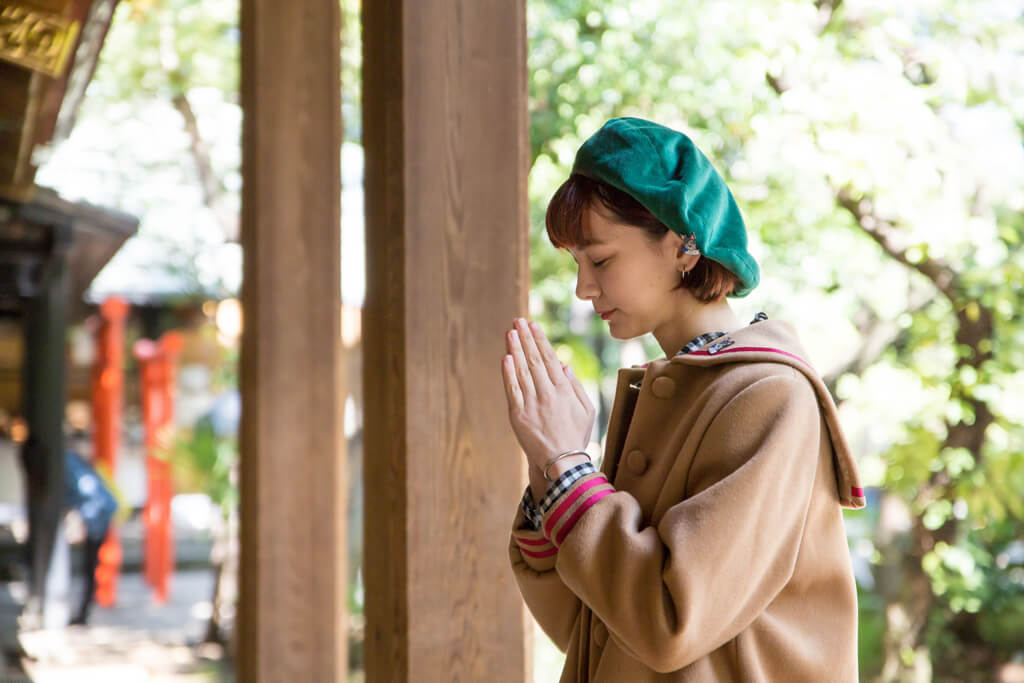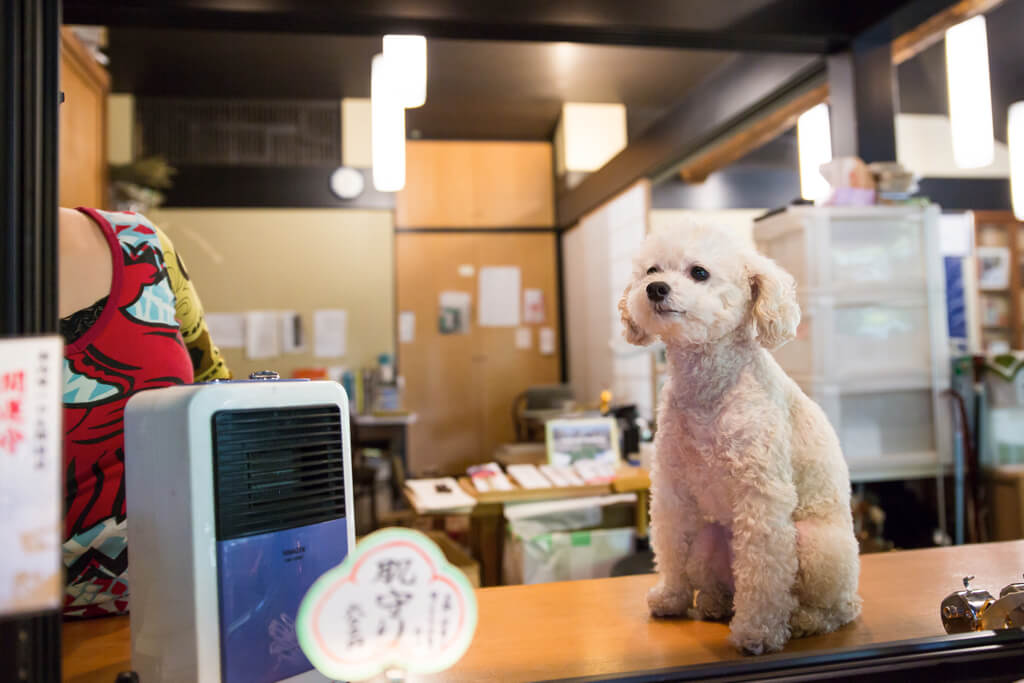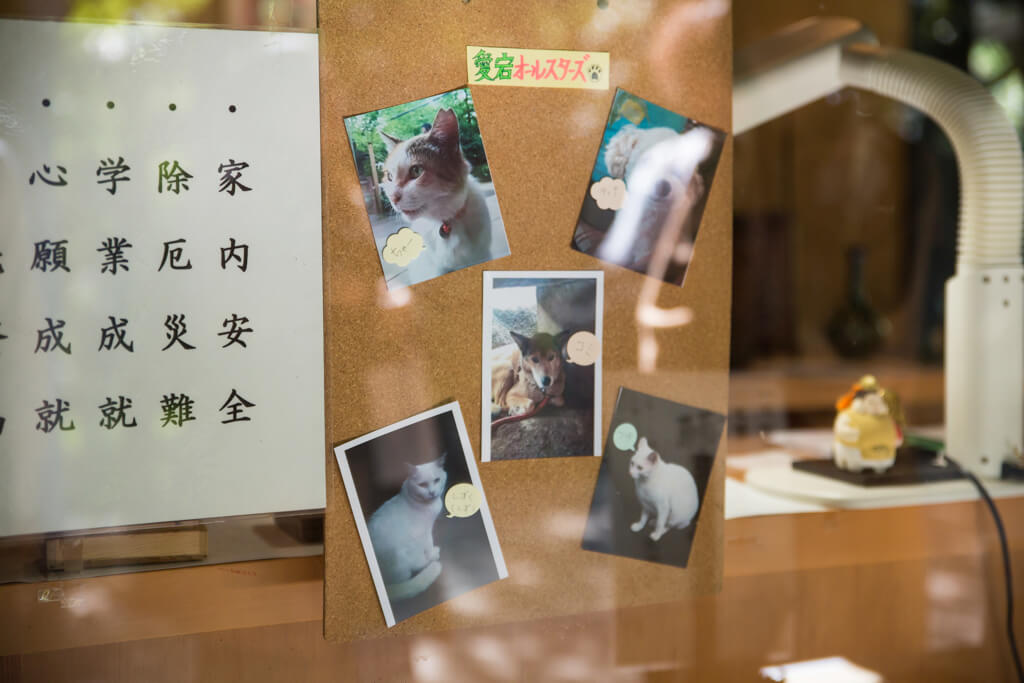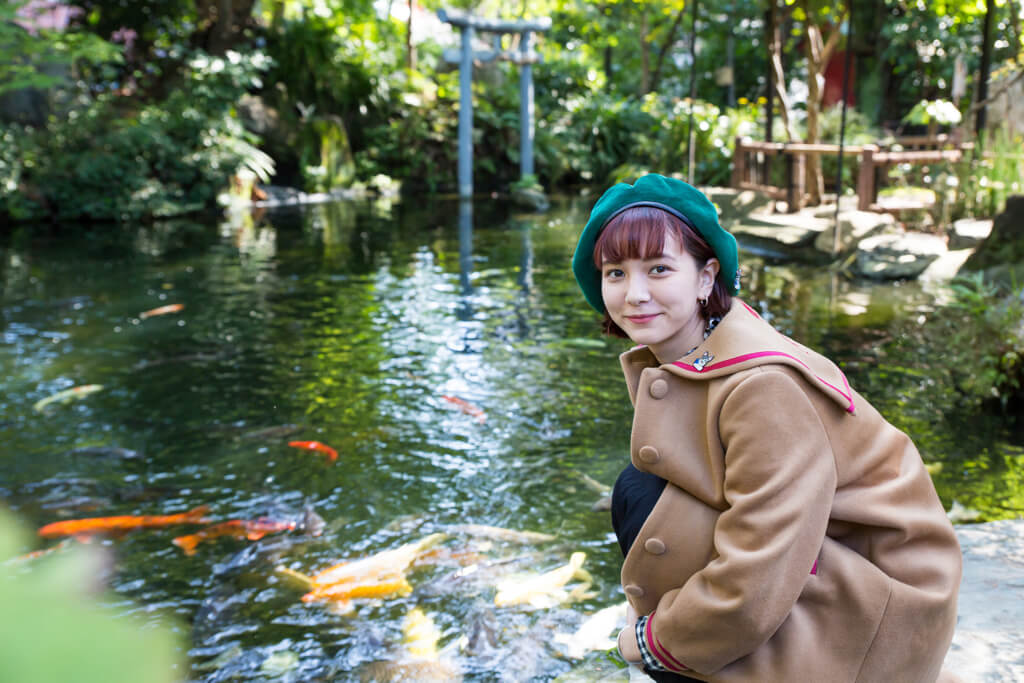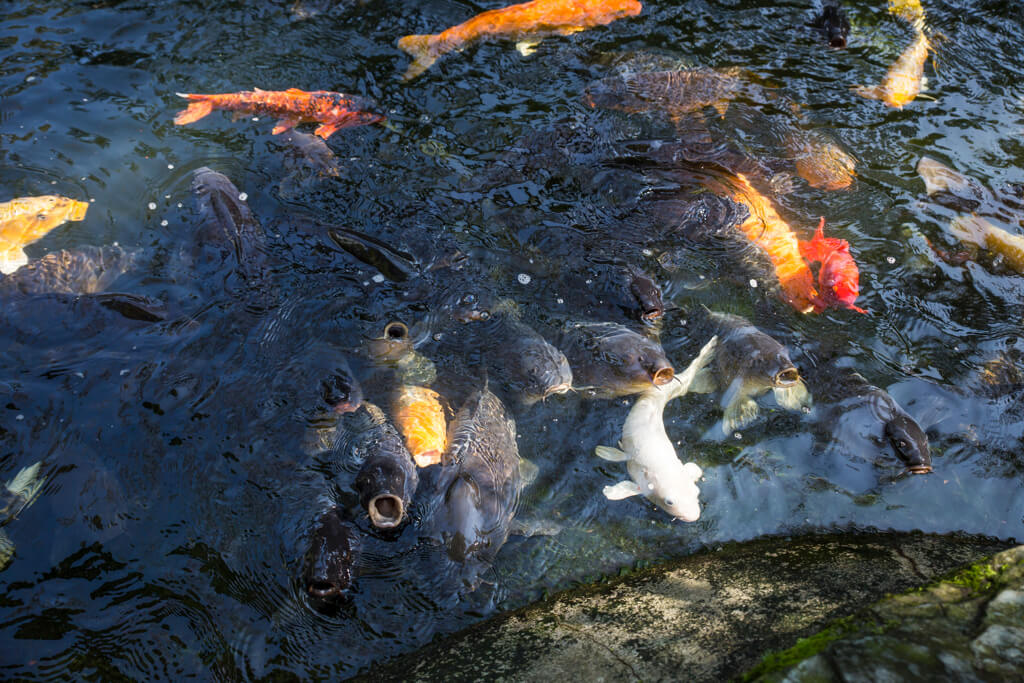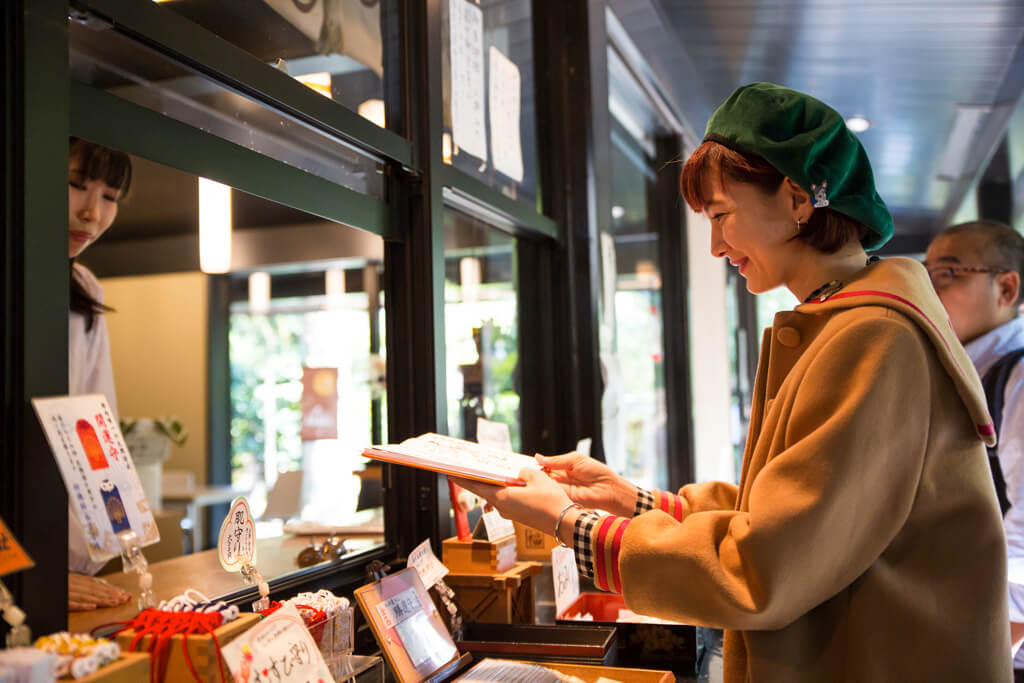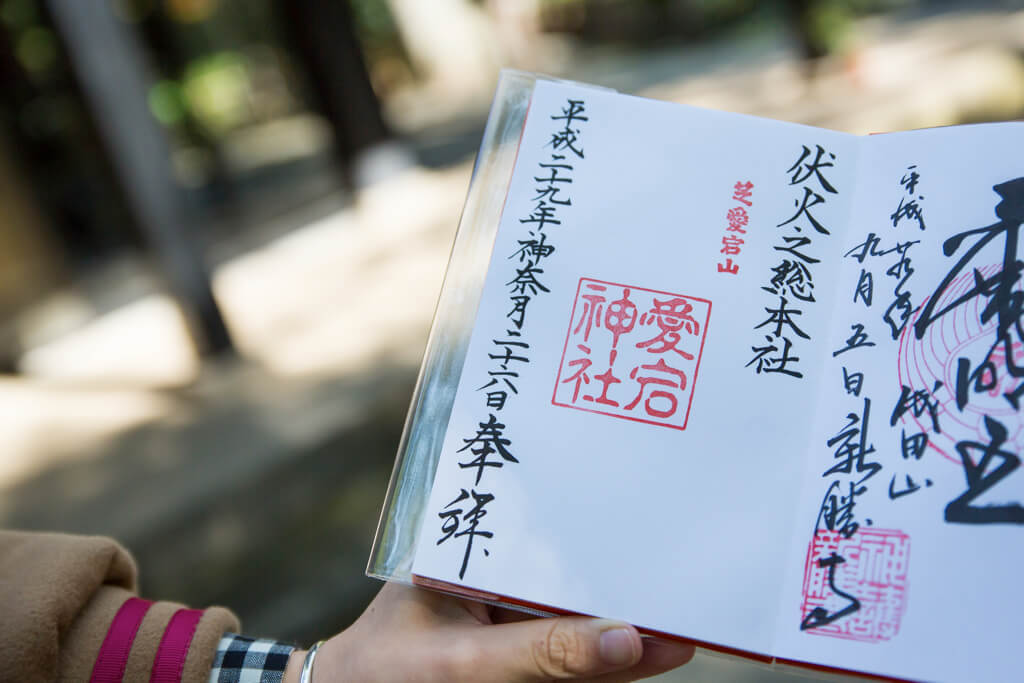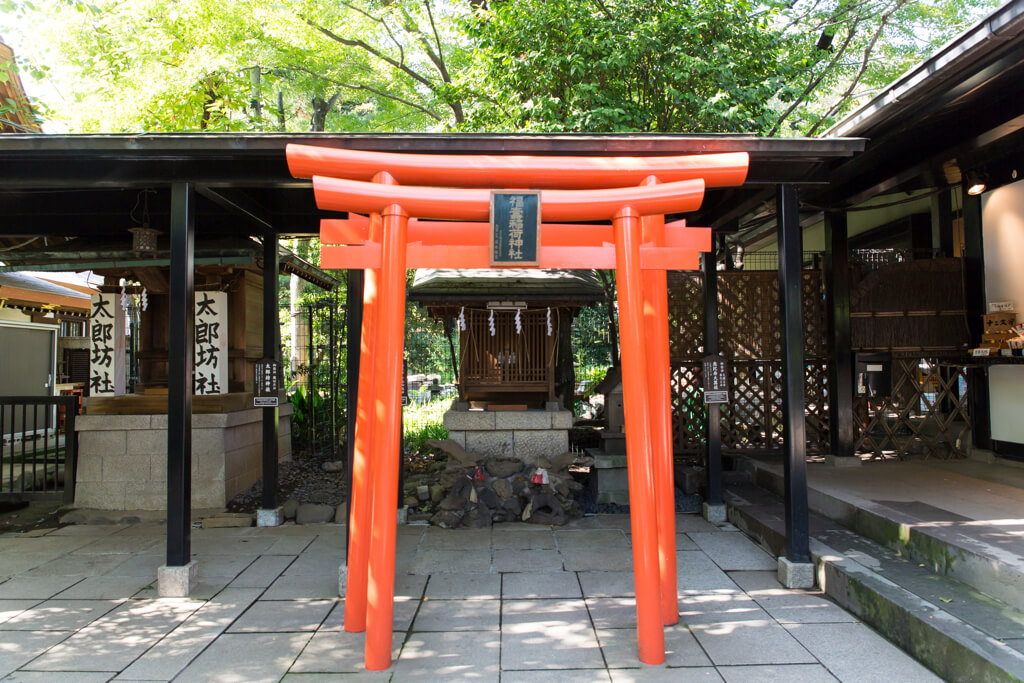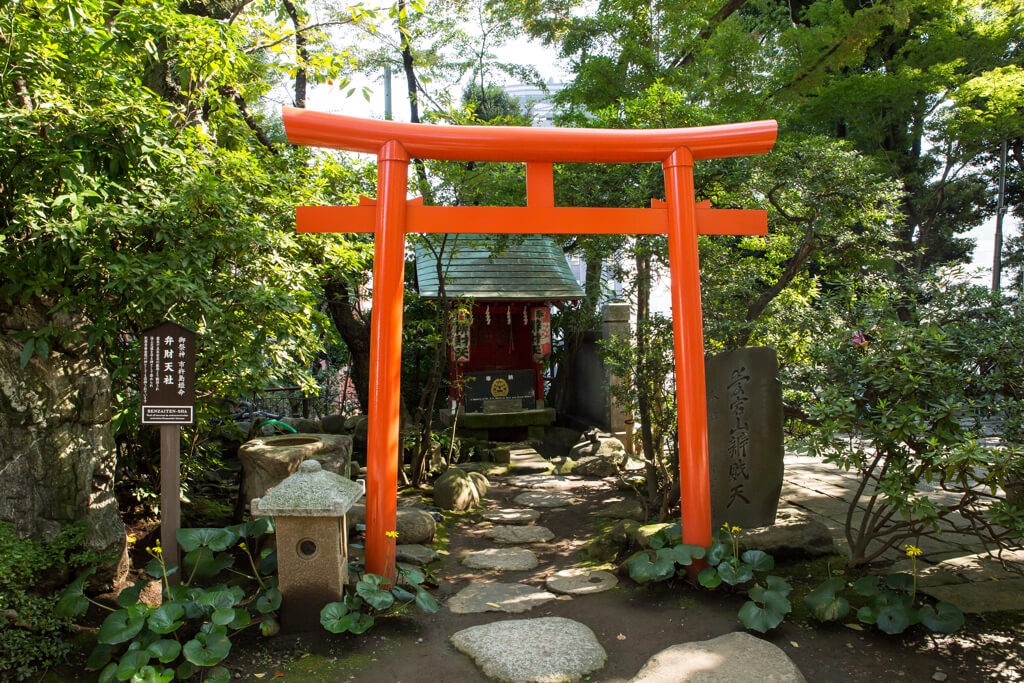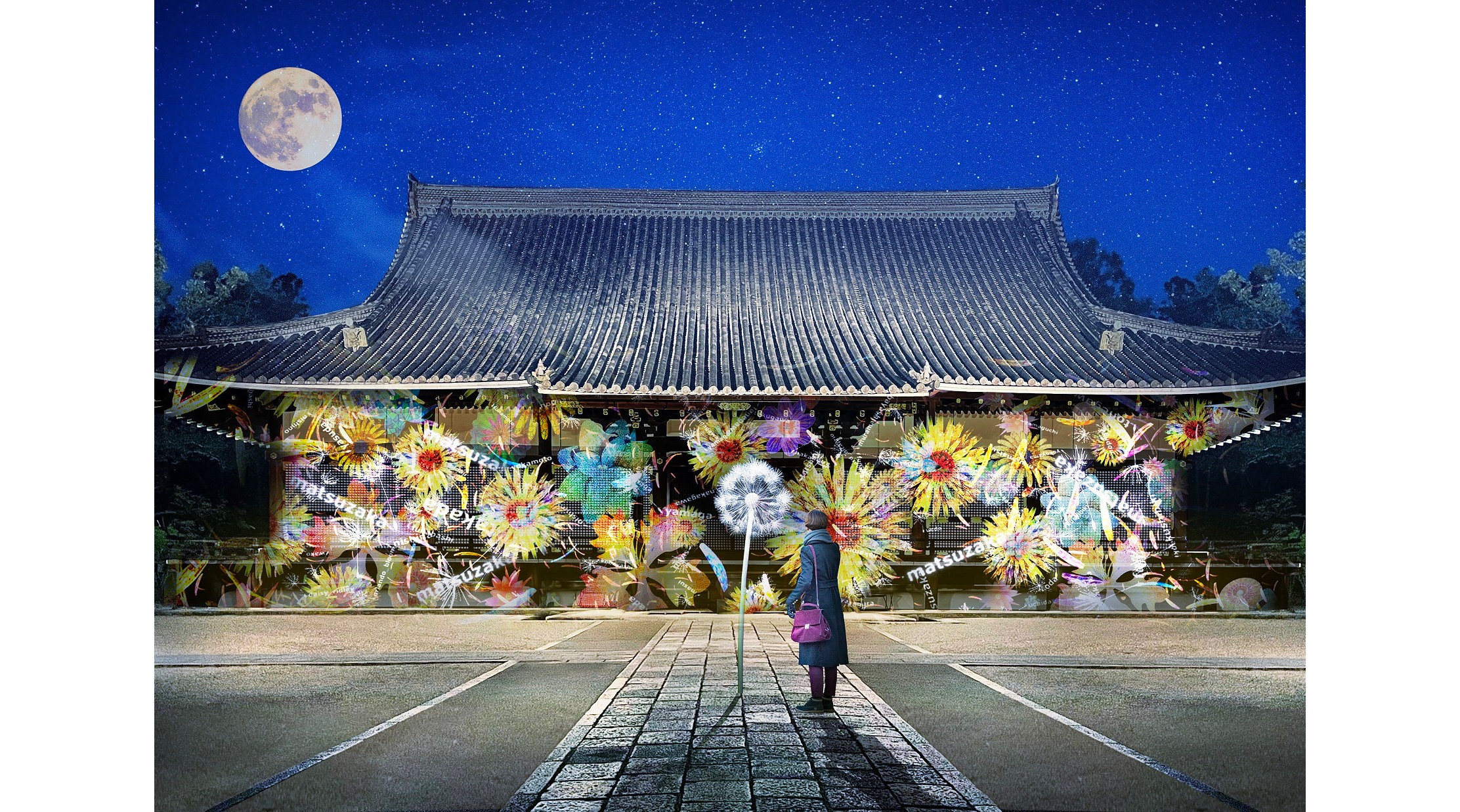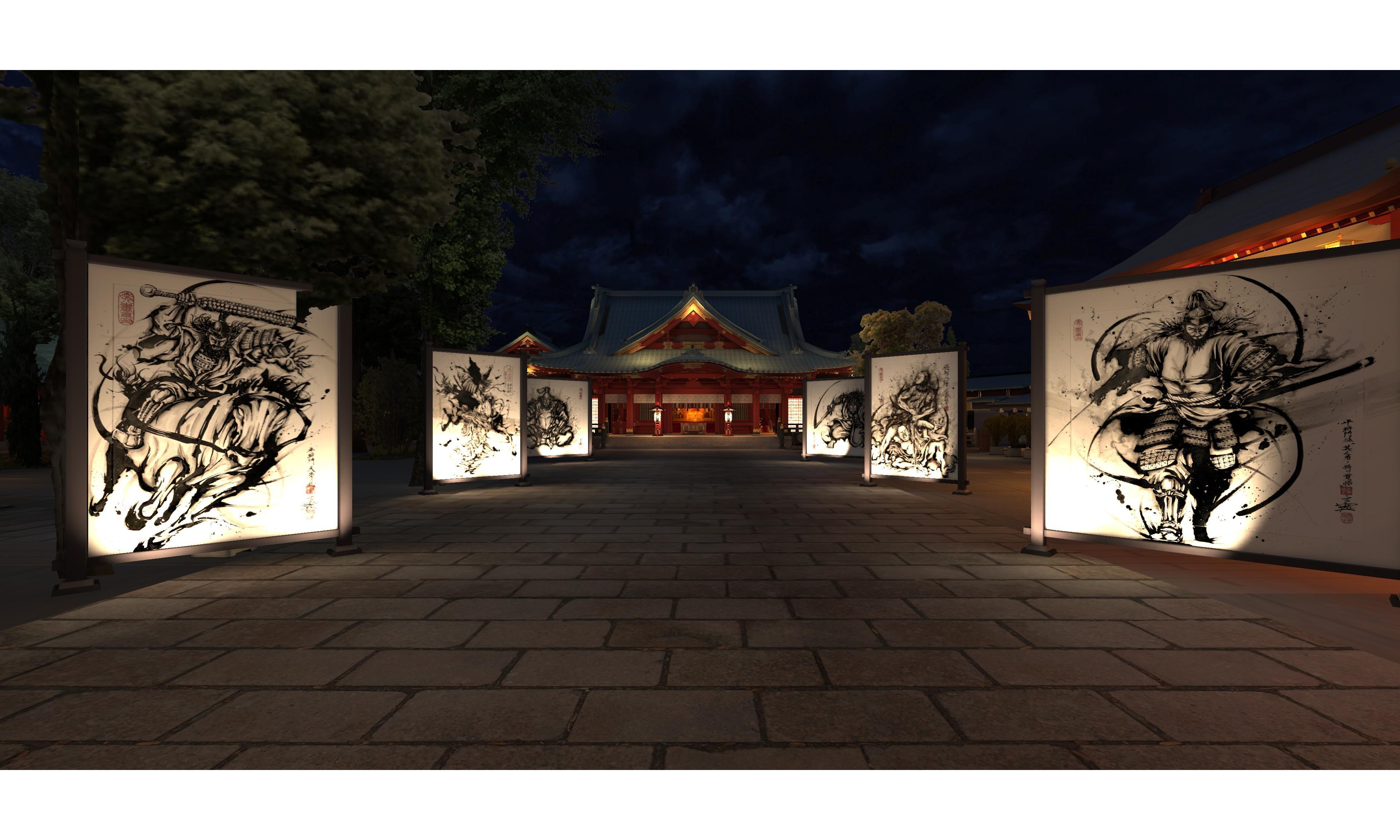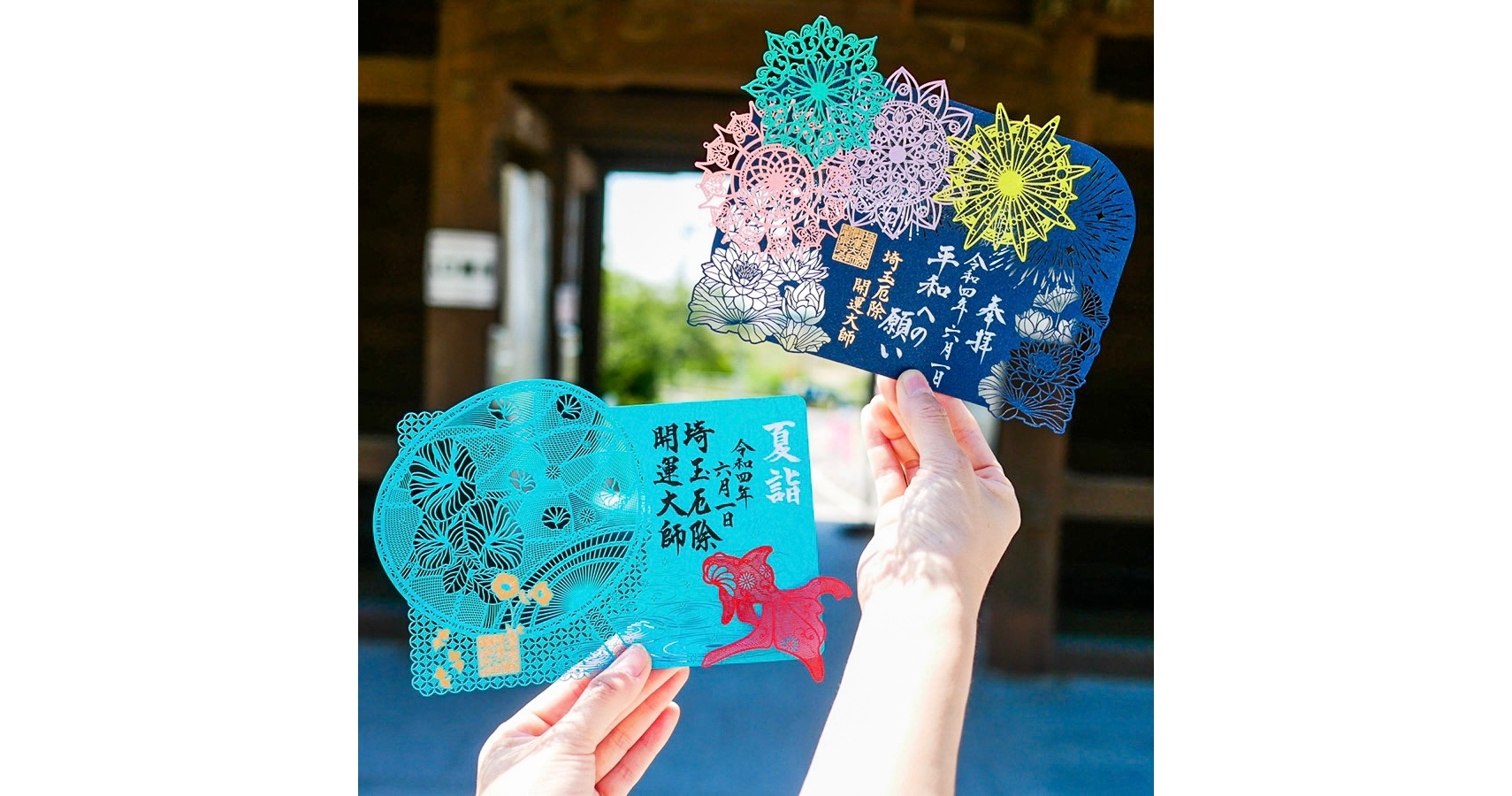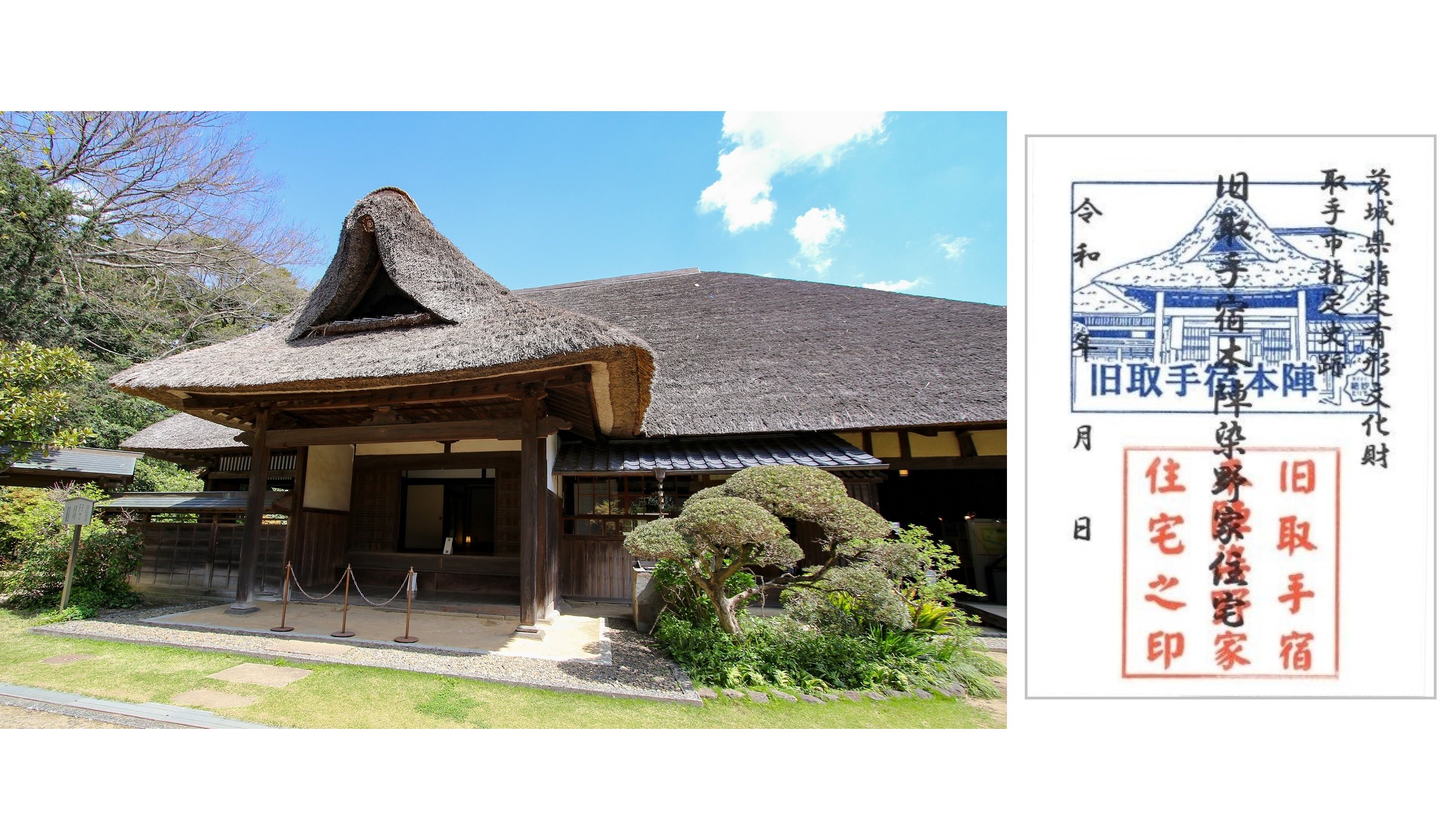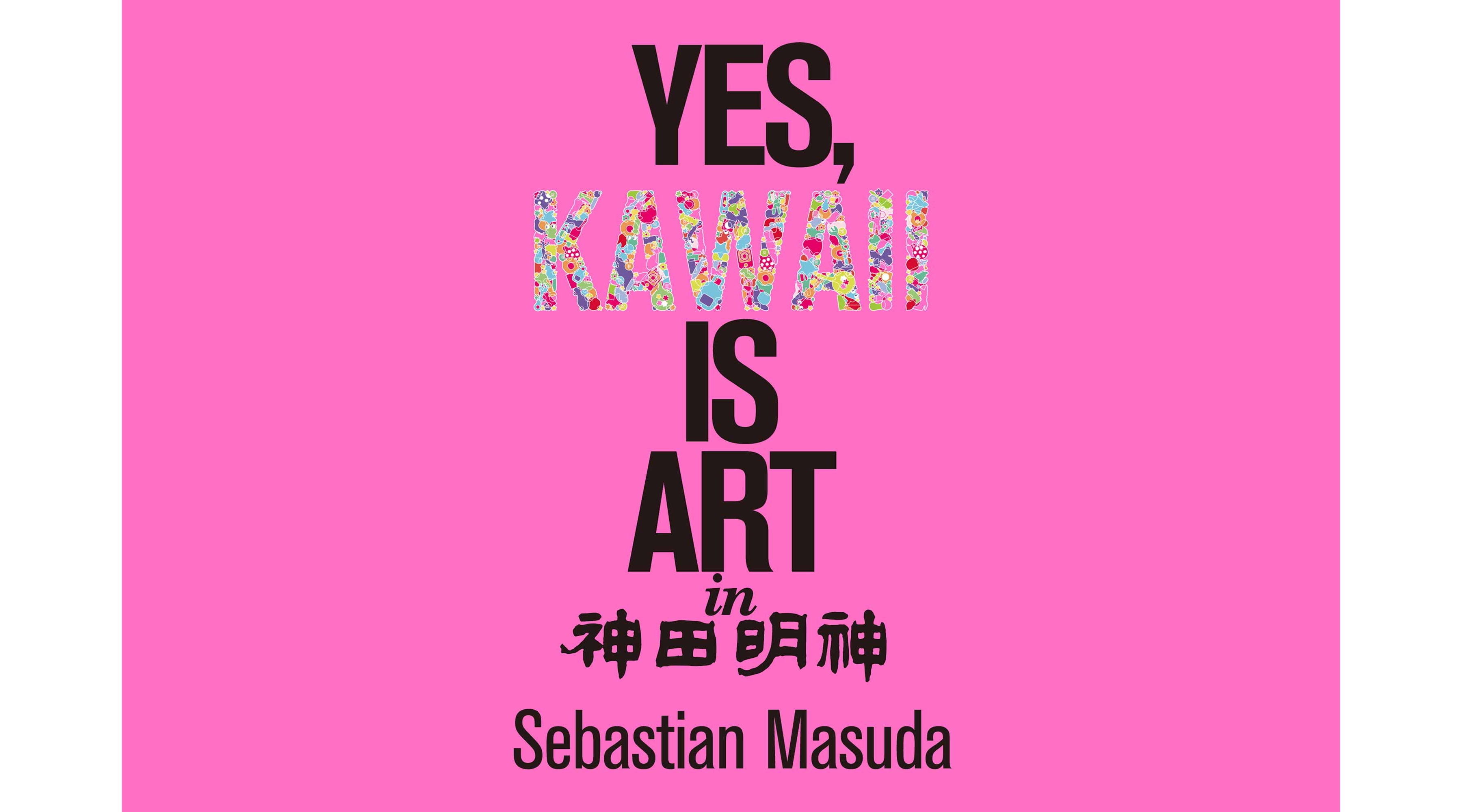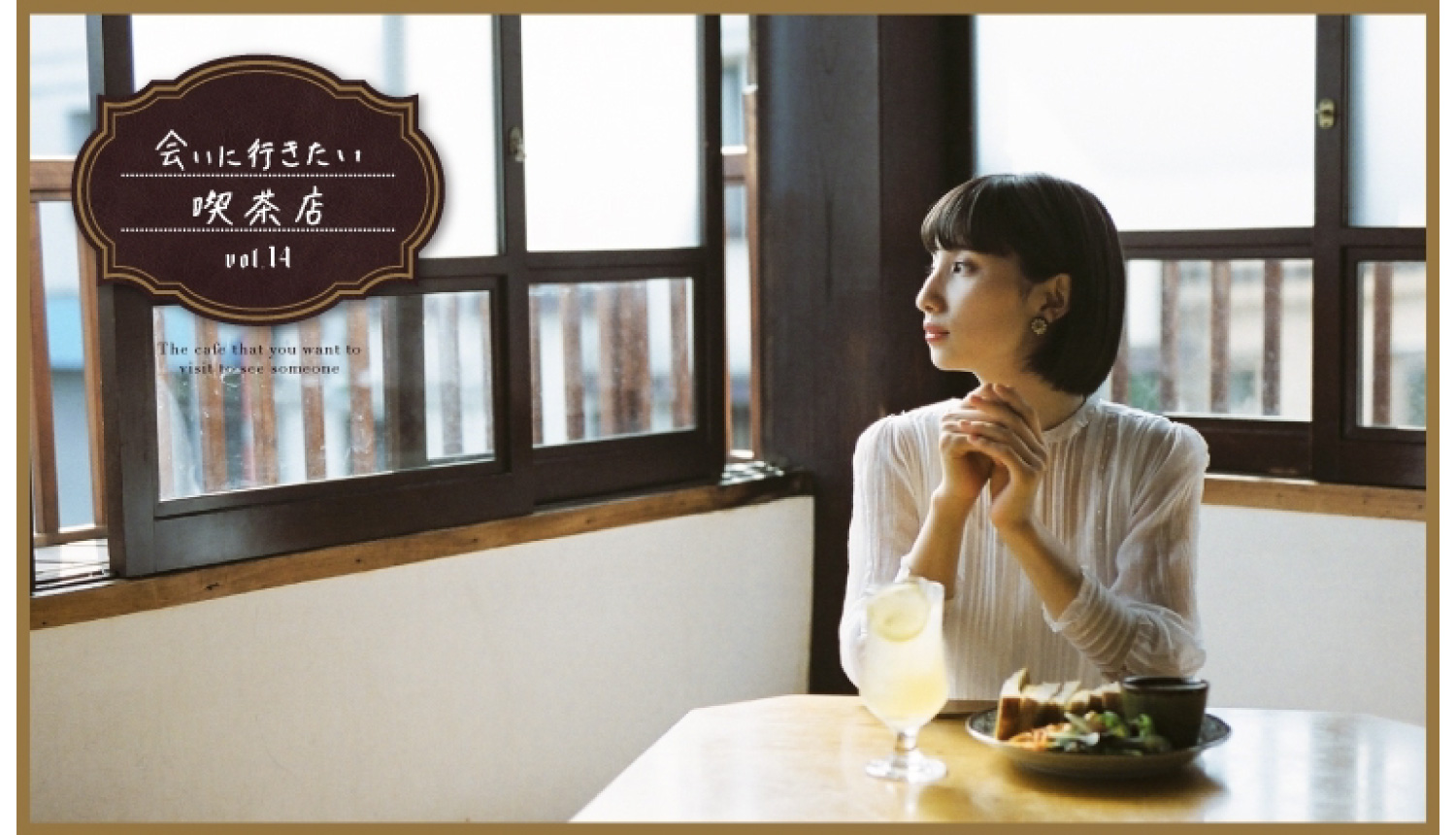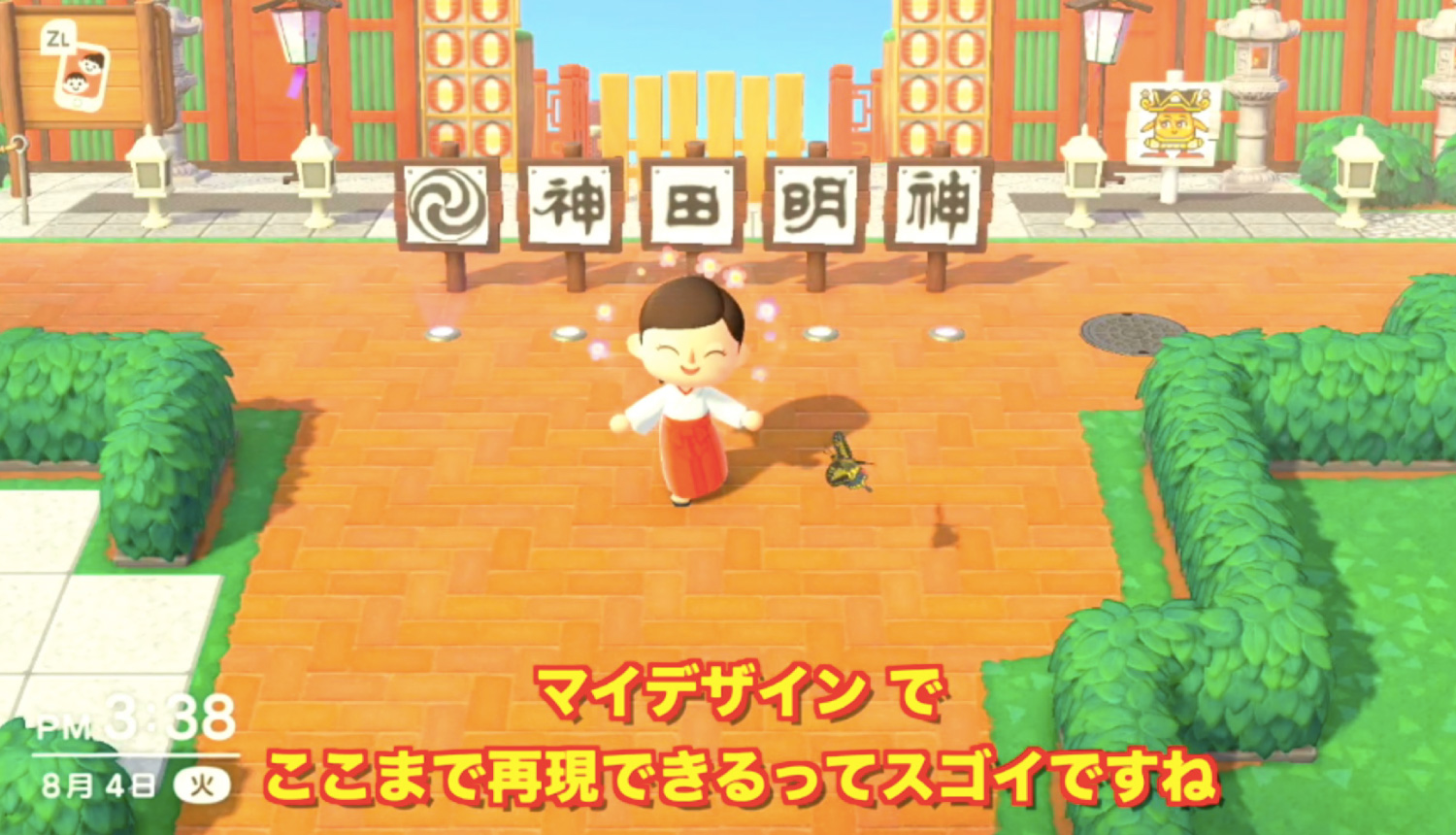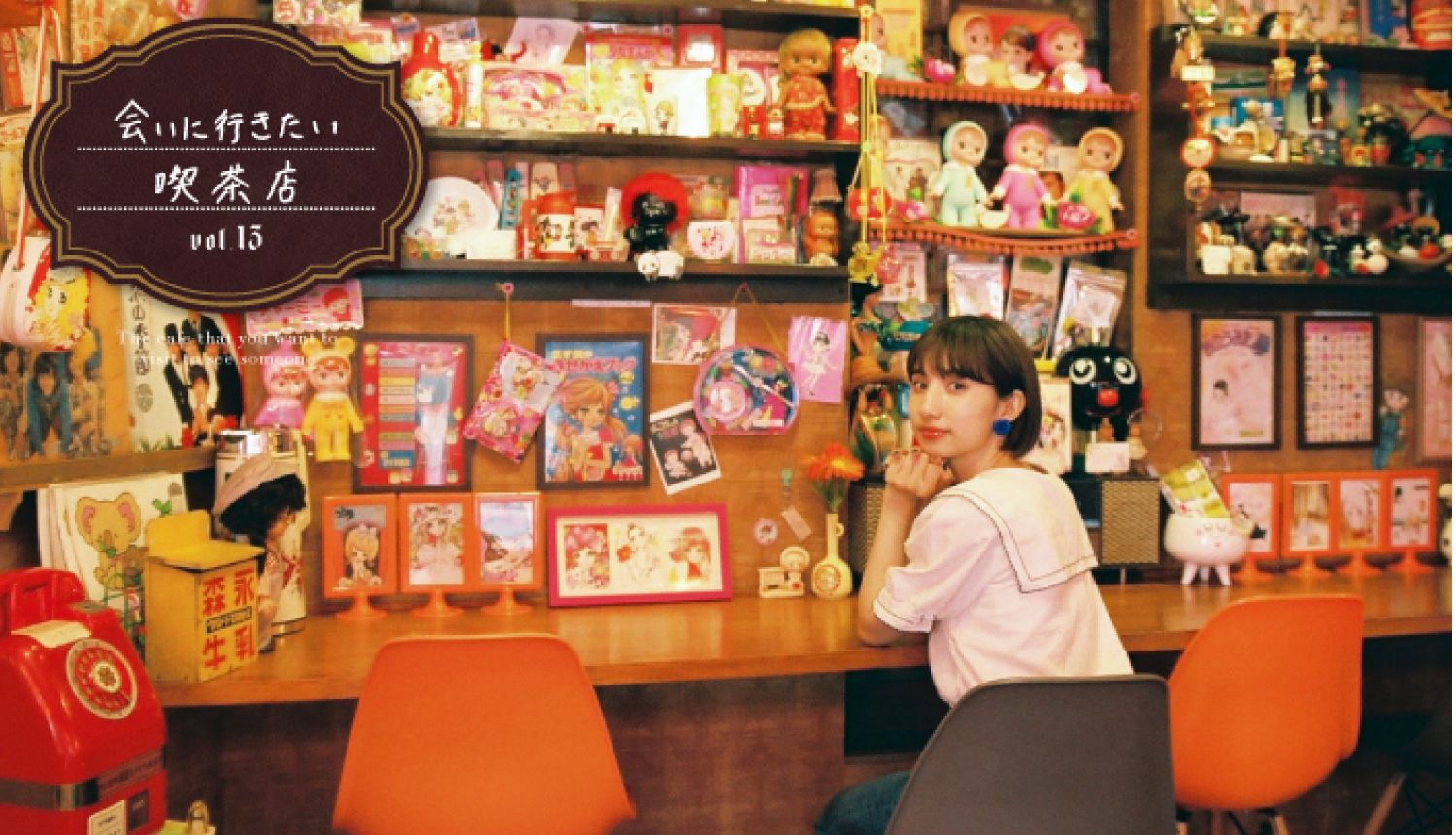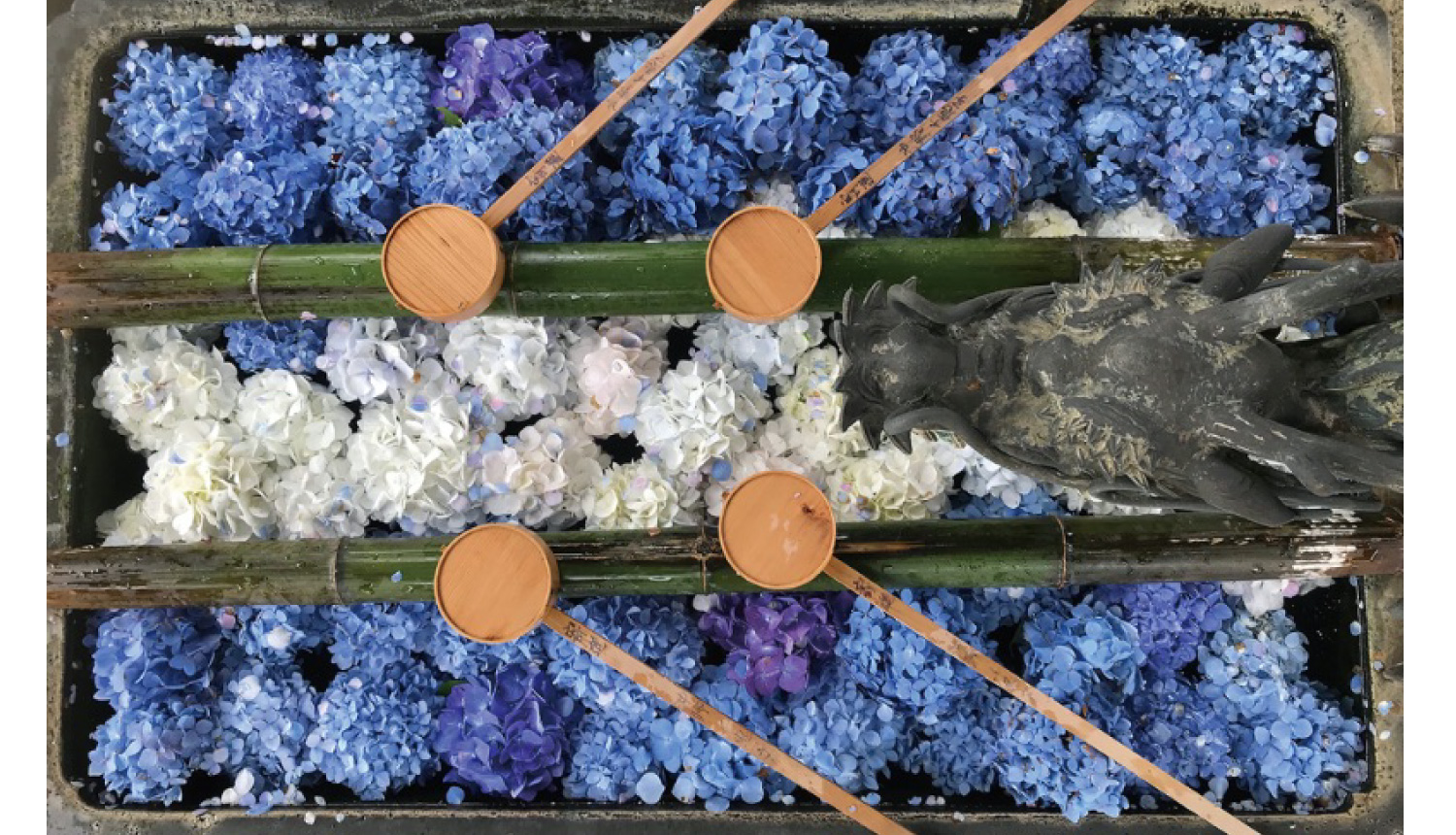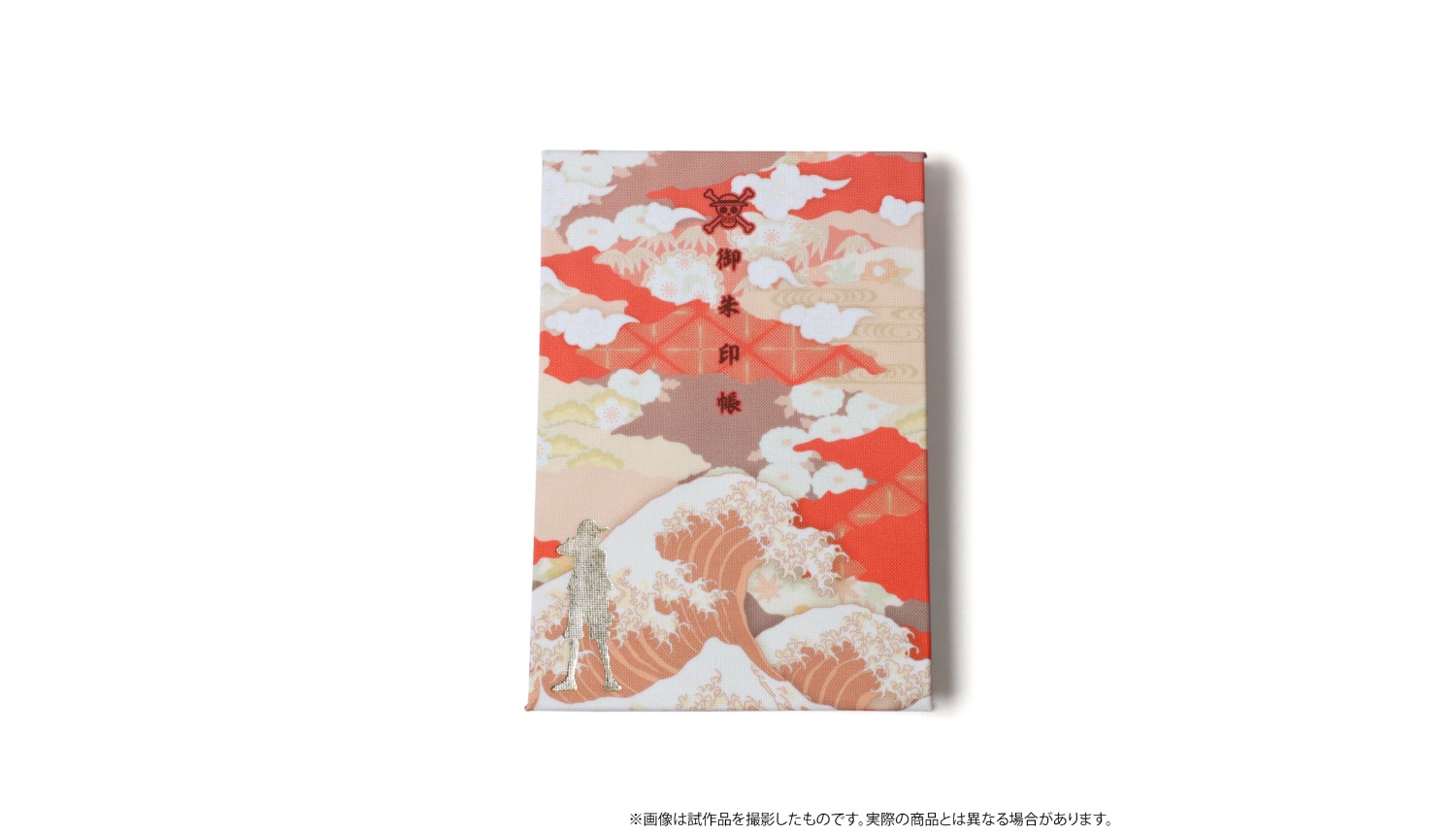Tokyo Stroll: Atago Shrine—worship the fire god at Ninuri Gate and receive a goshuin
Shrines in Japan are considered a ‘power spot’ which means they are overflowing with energy and healing properties. They’re also a place where you can receive a very special stamp known as a goshuin. Today, Ellie will take us on a stroll to Atago Shrine, a fantastic tourist destination that is easily accessible from Roppongi.
Atago Shrine is a great place for people to stop by during their work break due to its easy accessibility. You can reach the shrine in 5 minutes by foot from Kamiyacho Station via the Hibiya Line or 8 minutes by foot from either Toranomon Station via the Ginza Line or Onarimon Station via the Toei Mita Line. If you’re up for a real stroll then you can reach Atago Shrine in 20 minutes by walking from JR Shimbashi Station.
The first thing you will see upon arriving at Atago Shrine is the towering set of stone steps which go by the name Shusse no Ishidan. A samurai called Magaki Heikuro is known for having gallantly ascended the flight of steps on horseback during the Edo period. It’s quite a challenge to climb the stairs quickly, but it’s a good idea to try as the stairs are symbolic of climbing the ladder to success in life, so be sure to give it a go! But do not fear as there is an elevator for anybody unable to ascend the steps.
Atago Shrine is located atop Mount Atago, the highest mountain of Tokyo’s 23 wards at an altitude of 25.7m. It was formerly a place where many people would gather to look out over the mountain where one can see Tokyo Bay and even the Bōsō Peninsula.
The red gate at Atago Shrine (pictured above) is known as Ninuri no Mon, or “red painted gate.” Arranged on various sections of the gate is the aoi-mon crest, a familiar symbol with Mito Kōmon. The Atago Shrine was built on the order of Tokugawa Ieyasu in 1603 to enshrine a deity of fire protection.
Before praying at the shrine, you must first purify yourself by washing your hands and mouth at the water basin. Initial cleansing of yourself is the proper etiquette to praying at a shrine.
In front of the shrine is a maneki-ishi (beckoning stone). It is said that if you stroke the stone you will be blessed with good fortune. So many people have touched the stone that the surface has become smooth!
The fire god Homusubi no Mikoto is the main deity enshrined at Atago Shrine who not only offers protection against fire and fire-related disasters, but brings good fortune to businesses and marriages too.
Another hidden wonder of Atago Shrine are the many cute animals that roam around. Photographed above is Tina-chan, a dog based at the shrine offers who watches over visitors to the shrine. They also offer omamori, or ‘charms’ for your pet, so if you’re an animal lover then make sure to drop by the shrine office.
There are many other animal guests besides Tina. There are 3 cats that used to be lost who now roam around various places at the shrine grounds during the day. Those who encounter them might be a lucky few. If you can’t find them then you should wait for feeding time at 9am and 5pm – you’ll meet them much easier this way.
There’s also a huge healing pond home to lots of koi carp looked after by the shrine staff that are sure to raise your spirits!
Here we are at last, the main event—receiving a goshuin (shrine/temple stamp) in our goshuincho (stamp book). It costs a ¥300 donation to receive one here (this is the common price).
You can receive special inscriptions in your goshuincho at Atago Shrine during certain events such as the Nanakusa Hotaki Matsuri in January and Sennichi Mairi Hoozuki Ennichi at the end of June.
This is an Inari shrine where Uganomitamanokami is enshrined. People worship this guardian deity for the protection of the necessities of daily life and agriculture.
There’s also a Benzaiten shrine to worship Ikichishihime-no-Mikoto, a god that brings luck of economic fortune, so can be prayed to for either a thriving business or a successful career.
Atop the apex of the highest mountain in Tokyo’s 23 wards you will find healing nature in lavish abundance, so much so that you will completely forget you are even in the city! The NHK Museum of Broadcasting is also close by, another recommended tourist spot to consider after visiting Atago Shrine. The shrine is associated with good fortune when it comes to success in life and business, so if you’re an adult and working full time, why not stop by for a visit?
■Information
Atago Shrine
Address: 1-5-3 Atago, Minato, Tokyo
TEL: 03-3431-0327
Access: 5 minutes by foot from Kamiyacho Station via the Hibiya Line / 8 minutes by foot from either Toranomon Station via the Ginza Line or Onarimon Station via the Toei Mita Line / 20 minutes by foot from JR Shimbashi Station
Homepage: http://www.atago-jinja.com
Outfit
Frill Blouse – ¥13,824 / Sailor Melton Coat – ¥32,184 / NIGHT SCHOOL Pleated Skirt – ¥18,144 / LILLY Beret – ¥6,264
*all prices include tax (Aymmy in the batty girls)
Model: Ellie
Writer: Ryoichi Komaba
Photograph: Haruka Yamamoto
Translator: Joshua Kitosi-Isanga
RELATED ENTRIES
-
NAKED GARDEN ONE KYOTO to be Held at Ninna-ji, a World Heritage Site
From December 10 until December 18, 2022, creative company NAKED will hold NAKED GARDEN ONE KYOTO at Ninna-ji! The event is part of a larger next-generation art project being held around Kyoto until Christmas Day.
This exhibition marks the first metaverse-centered event at Ninna-ji, and guests will be able to enjoy a virtual fashion show in collaboration with Jotaro Saito, a kimono designer from Kyoto. Participants will begin by creating their own avatar by snapping a photo of their face. After that, they will be able to choose a kimono by Saito to use as clothing for their avatar before taking to the runway with other visitors from all around Japan.
NAKED’s goal is to bring traditional Japanese kimono culture into the digital space, and the company believes that this is only the beginning. In the future, NAKED hopes to bring other artists into the metaverse as well.
NAKED Distanced Lanterns
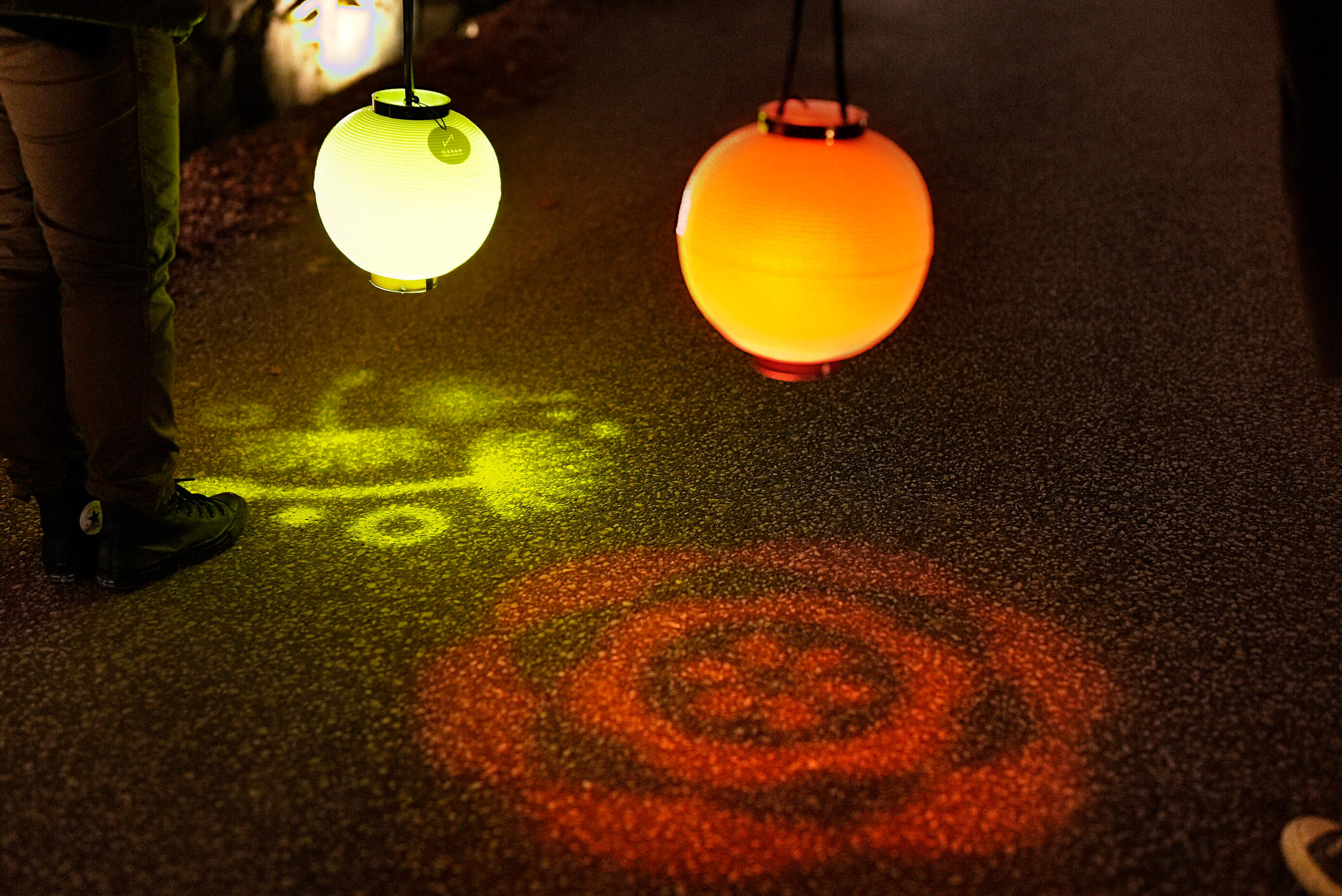
NAKED Tsukubai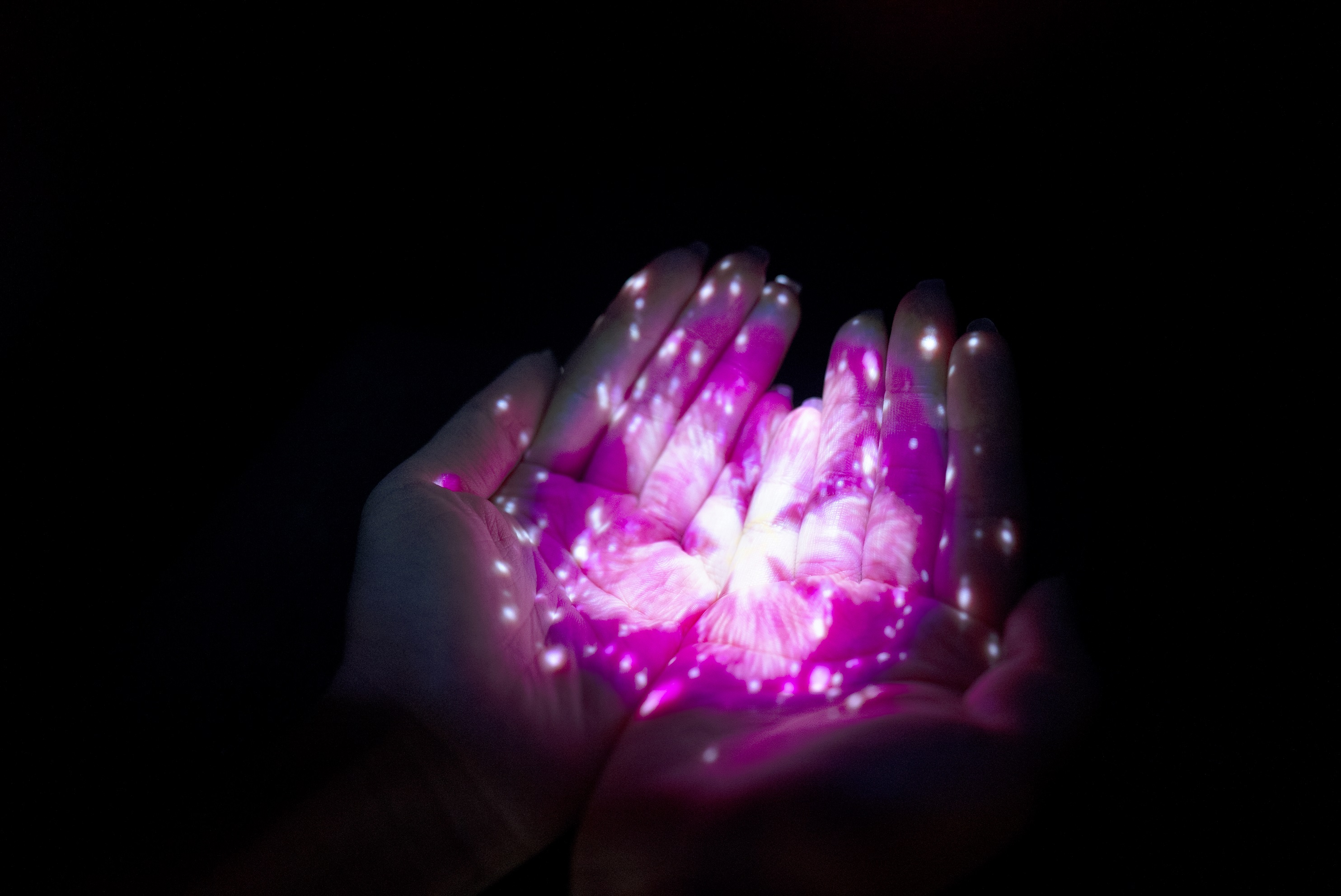
Five-Storied Pagoda Projection Mapping
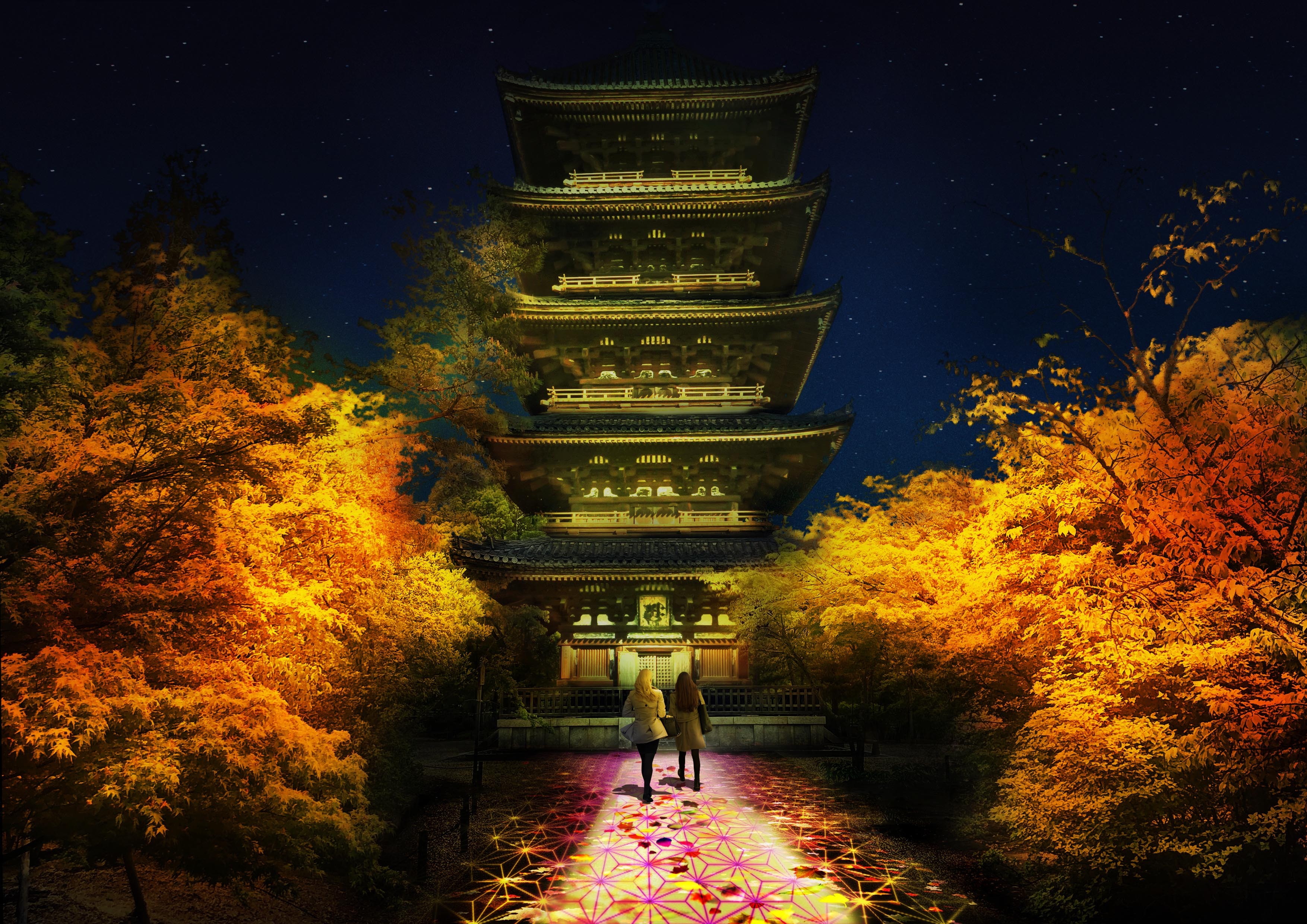
DANDELION PROJECT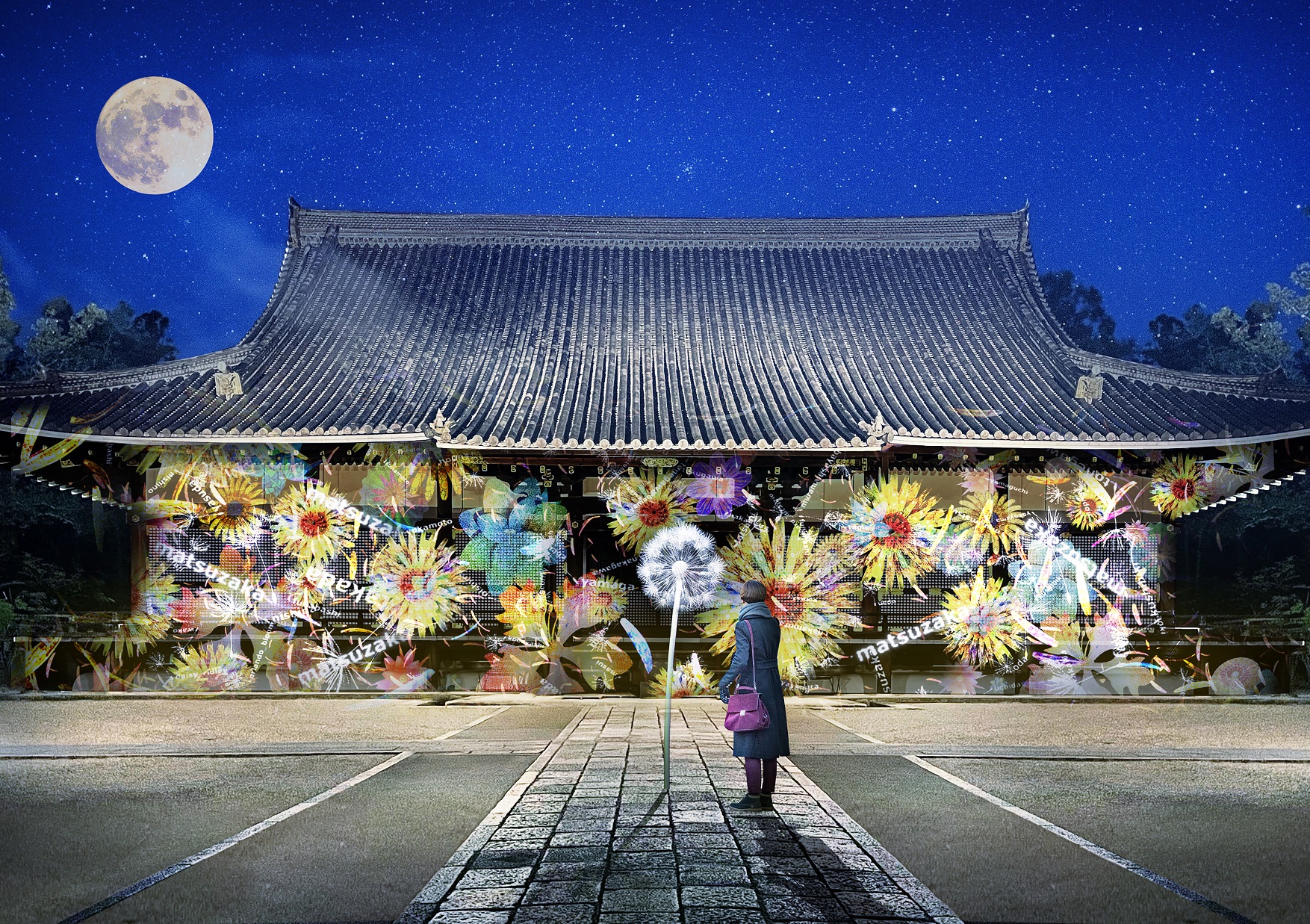
Virtual Fashion Show
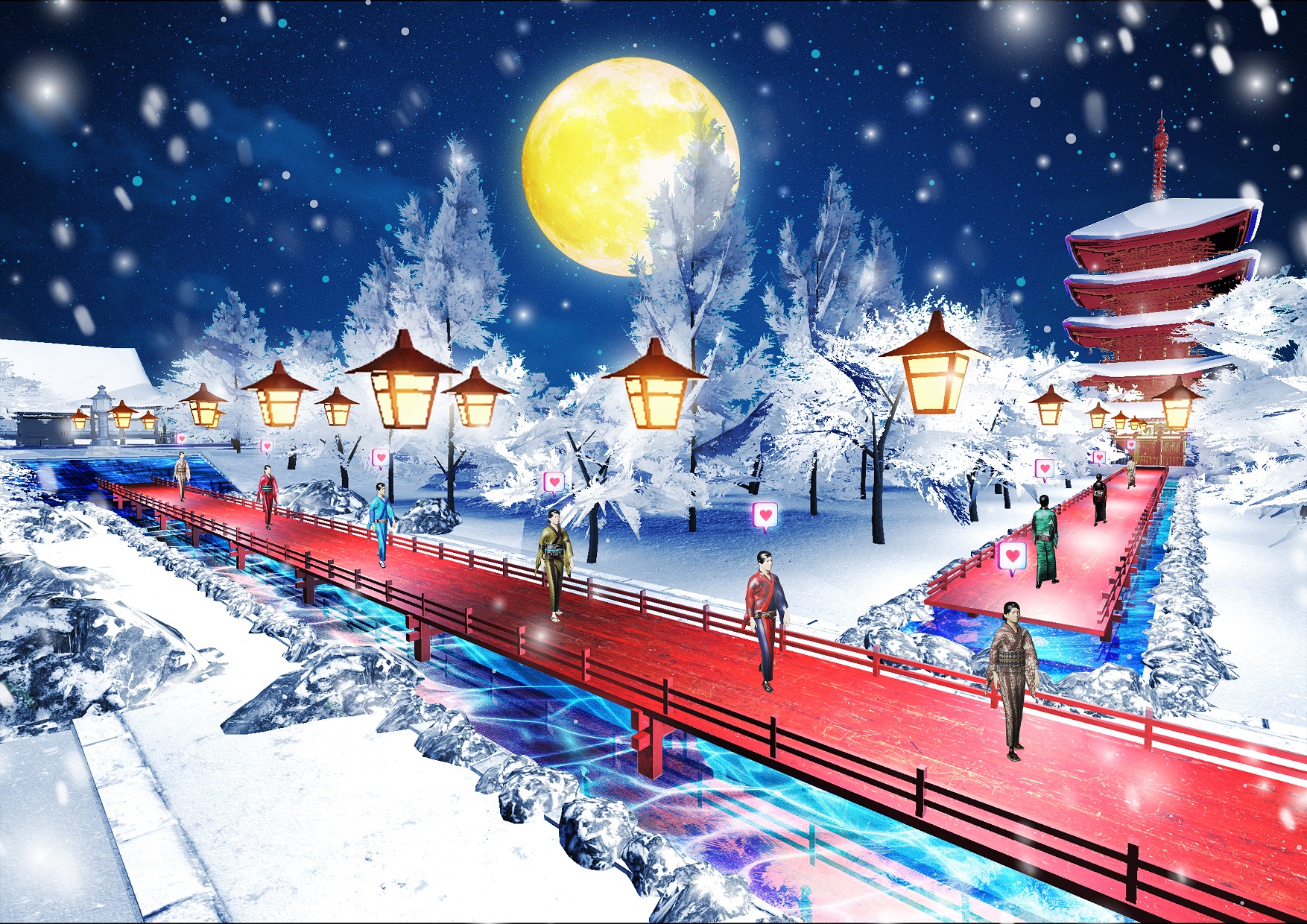
Limited Edition Paper Goshuin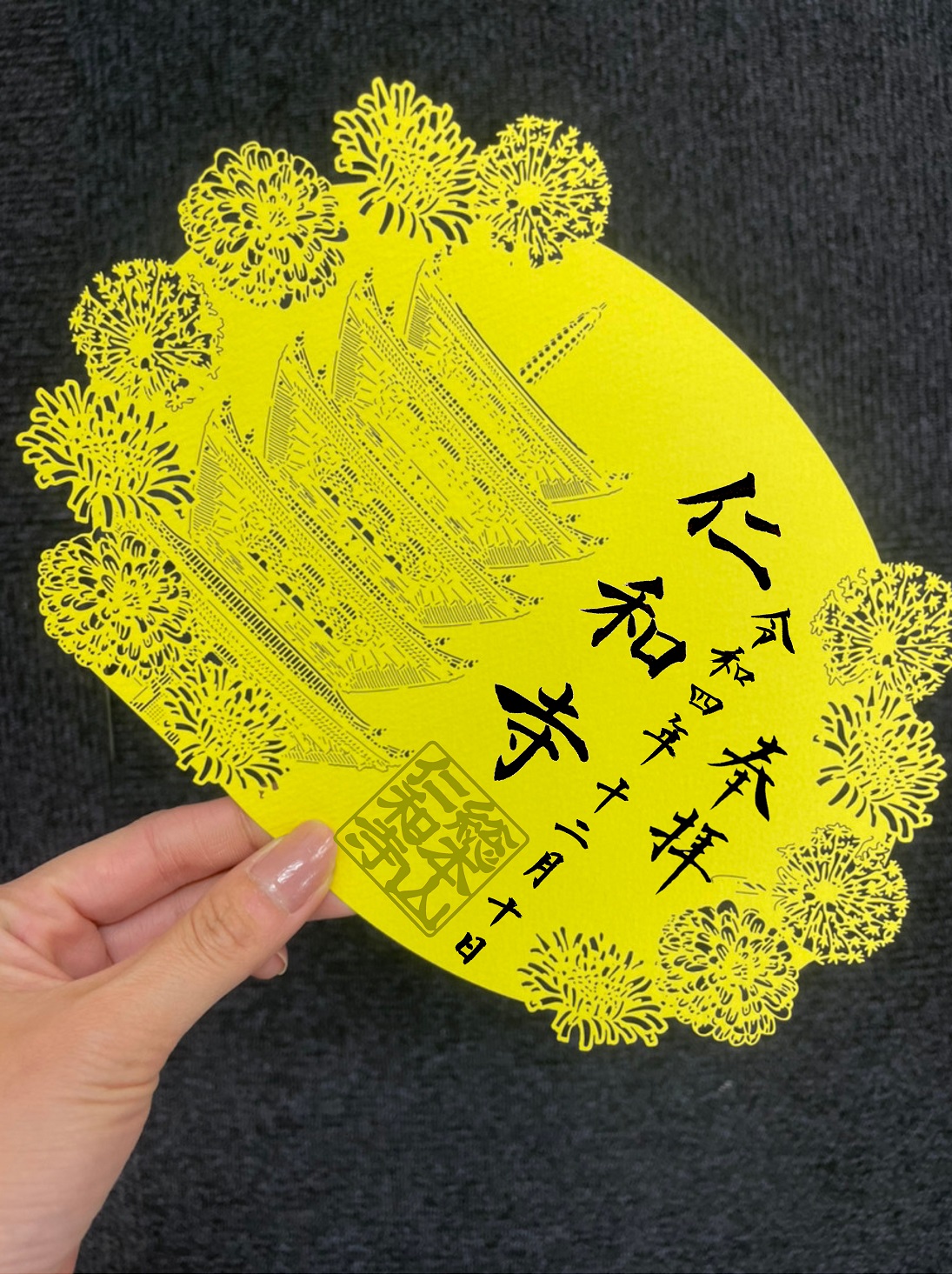
This year’s event also includes the DANDELION PROJECT, popular with art fans around the world. Created by Ryotaro Muramatsu, the art project has appeared in a number of towns and cities around the world, inviting participants to create flowers and send them around the globe digitally as a hope for peace. Visitors can use their smartphones to send dandelion fluff digitally to other participants around the world, sharing a wish for world peace.
This year, the participatory art piece was installed in the main temple. Why not visit this stunning exhibition in Kyoto this winter?
Information
NAKED GARDEN ONE KYOTO Ninna-ji
Venue: Ninna-ji (Five-storied Pagoda, Main Temple)
Running: December 10 – December 18, 2022
*No admission on December 17 due to a private event.
Hours: 17:30-21:30 *Last entry at 21:00
Official Site: https://garden.naked.works/kyoto/ -
Experience Japanese Culture from Anywhere with Kanda Myojin Shrine’s Virtual Space
09.June.2022 | SPOT
Kanda Myojin Shrine dates back over 1,270 years, making it one of the most well-known religious sites in Tokyo. Dai Nippon Printing is now making it possible for interested visitors to experience the site from anywhere in the world, unveiling the Kanda Myojin CG Space this week. Developed with approval from the shrine, the virtual space faithfully reproduces the structure and design of the location using 3D laser measurement technology and CG techniques developed by DNP over many years. The space will be open online to all audiences.
A portion of the work from the Masayuki Kojo 10th Anniversary Exhibition currently behind held on-site at Kanda Myojin from June 4 until July 10 will also be available to view in the CG space. The space will also be linked to ‘Virtual Akihabara,’ developed by DNP in conjunction with the AKIBA Tourism Council. Using XR (Extended Reality), the company hopes to develop a wide variety of new communication styles.
The Kanda Myojin CG Space was created by using DNP’s laser measurement technology to recreate three-dimensional objects. By using high-definition photography and photogrammetry technology, images of objects are taken from many angles, creating a realistic 3DCG space to explore. The structure of the shrine, which was rebuilt in 1934 after being damaged in the Great Kanto Earthquake, has been faithfully reproduced in every way.

In conjunction with events held at the Kanda Myojin Museum, the Kanda Myojin CG Space will make the history of Kanda Myojin and its collection of materials, including rare ukiyo-e prints, available online for anyone to access. Through these exhibits, people both in Japan and abroad can experience Edo culture through their web browsers!
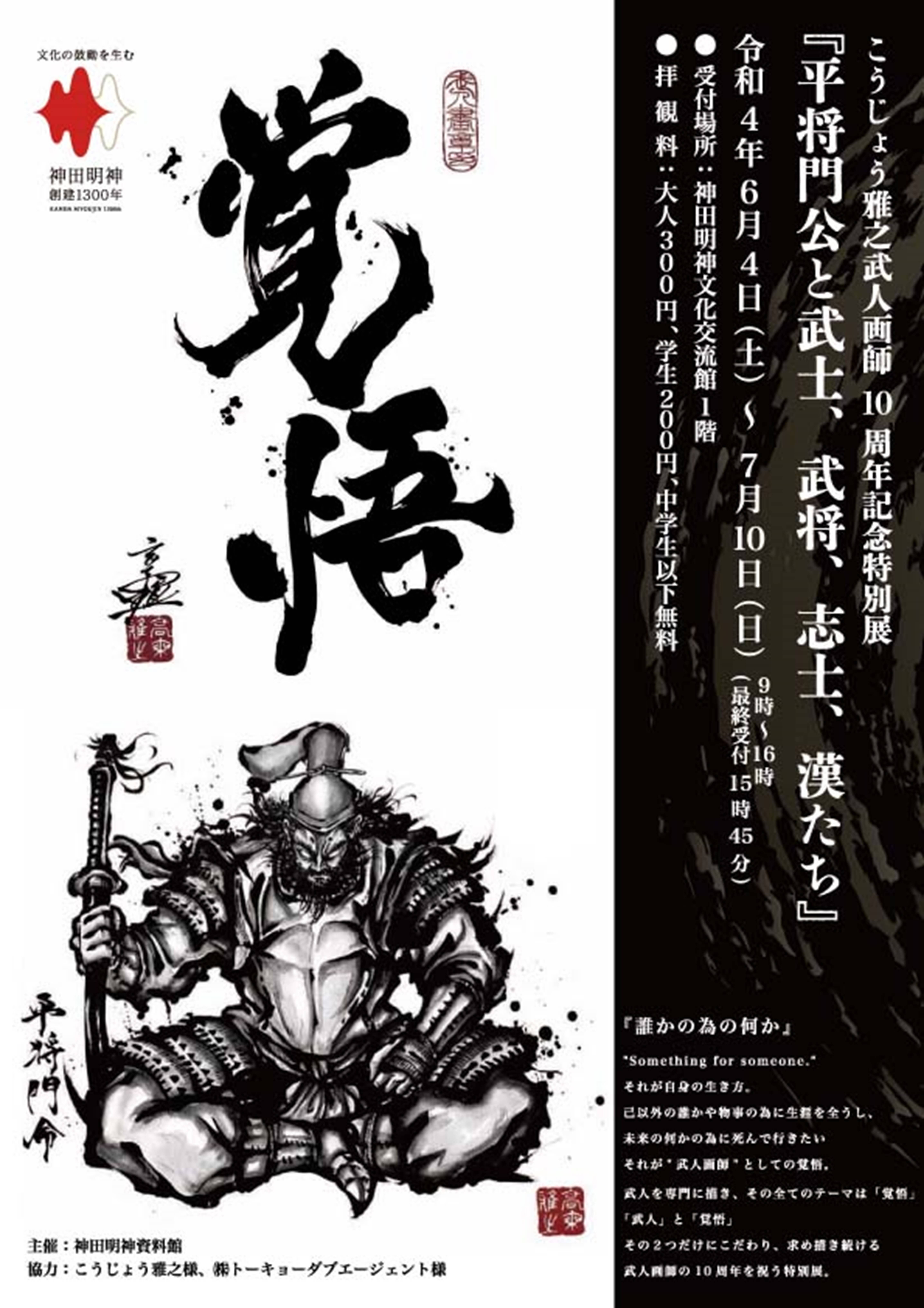
Information
Kanda Myojin CG Space
https://virtual-akihabara-web.com/kandamyoujin-kojomasayuki10th/
Masayuki Kojo 10th Anniversary Exhibition
Running: June 4 – July 10, 2022
Hours: 9:00-16:00 *Last entry at 15:45, open daily
Address: Kanda Myojin Cultural Exchange Center 1F (2-16-2 Sotokanda, Chiyoda-ku, Tokyo)
-
Ryusenji Temple Offering Gorgeous Paper-Cut Summer Goshuin Shrine Seals with a Wish for Peace
03.June.2022 | SPOT
Ryusenji Temple in Saitama is offering some exclusive summer goshuin! Goshuin are stamps or seals given to worshippers at shrines and temples around Japan, where somebody will stamp your goshuin-cho (stamp book) with the site’s unique seal along with the temple’s name and the day you visited handwritten in ink.
The two new goshuin feature summer fireworks and a cooling fan design. These will be available from June 1 until August. They might sell out, though, so be quick!
Summer Exclusive Paper-Cut Overlaid Goshuin: Fireworks and a Wish for Peace
The Fireworks and a Wish for Peace goshuin use five kinds of paper to depict fireworks in the summer night sky.
Fireworks are a popular summer tradition in Japan. It’s said that fireworks were born following the discovery of gunpowder and its use in guns when some decided to use the substance to make something beautiful rather than use it as a weapon.
Because of this, many see fireworks as a symbol of peace. The current war between Russia and Ukraine has seen gunpowder used as a horrific weapon used to end the lives of many innocent people, and this special goshuin was made in the hopes that the war will come to an end as soon as possible. Gunpowder should be used in fireworks to bring people happiness instead.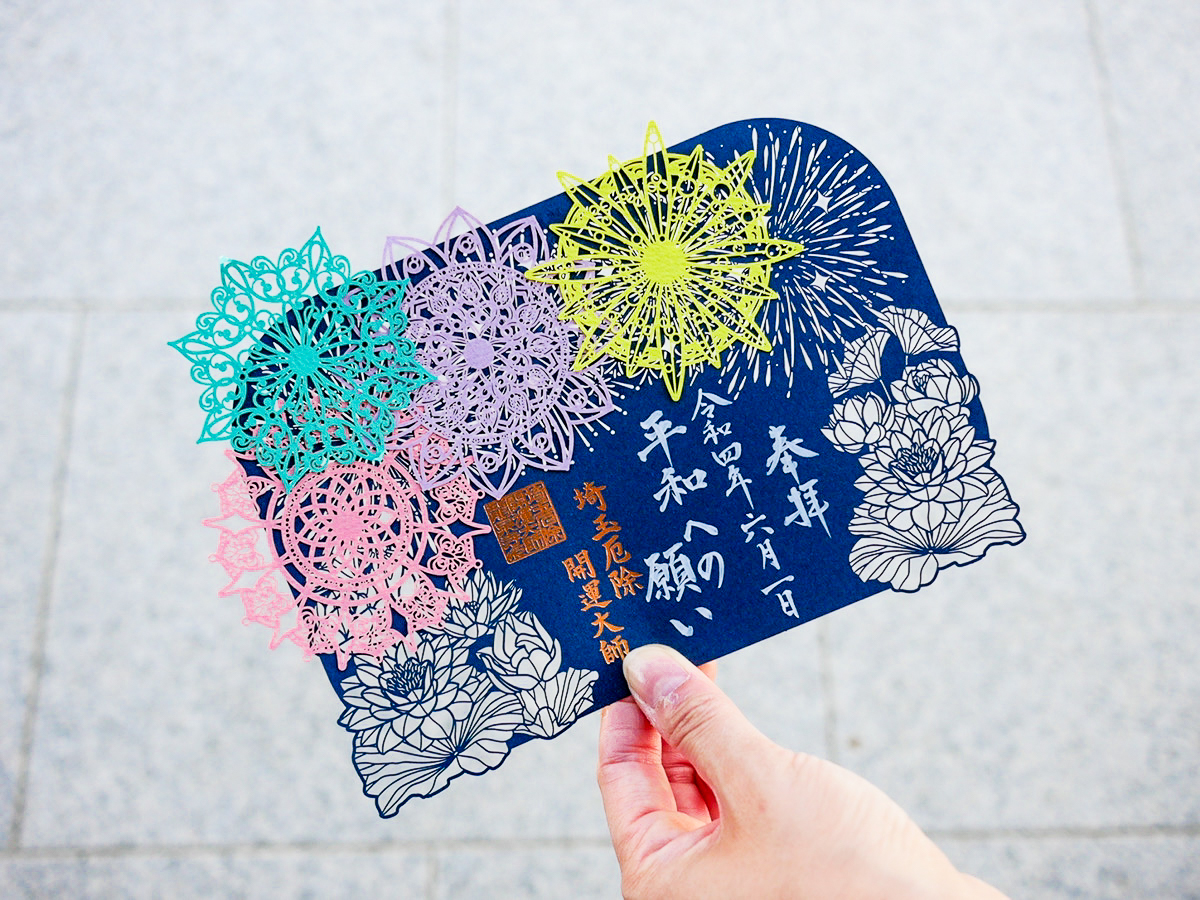
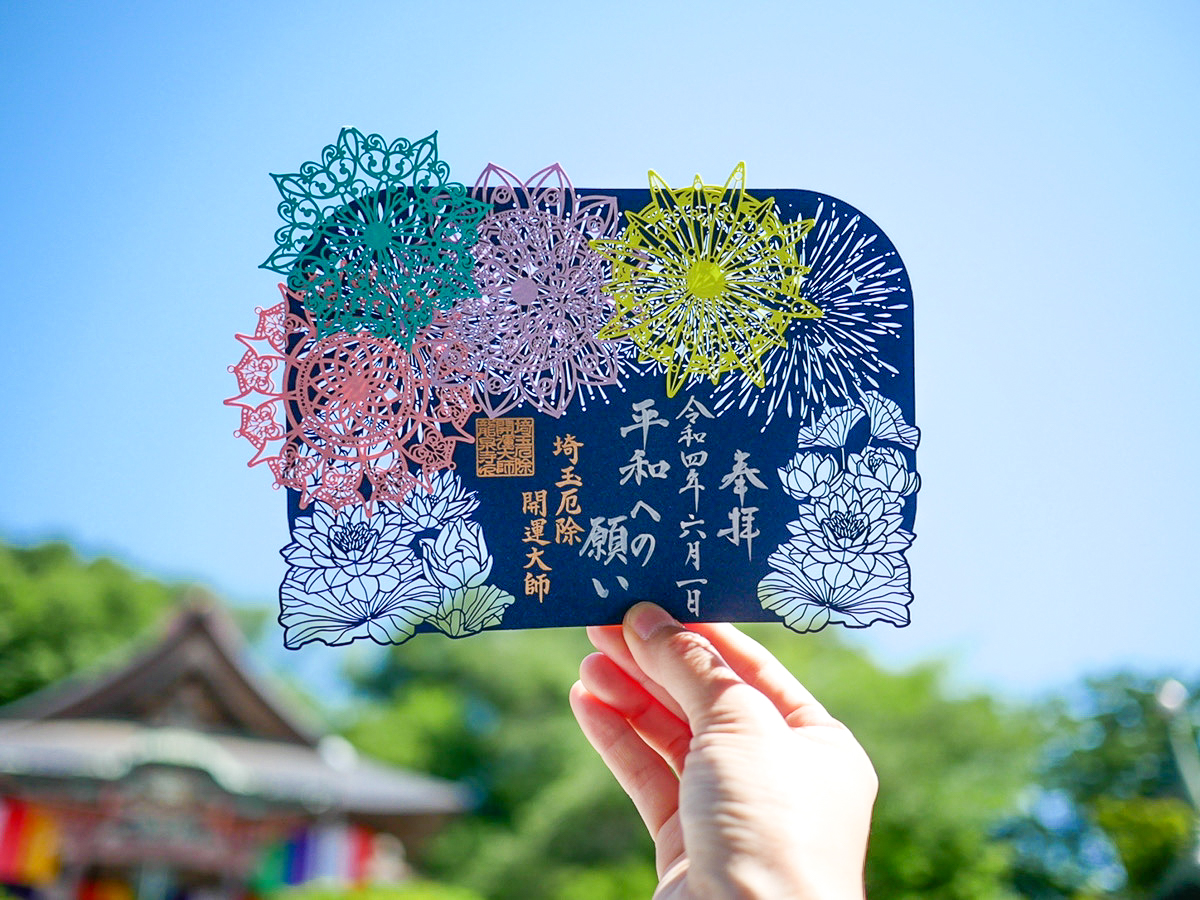
Summer Exclusive Paper-Cut Overlaid Goshuin: Refreshing Good Luck Charm
The Refreshing Good Luck Charm shows a traditional Japanese summer scene with a fan and goldfish swimming in clear blue water.
Fans are used by many Japanese to keep cool during the summer months, and some are even said to have the power to ward off illness and evil spirits. Goldfish are often seen during summer festivals, where visitors try to scoop them up using an easily-breakable net in a fun game with family and friends.
Goldfish became popular during the Edo period and were considered to be lucky creatures capable of bringing happiness into one’s home and bringing financial fortune.
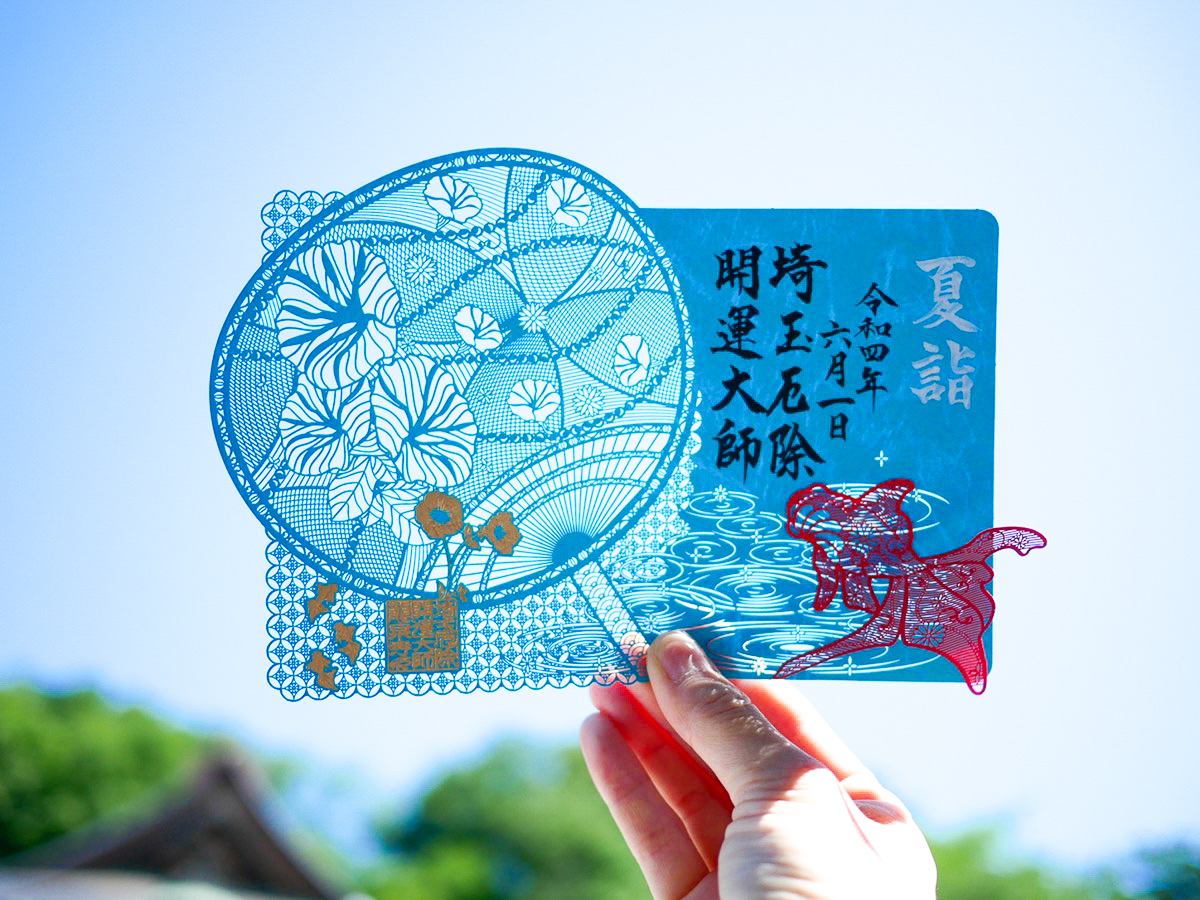
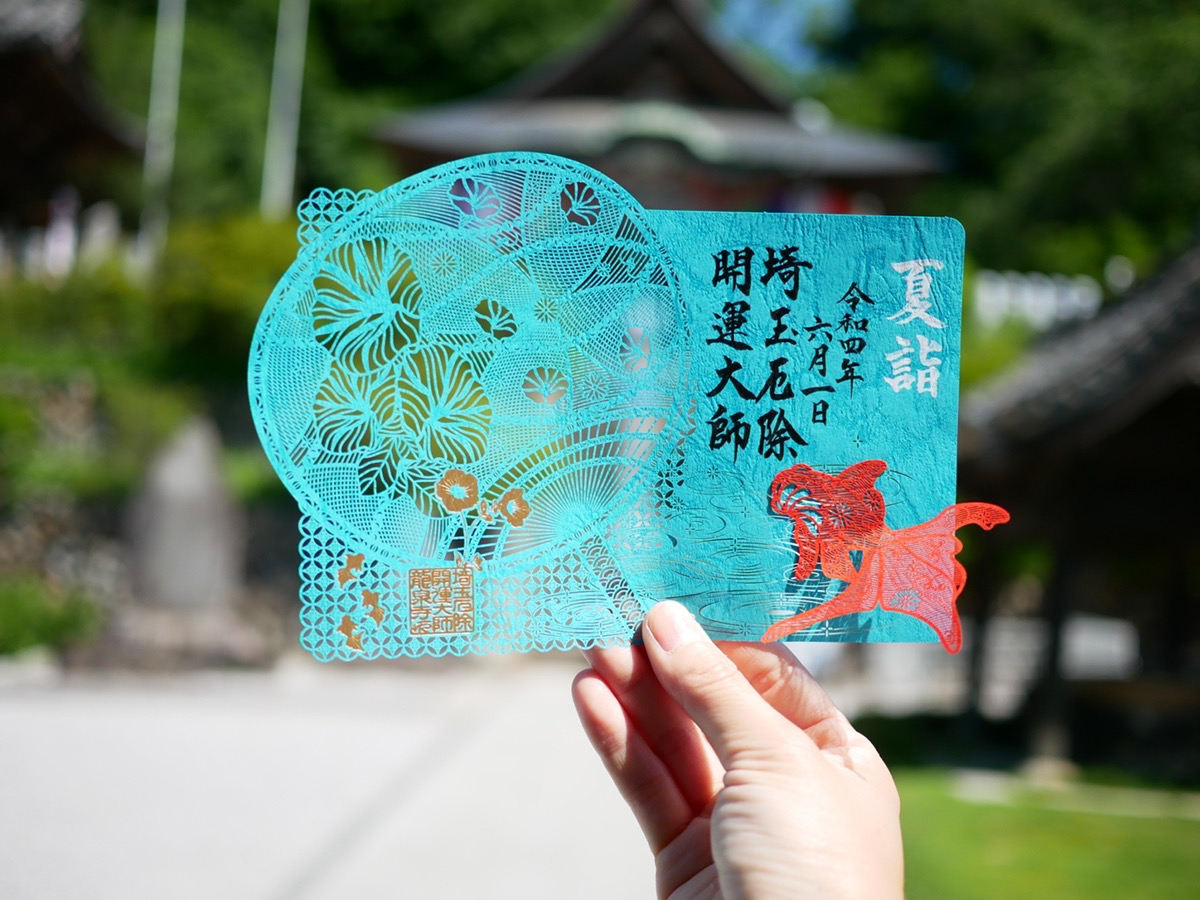
If you’re heading to Saitama, why not add these intricate goshuin to your book?
Information
Saitama Yakuyoke Kaiun Daishi
Address: 3712 Mikajiri, Kumagaya, Saitama
Official Site: https://yakuyoke-kaiun.jp/
-
Former Toride Inn Honjin Someno Family Residence in Toride City, Ibaraki Prefecture Offering Special Seal for Visitors
30.May.2022 | SPOT
Toride City in Ibaraki Prefecture began heavily developing during the Edo Period as a strategic town on the Mito Kaido road. The symbol of the town is the Former Toride Inn Honjin Someno Family Residence, designated as a prefectural cultural property and historic site. This stunning building will now be open to the public starting June 3, 2022!
In Japan, fans of temples and shrines often collect Goshuin. These are beautiful handwritten shrine seals collected in a special book, and they have recently become popular with younger generations. The first ‘honjin goshuin’ in Japanese history will be available at the Former Toride Inn!
A honjin was an inn for government officials, generally located in post stations during the later part of the Edo period. In Toride, the Someno Family Residence was designated as the main honjin for use by the Mito Tokugawa family in 1687. Since then, successors of the Mito Tokugawa family and many other feudal lords and samurai traveling between Edo and Mito used the location as a place to rest.
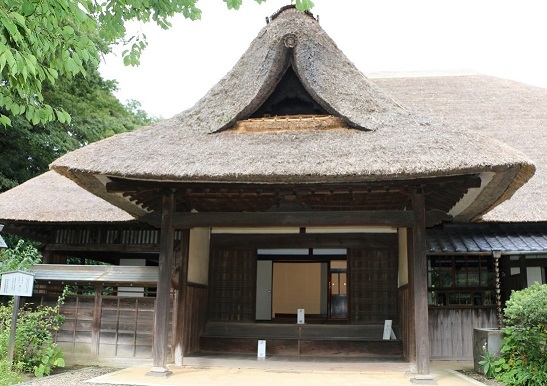
Of the three remaining honjin on the Mito Kaido road, the Former Toride Inn Honjin Someno Family Residence is the oldest and largest in scale. Today, it is also the only one with both the grounds and interior open to the public. With deep ties to the Mito Tokugawa family and Yoshinobu Tokugawa, the last shogun of the Edo Shogunate, it remains an incredible historical site.
Former Toride Inn Honjin Someno Family Residence Information (Released October 1, 2021)
https://www.youtube.com/watch?v=iKHGJsztC0Q
Visitors can obtain two honjin goshuin: one features an illustration of the main building, while the other features the seal of the Someno Family Residence.
Information
Former Toride Inn Honjin Someno Family Residence
Hours: Open to the public every Friday, Saturday, and Sunday (excluding New Year’s holidays) from 10:00-16:00 *Last admission at 15:30
Admission: Free
-
A Sneak Peek at Sebastian Masuda’s ‘Yes, Kawaii Is Art’ Exhibition at Kanda Myojin Shrine
The Godfather of Kawaii Sebastian Masuda will open his ‘Yes, Kawaii Is Art’ exhibition at the 1,300-year-old Kanda Myojin Shrine on December 4, 2021. A number of Masuda’s representative works will be on display at the historical site, known as one of the most important shrines during the Edo period.
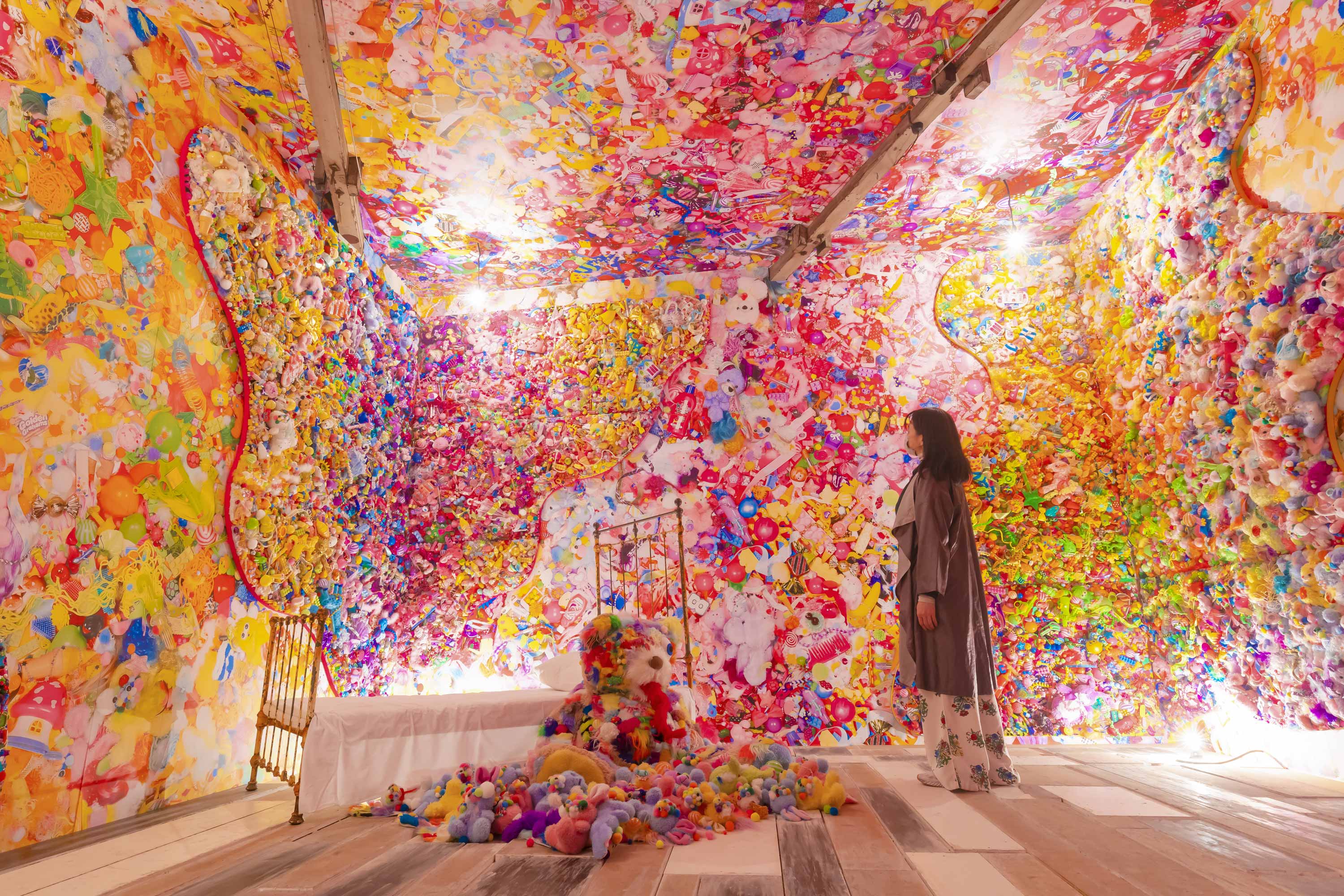
Colorful Rebellion -Seventh Nightmare-
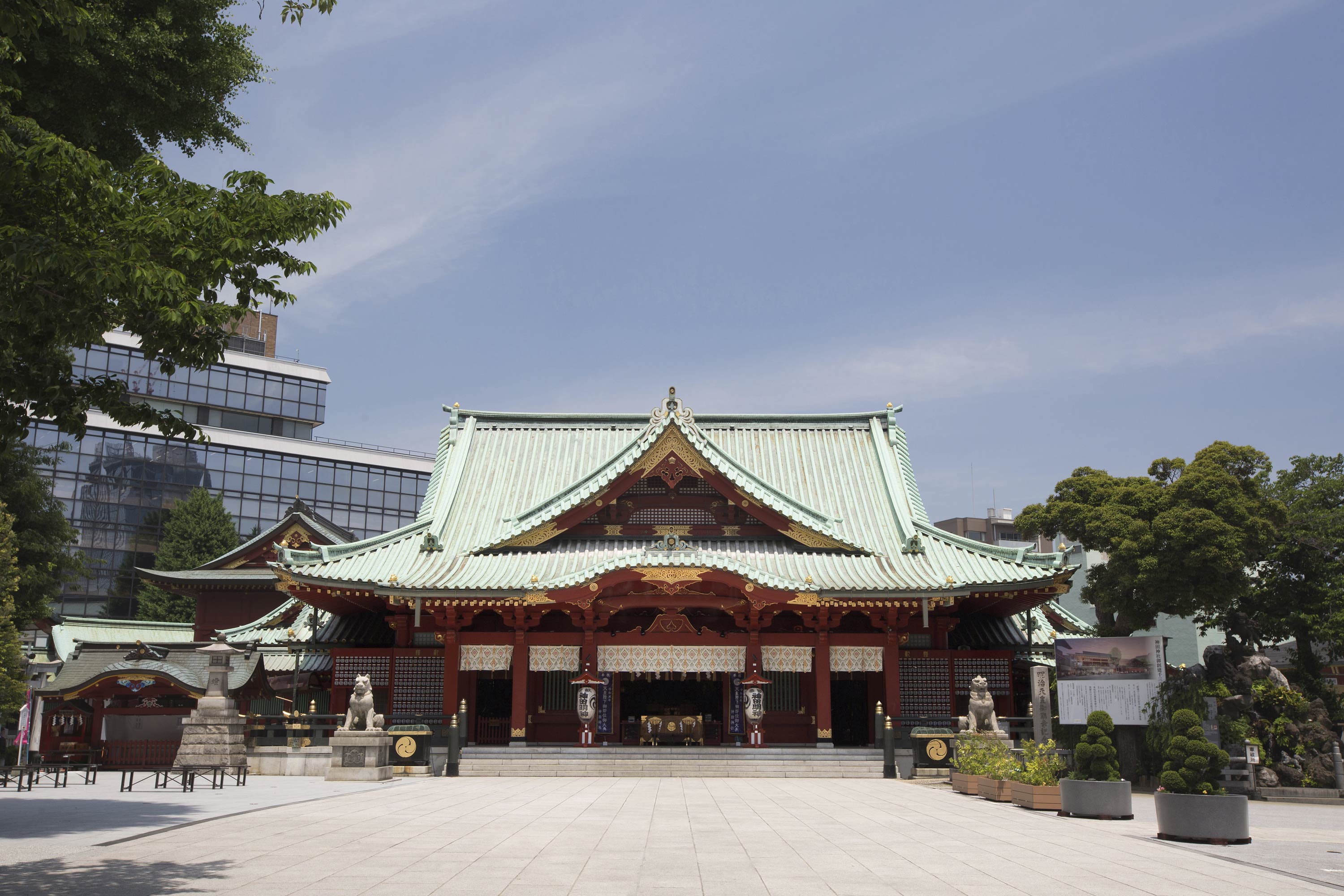
Kanda Myojin Shrine
Colorful Rebellion -Seventh Nightmare- has been shown in New York, Milan, and Amsterdam over the past few years, and will now make an appearance as part of this exhibition. Given the magnificence of the venue, the work will be presented in a unique way–in the basement of the shrine. In addition, a part of the research on Kawaii culture conducted in collaboration with Kyoto University of Arts Ultra Factory will be on display as well. Guests will be invited to ponder the nature of Kawaii, and what makes it so beloved by audiences worldwide.
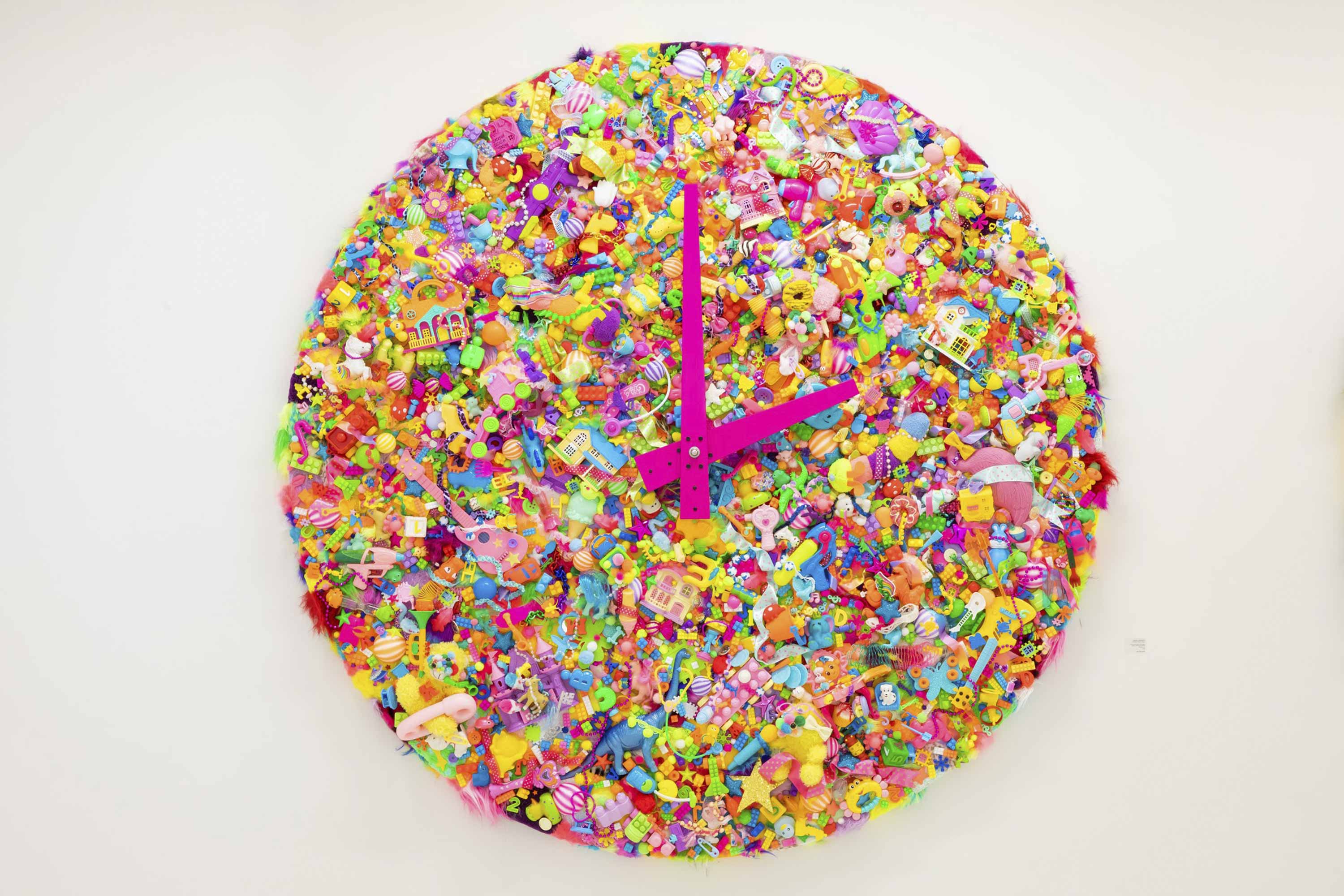
Colorful Rebellion -WORLD TIME CLOCK-
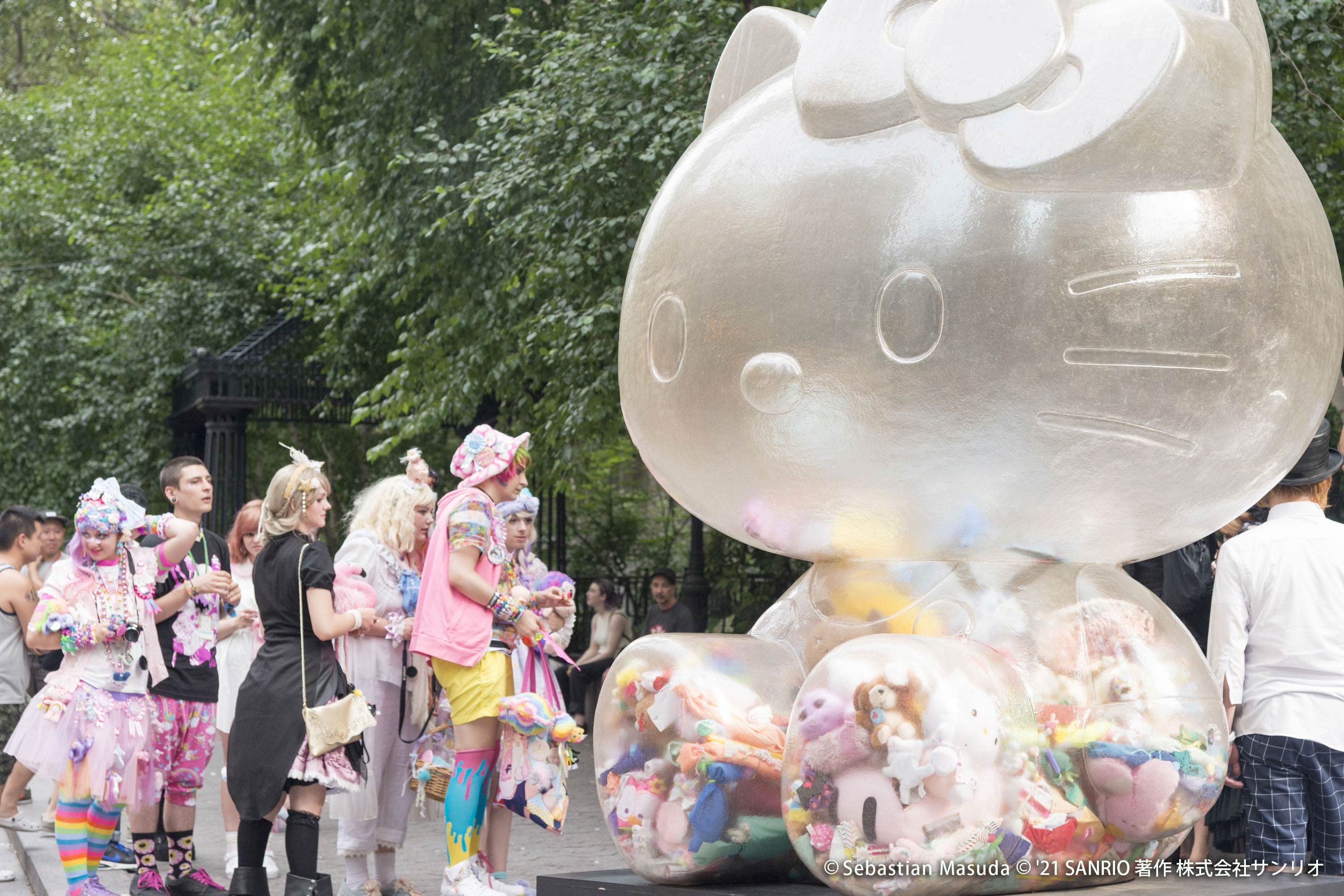
Time After Time Capsule Art Project
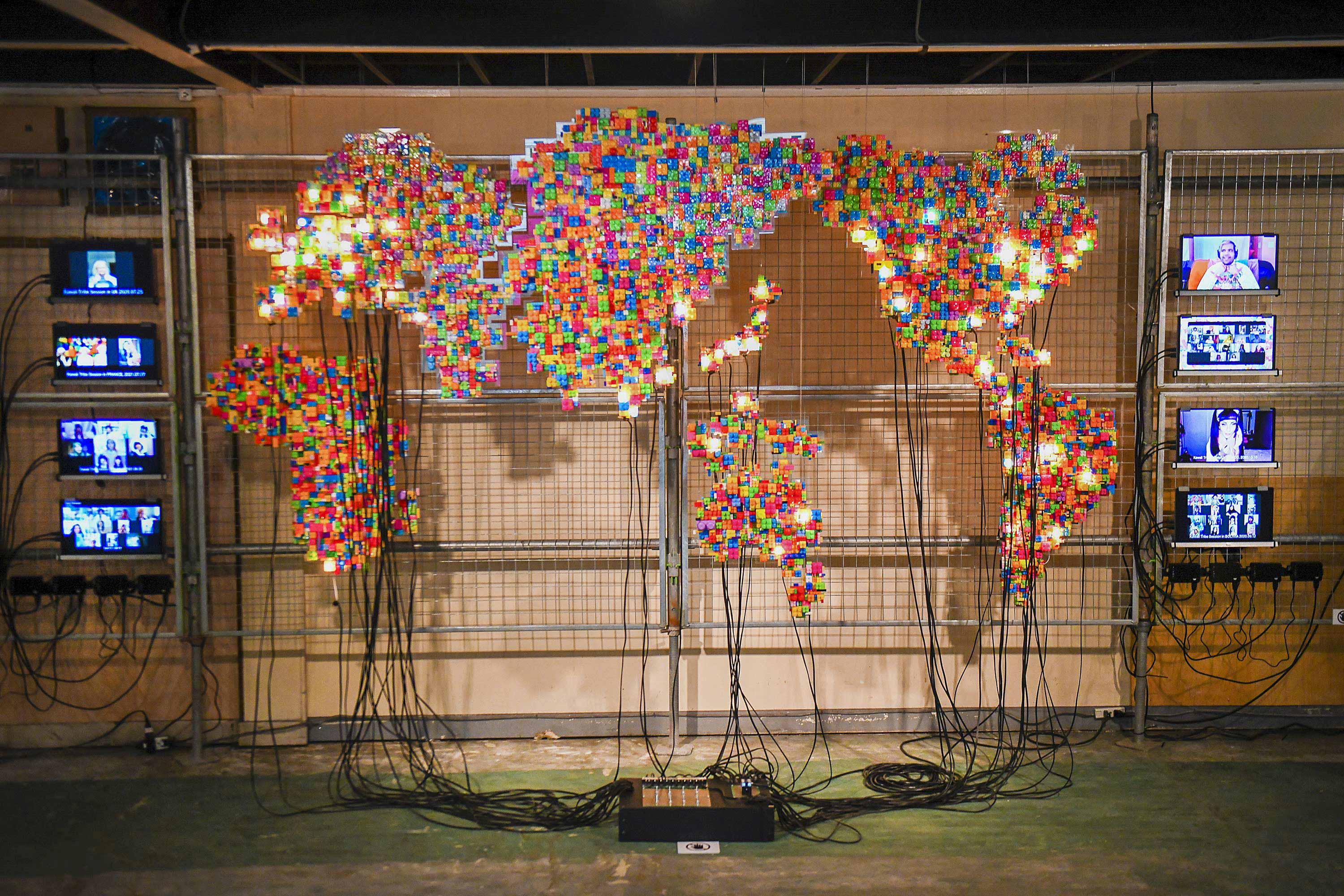
Kawaii Archival Research
Near the entrance to the shrine, the Colorful Rebellion -WORLD TIME CLOCK will be on display. Clad in the cutest colors imaginable, it has become a symbol of Harajuku around the world. The Hello Kitty-shaped time capsule, which was on display for five months in New York City in 2015, will also be shown on the temple grounds. The participatory art project has made it to 12 cities around the world so far.
Kawaii culture will blend with traditional Japanese culture during this exhibition, so keep an eye out for more details coming soon!
What is ‘Yes, Kawaii Is Art?’
Sebastian Masuda has been at the helm of the global Kawaii movement for decades.
In 2020, Masuda asked a number of questions to fans of Japanese pop culture around the world–what is Kawaii? Why does Kawaii cross borders, generations, and gender? This new exhibition tries to find an answer to those questions while bringing some joy and excitement to the local community.
Information
Sebastian Masuda Exhibition ‘Yes, Kawaii Is Art’ at Kanda Myojin Shrine
Dates: December 4 – December 12, 2021
Hours: 12:00-18:00 (Last Entry at 17:30)
Address: Kanda Myojin Shrine (2-16-2 Sotokanda, Chiyoda-ku, Tokyo)
Admission: Free (¥500 for Colorful Rebellion -Seventh Nightmare-)
https://sebastianmasuda.com/works/tokyo/
For more details on the event, follow Sebastian Masuda’s Twitter:
-
KYARY PAMYU PAMYU meets IMABARI: A Visit to the Historical Sea Route
Imabari is a city in Ehime Prefecture that faces the Seto Inland Sea. Since olden times, it has flourished as an important location for marine traffic. It’s home to a bounty of recognised national treasures and historical heritage sights, and is also famous for its production of citrus fruits such as mikan. Japanese pop star, model, and icon Kyary Pamyu Pamyu took a trip to this ancient city to discover its wonder and beauty.
A Visit to the Historical Sea Route
Oyamazumi Shrine
A ‘power spot’ revered by prominent people
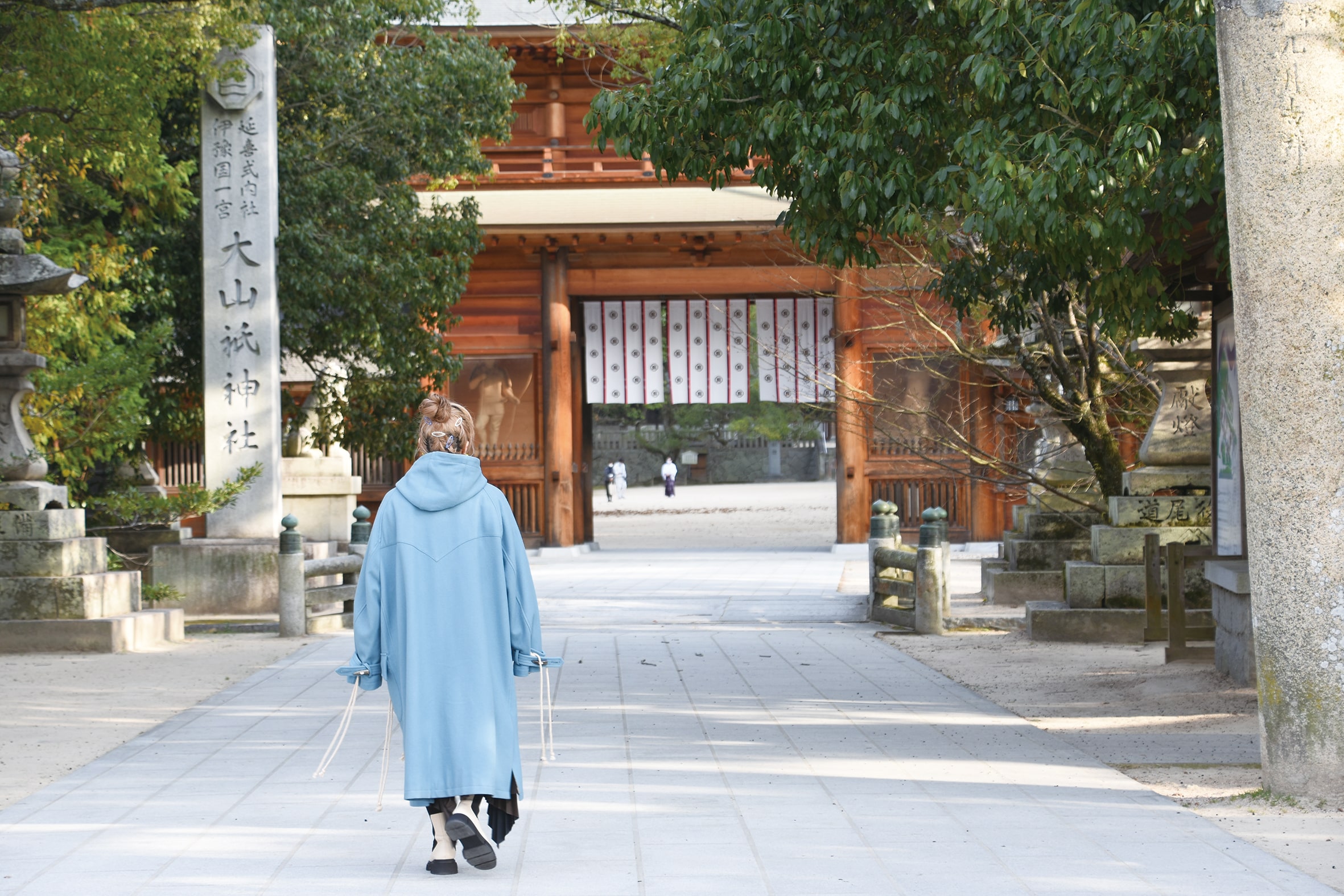
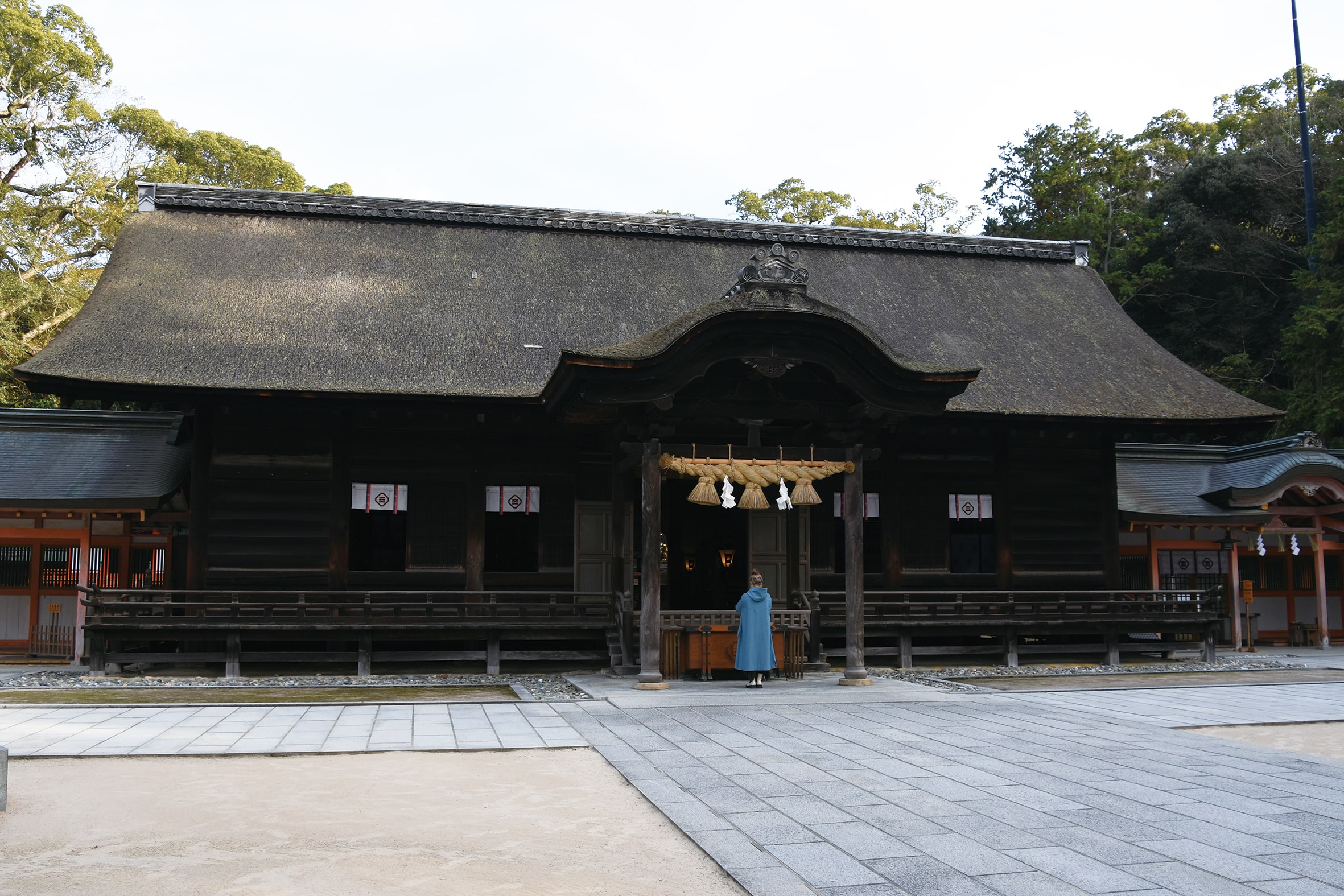
Oyamazumi Shrine has been revered by prominent figures throughout history as a place dedicated to the god of the mountain, god of the ocean, and the god of war. It’s home to numerous Important Cultural Properties which are available for viewing by the public such as the armour worn by the military commander Minamoto no Yoshitsune when the Minamoto clan won the Genpei War (1180-1185), armour worn by women, and more. The shrine is also a notable power spot for the ancient tree that has stood there for 2,600 years and is now recognised as a natural monument of Japan. Power spots are places in Japan where the spiritually-inclined draw energy from.
Information
Oyamazumi Shrine
Address: 3327 Omishimacho Miyaura, Imabari, Ehime 794-1393, Japan
TEL: 0897-82-0032
Opening Hours: Sunrise to 17:00
National Treasure Building: 8:30-17:00 (Last Entries 16:30)
Official Website: https://oomishimagu.jp/
Kurushima Kaikyo Service Area
Lip-smacking food aplenty
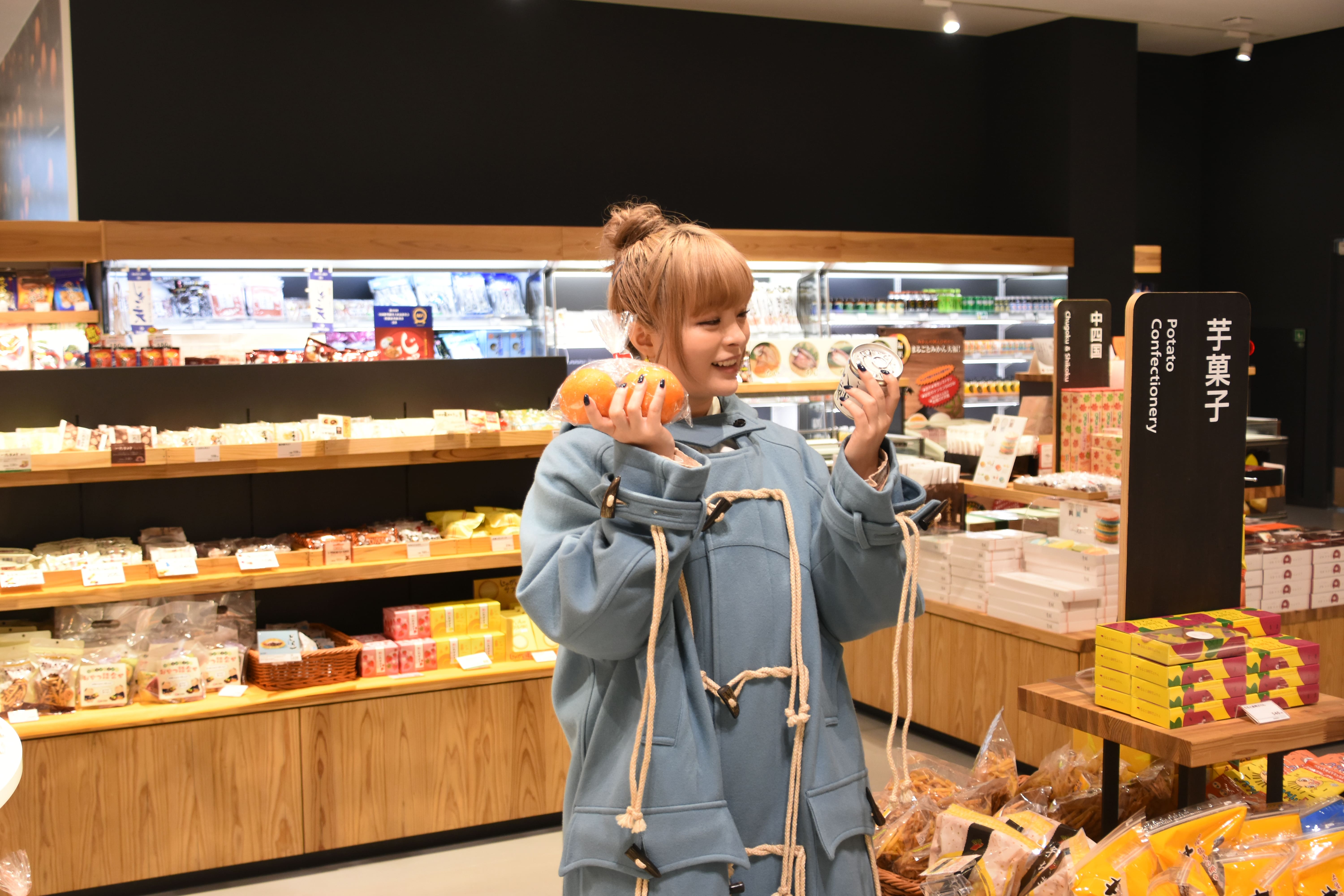
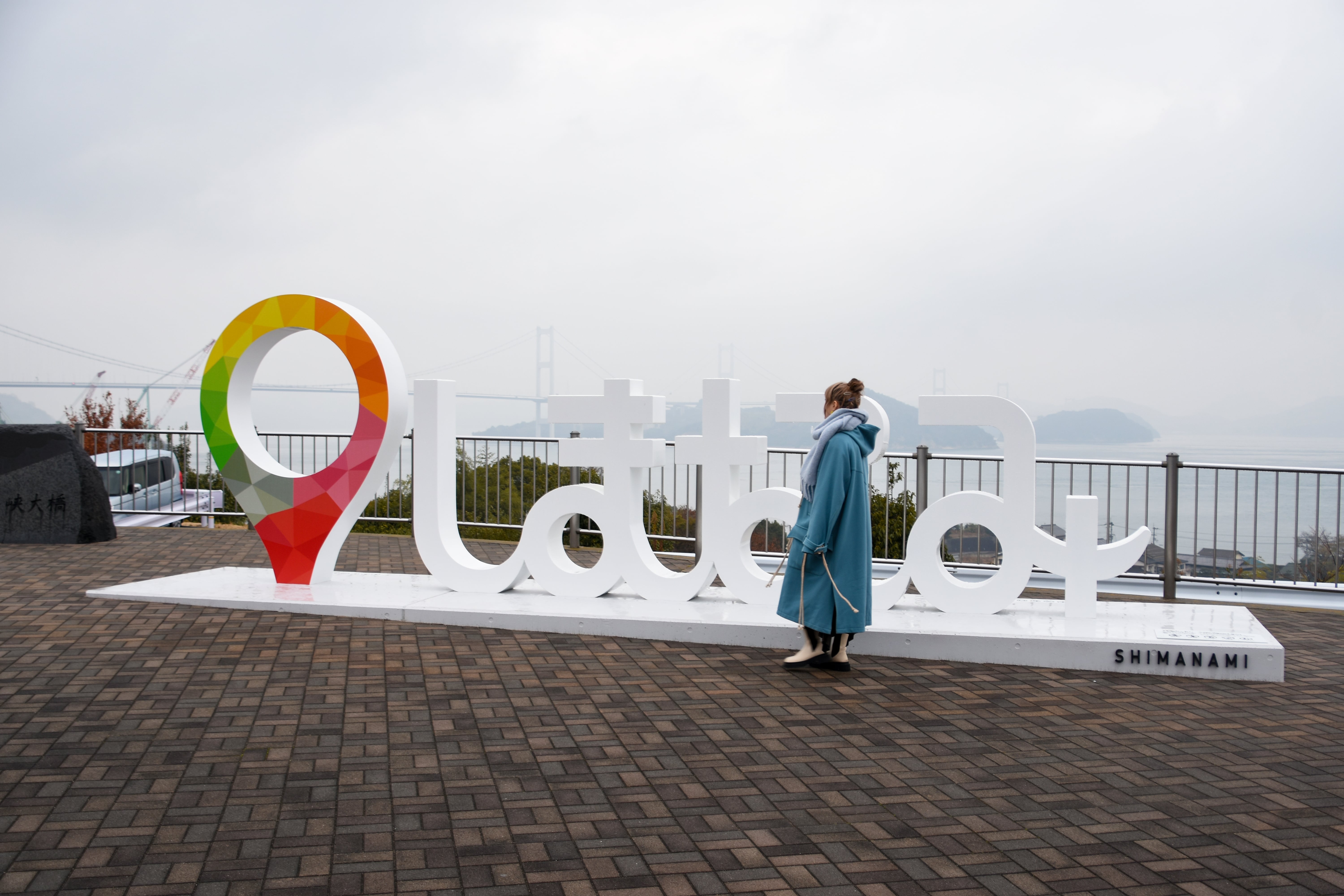
If you’re one for great views, then the Kurushima Kaikyo service area is a must-visit, offering a panoramic look at the Kurushima Strait of the Seto Inland Sea. The service area is very well know particularly for the Jaguchi Mikan Juice, something of a city legend in Ehime where you can enjoy fresh mikan juice straight from a tap. You can also tuck a rice bowl dish made with tachiuo hairtail caught in the Seto Inland Sea that’s made to look like Kurushima Kaikyō Bridge, or try Imabari’s soul food dish: the Imabari Yakibuta Tamago Meshi, a pork, egg, and rice bowl. Don’t pass up the chance to snap a photo at the designated photo spot with the Seto Inland Sea in the back either like Kyary above.
Information
Kurushima Kaikyo Service Area
Address: 3-9-68 Ohamacho, Imabari, Ehime, 794-0002, Japan
Food Court: [Weekdays] 8:00-21:00 / [Weekends & Holidays] 7:00-22:00
Shops: [Weekdays] 8:00-21:00 / [Weekends & Holidays] 7:00-22:00
Outside Shopping Area & Cafes: [Weekdays] 9:00-17:00 / [Weekends & Holidays] 9:00-18:00
Official Website: https://www.jb-highway.co.jp/sapa/kurushima.php
Murakami Suigun Museum
Dedicated to the Imabari heroes who protected the ocean
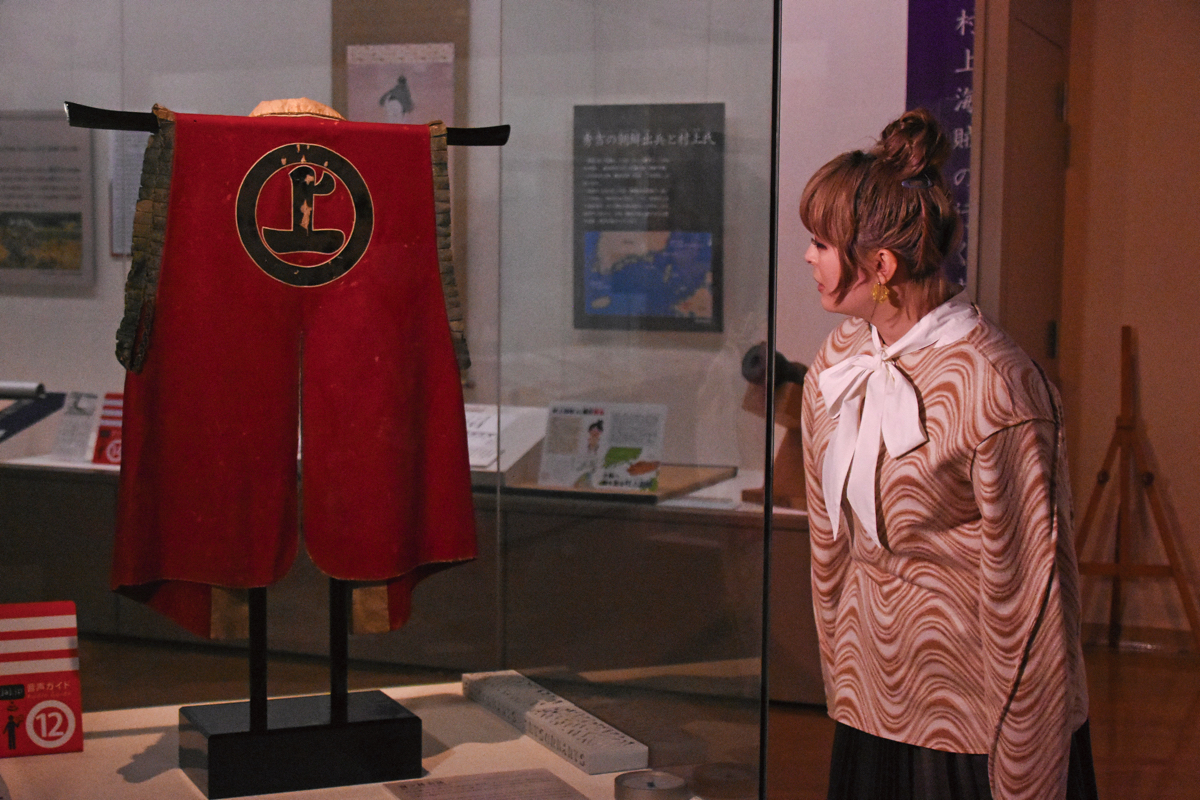
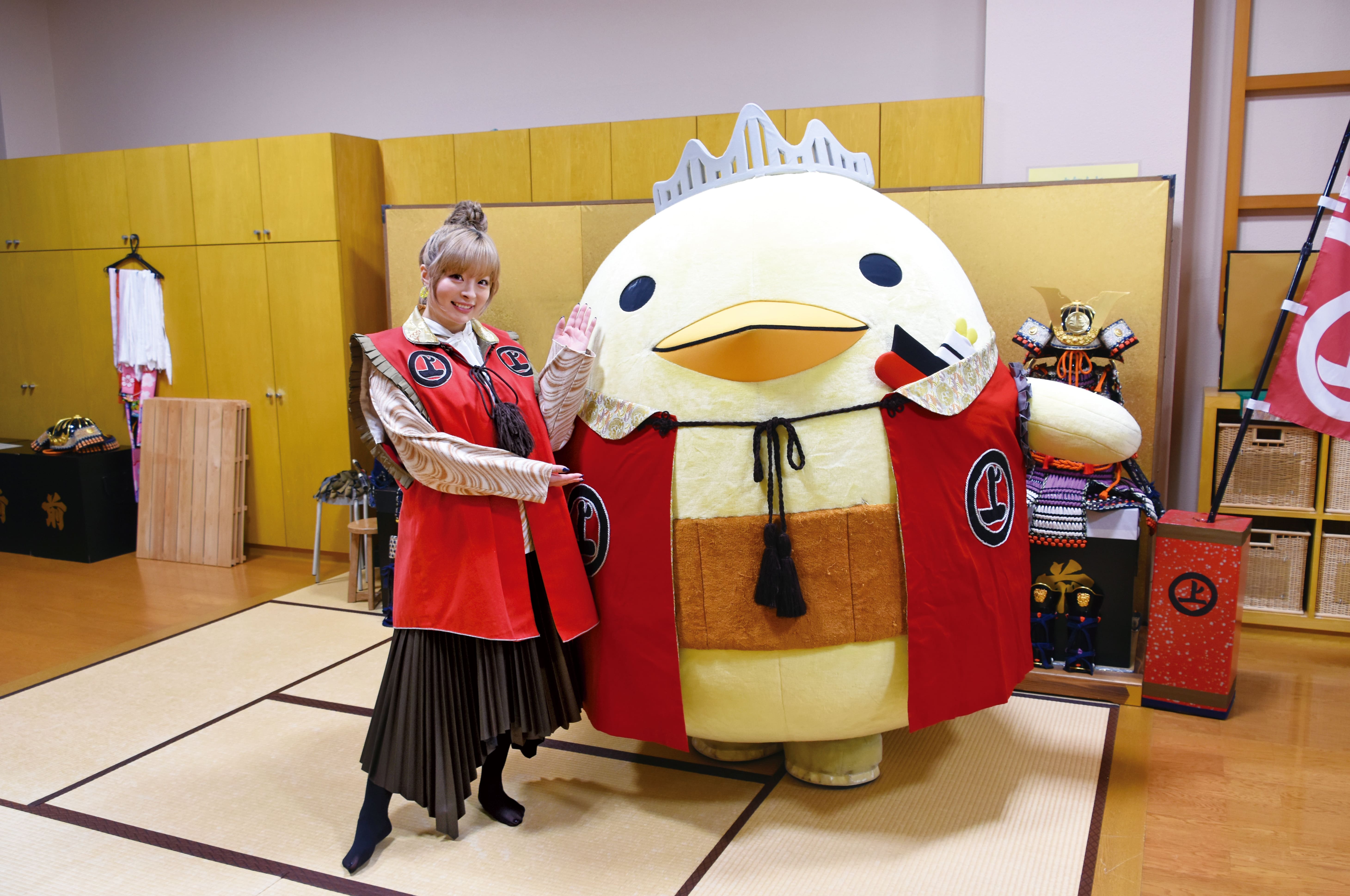
Murakami Suigun Museum is dedicated to kaizoku—pirates, or lords of the sea—something which conjures to mind villainy or bad guys, but the Murakami pirates were also considered heroes who helped maintain order and protect the sea during the Sengoku warring period of Japan. The museum features many displays of Murakami family treasures including the battle surcoat which the pirate leader wore over his armour, proudly bearing the Murakami family crest. Visitors can wear replicas of this coat, which Kyary tired herself: “Now I’m sorta like a military commander too,” she said.
Information
Murakami Suigun Museum
Address: 1285 Miyakubocho Miyakubo, Imabari, Ehime 794-2203, Japan
TEL: 0897-74-1065Opening Hours: 9:00-17:00
Closed: Mondays (or Tuesday if the Monday falls on a public holiday) / New Year Holidays (Dec 29-Jan 3)
Official Website: https://www.city.imabari.ehime.jp/museum/suigun/
Roadside Station Yoshiumi Iki-iki-kan
A bundle of fun and entertainment in one place
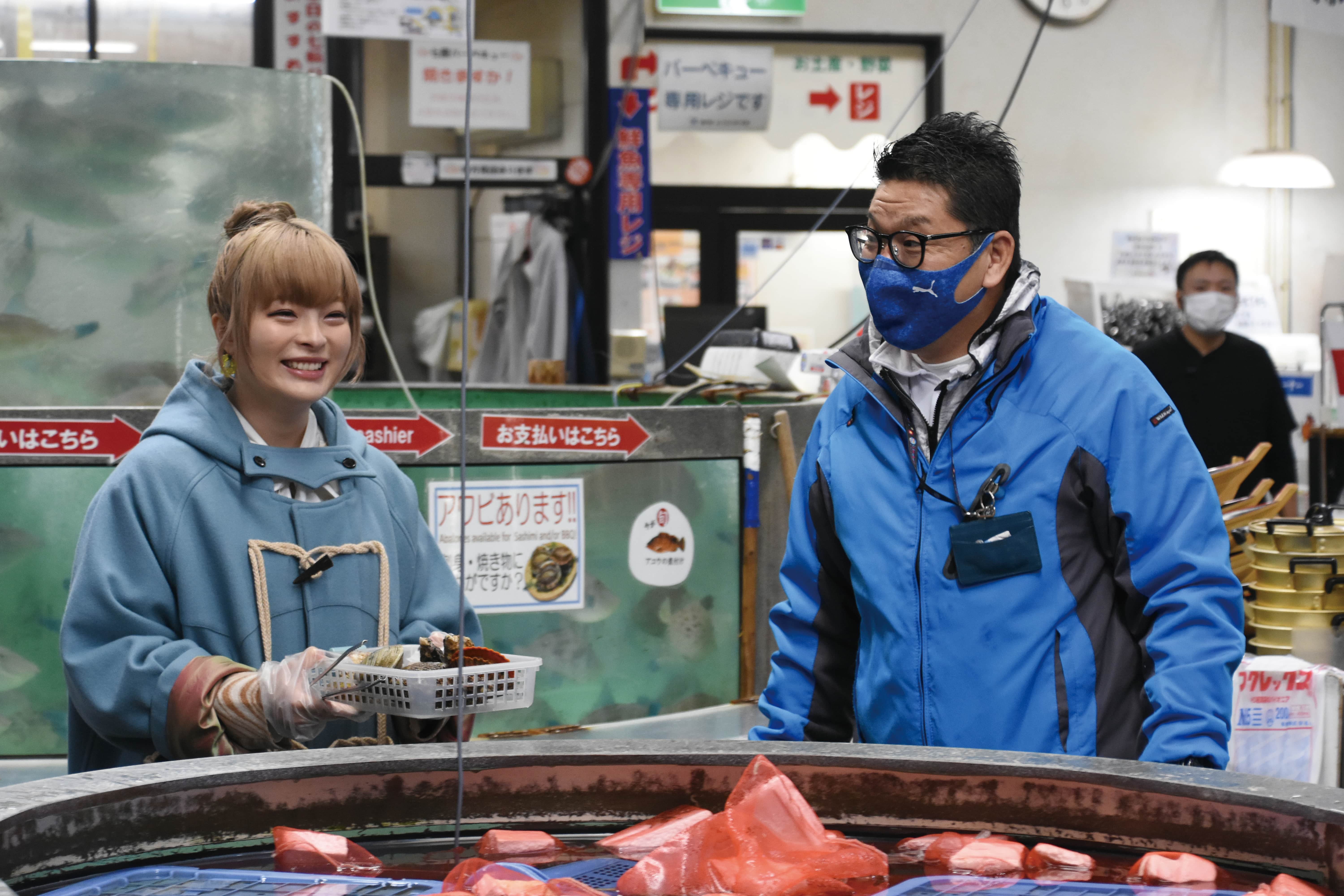
Roll on up to Roadside Station Yoshiumi Iki-iki-kan to enjoy a shichirin BBQ feast with fresh seafood caught in the Seto Inland Sea while gazing out across Kurushima Kaikyo. This building complex serves as a resting spot and is also the perfect place to purchase local souvenirs including Ehime specialty products. It’s also famous for its offering the chance to board a boat to ride around Kurushima Kaikyo, renting out bicycles, and more. You’ll also be able to meet Koro-chan, a popular fish who has lived there for 30 years.
Information
Roadside Station Yoshiumi Iki-iki-kan
Address: 4520-2 Yoshiumichomyo, Imabari, Ehime 794-2114, Japan
TEL: 0897-84-3710
Opening Hours: 9:00-17:00
Restaurant: 10:00-16:00 (Last Orders 15:00)
Closed: New Year’s Day (and certain days in winter)
Official Website: http://www.imabari-shimanami.jp/ikiiki/
Dolphin Farm Shimanami
Meet the cute and friendly dolphins
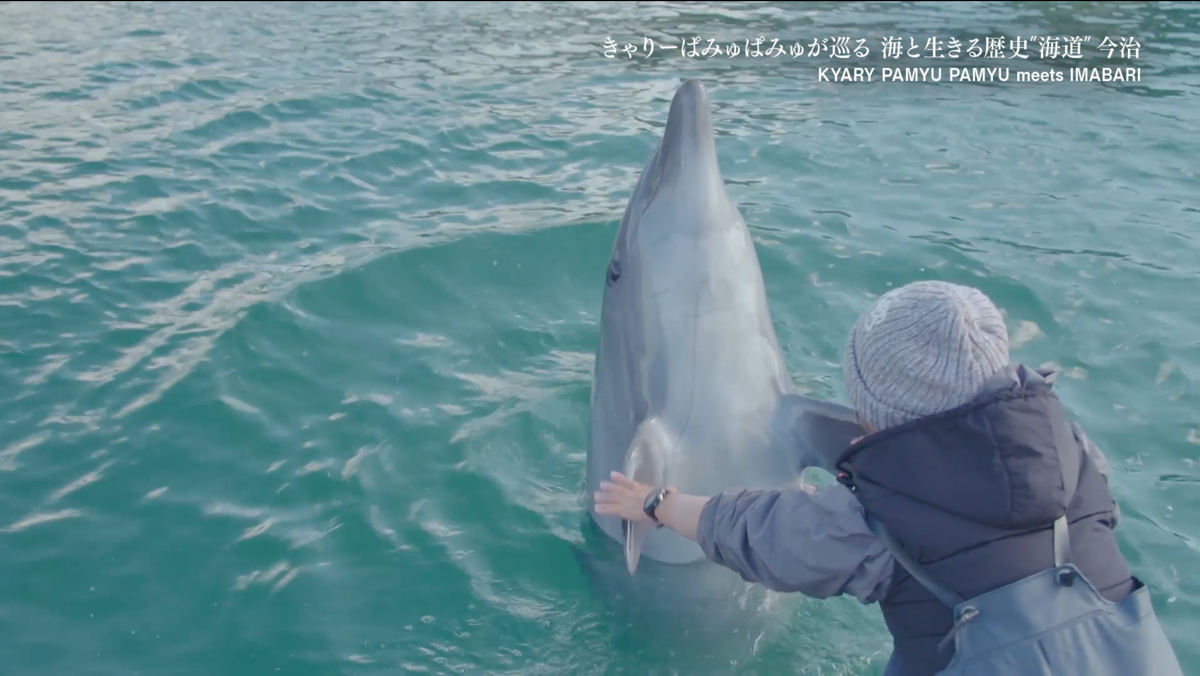
Dolphin Farm Shimanami, which is connected to Hakata Beach, is the best and biggest place in Japan to interact with dolphins. Visitors can get close to them and the dolphins will show off their tricks and skills. There’s even a car camping area you can stay at.
Information
Dolphin Farm Shimanami
Address: 1673 Hakatacho Kanoura, Imabari, Ehime 794-2302, Japan
TEL: 0897-72-8787
Opening Hours: 9:00-17:00
Closed: On days with bad weath
Official Website: https://www.df-shimanami.com/
Hakata Beach
A white sandy beach rolling out 200-meters
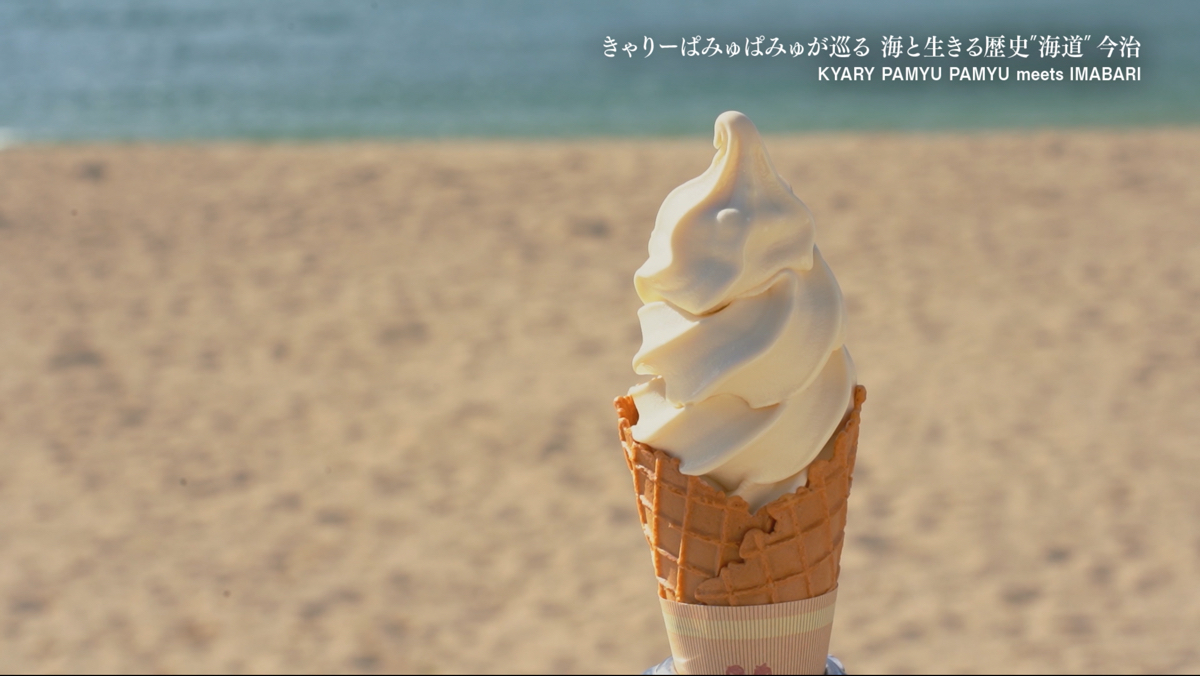
Hakata Beach is located at the base of Oshima Bridge in Hakata. The beach is famous for its salt which is best tried on their popular sweet-tasting sea salt ice cream.
Information
Hakata Beach
Address: 1668-1 Hakatacho Kanoura, Imabari, Ehime 794-2302, Japan
Sea Bathing: Early July – Late August
Official Website: https://www.city.imabari.ehime.jp/kanko/spot/?a=198
Imabari Towels
High quality towels woven with tradition and technique
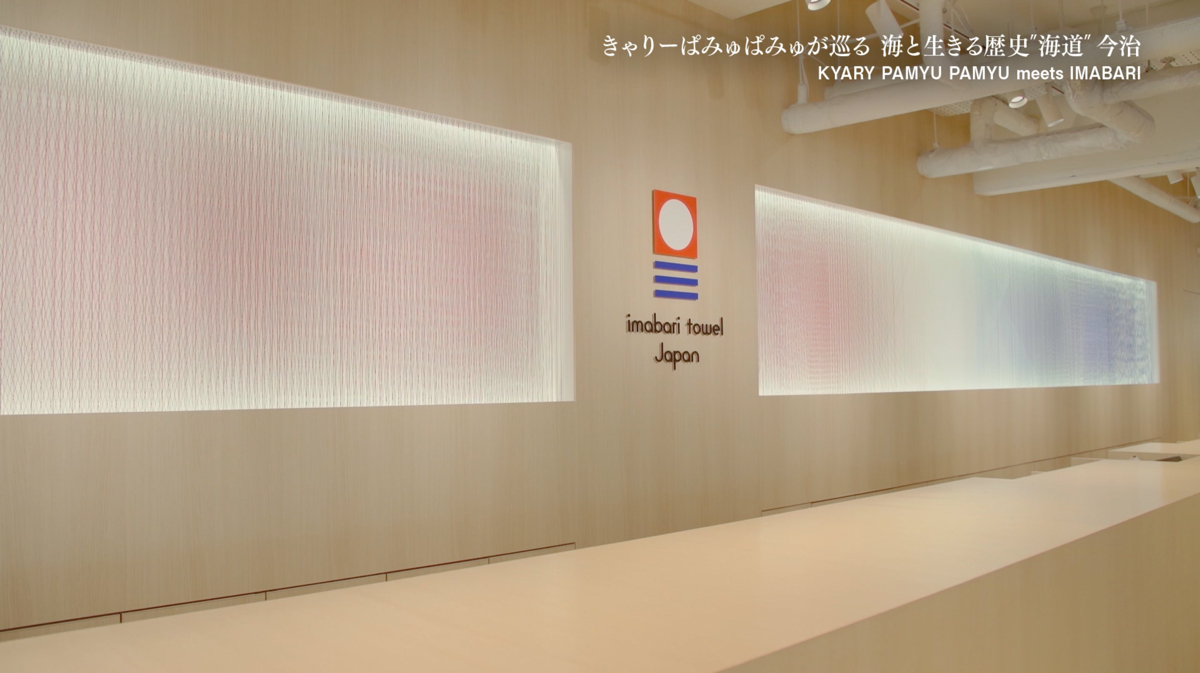
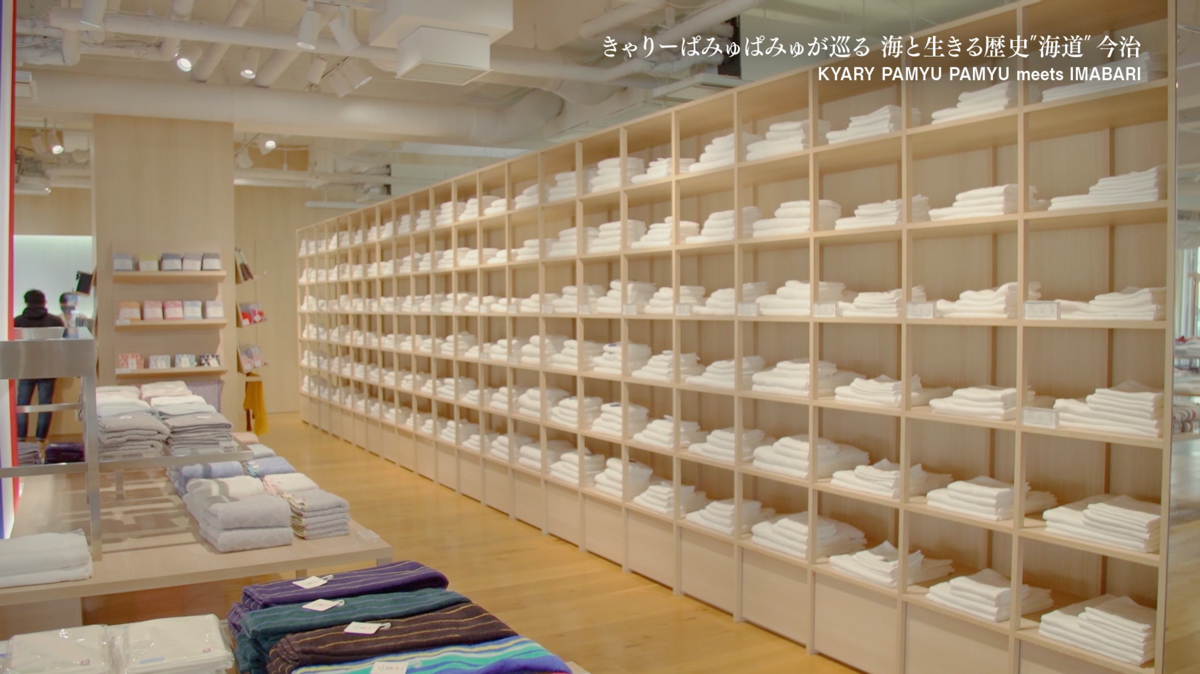
Imabari is the biggest producer of towels in Japan. Even their white towels alone have countless types you can choose from, allowing you to pick which level of softness and comfort you want. The iconic brand logo is also impactful, capturing the quality, production, and enthusiasm that the makes have for the product. Kyary herself uses them all the time!
Information
Imabari Towel
Official Website: https://www.imabaritowel.jp/
Sunrise Itoyama
Need a bike?
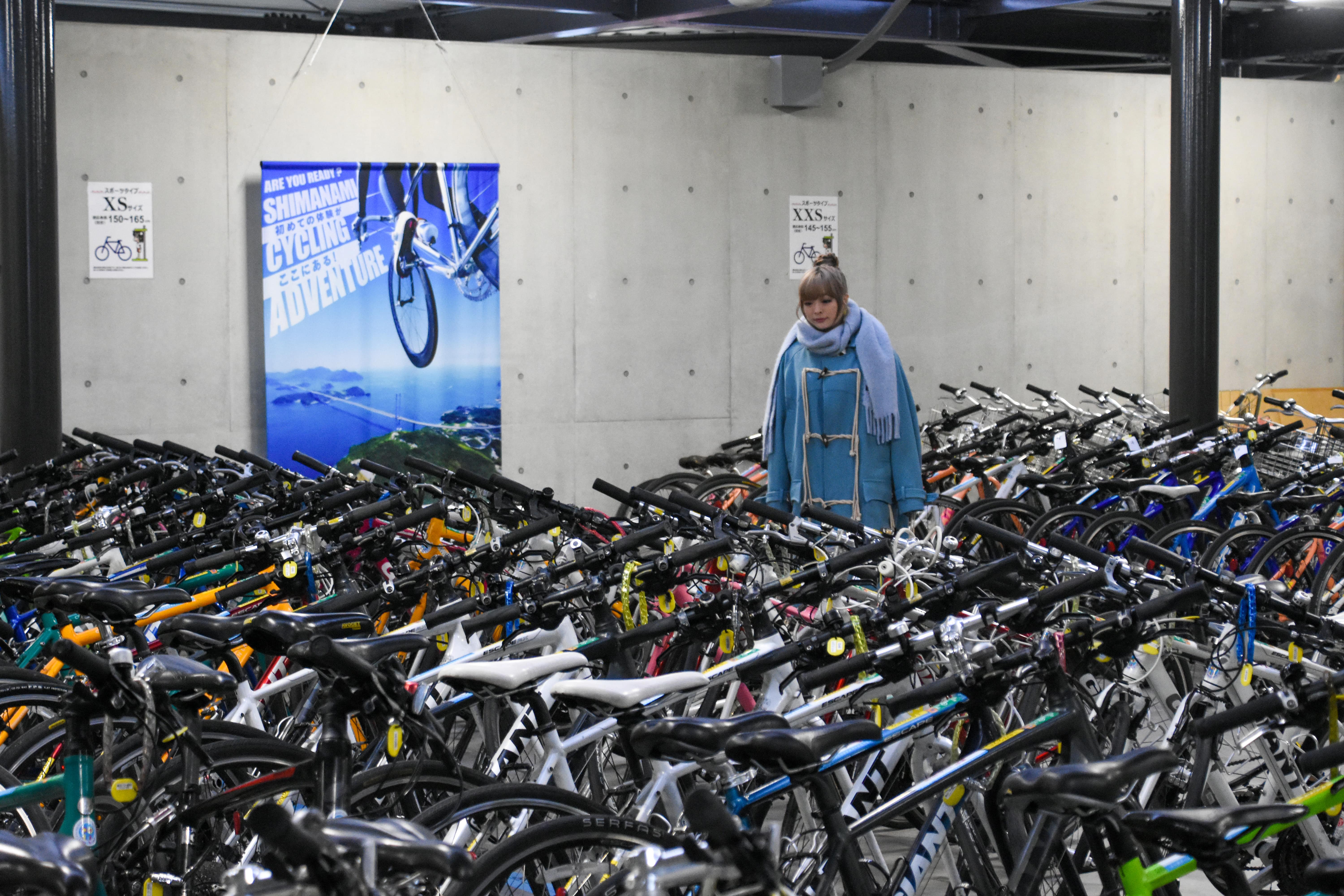
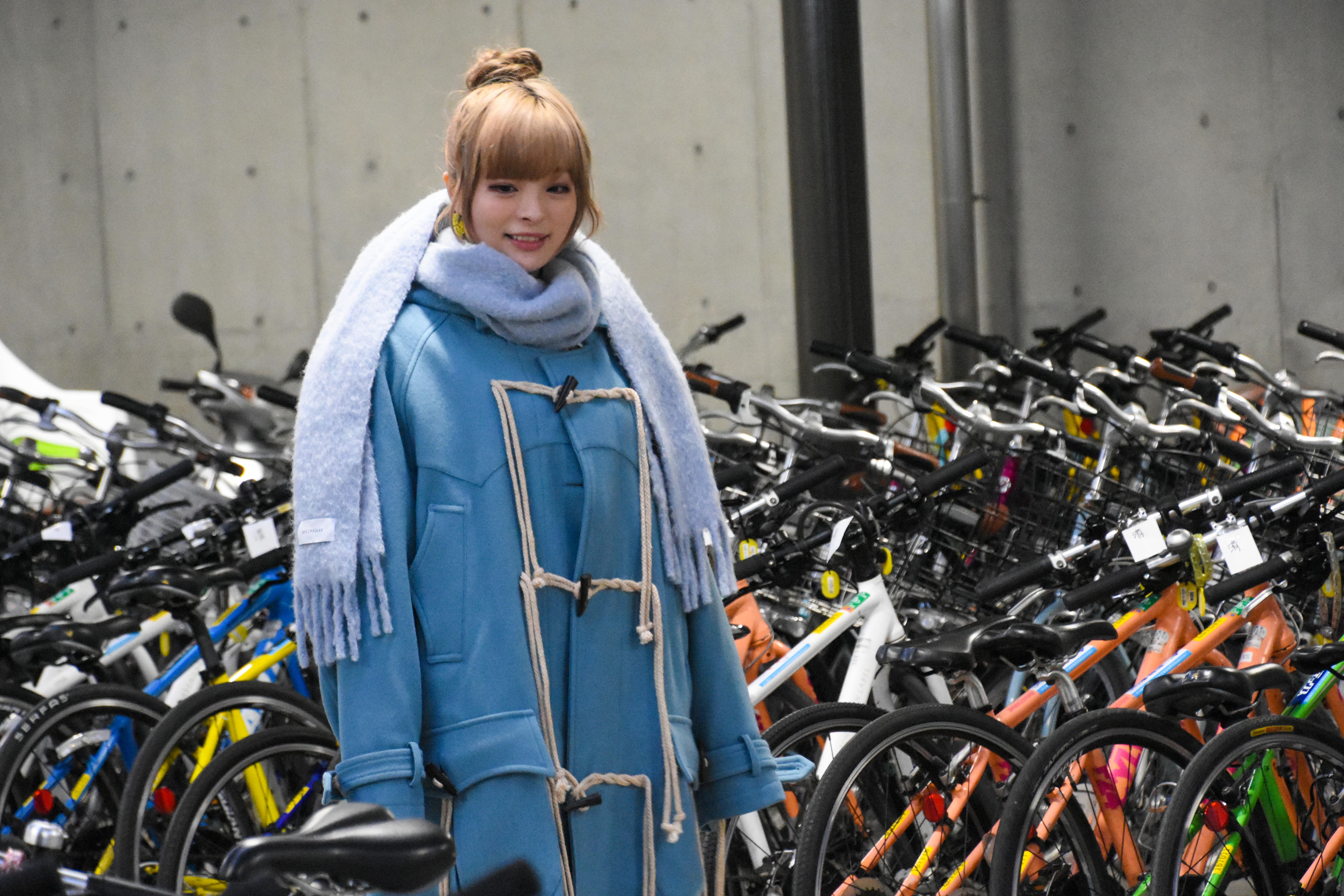
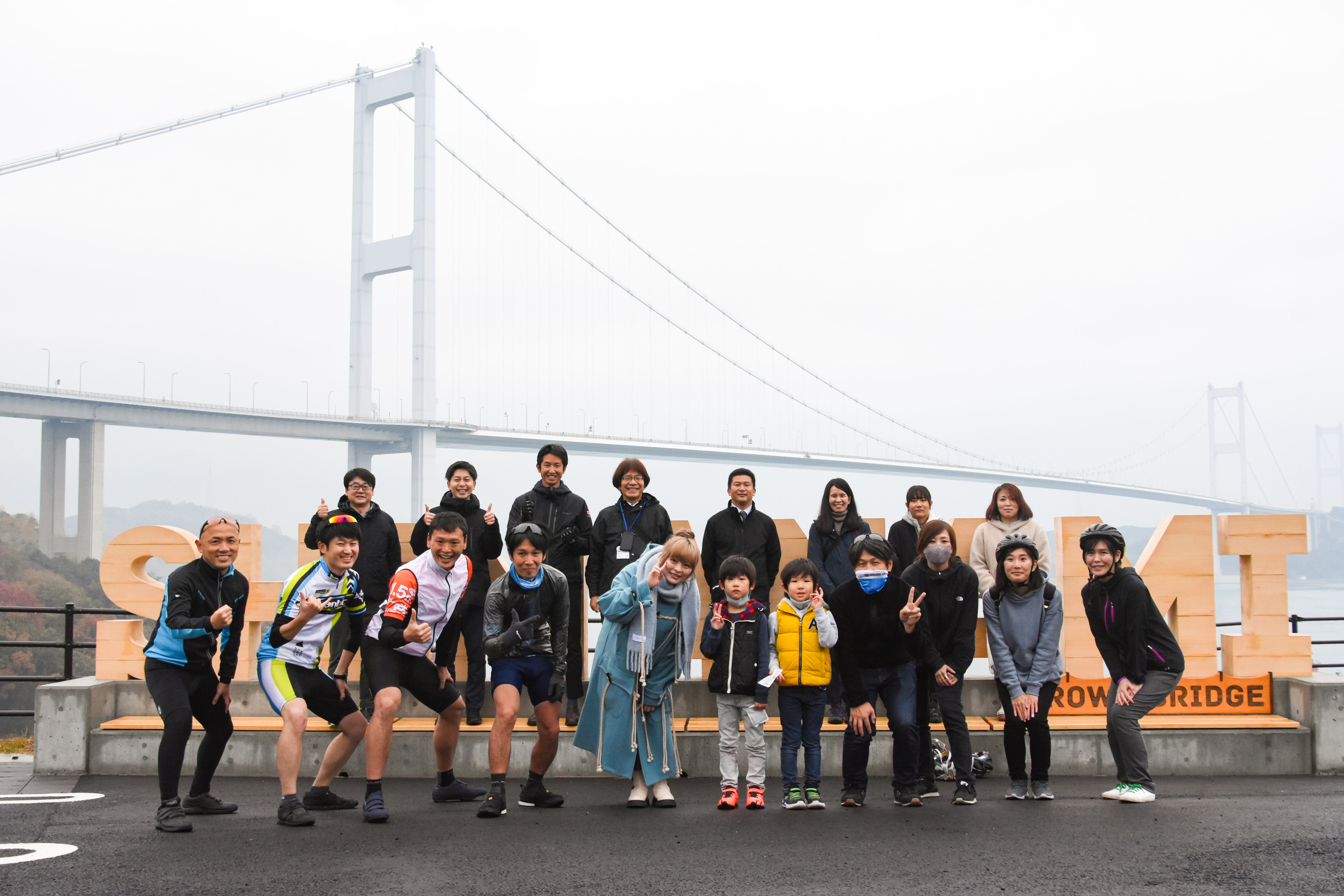
Sunrise Itoyama, located in the Imabari Central Cycling Terminal, is a rental bicycle service that has bikes and helmets for everyone’s needs. Rent out a bike and ride the Shimanami Sea Route which connects Ehime and Hiroshima with a series of bridges that hop across the islands of the Seto Inland Sea.
Information
Sunrise Itoyama
Address: 2-8-1 Sunabacho, Imabari, Ehime 794-0001, Japan
TEL: 0898-41-3196
Rent-a-Cycle Details: https://www.sunrise-itoyama.jp/archives/rentacycle/
Official Website: https://www.sunrise-itoyama.jp/
Marutomi
The famous restaurant known to every local
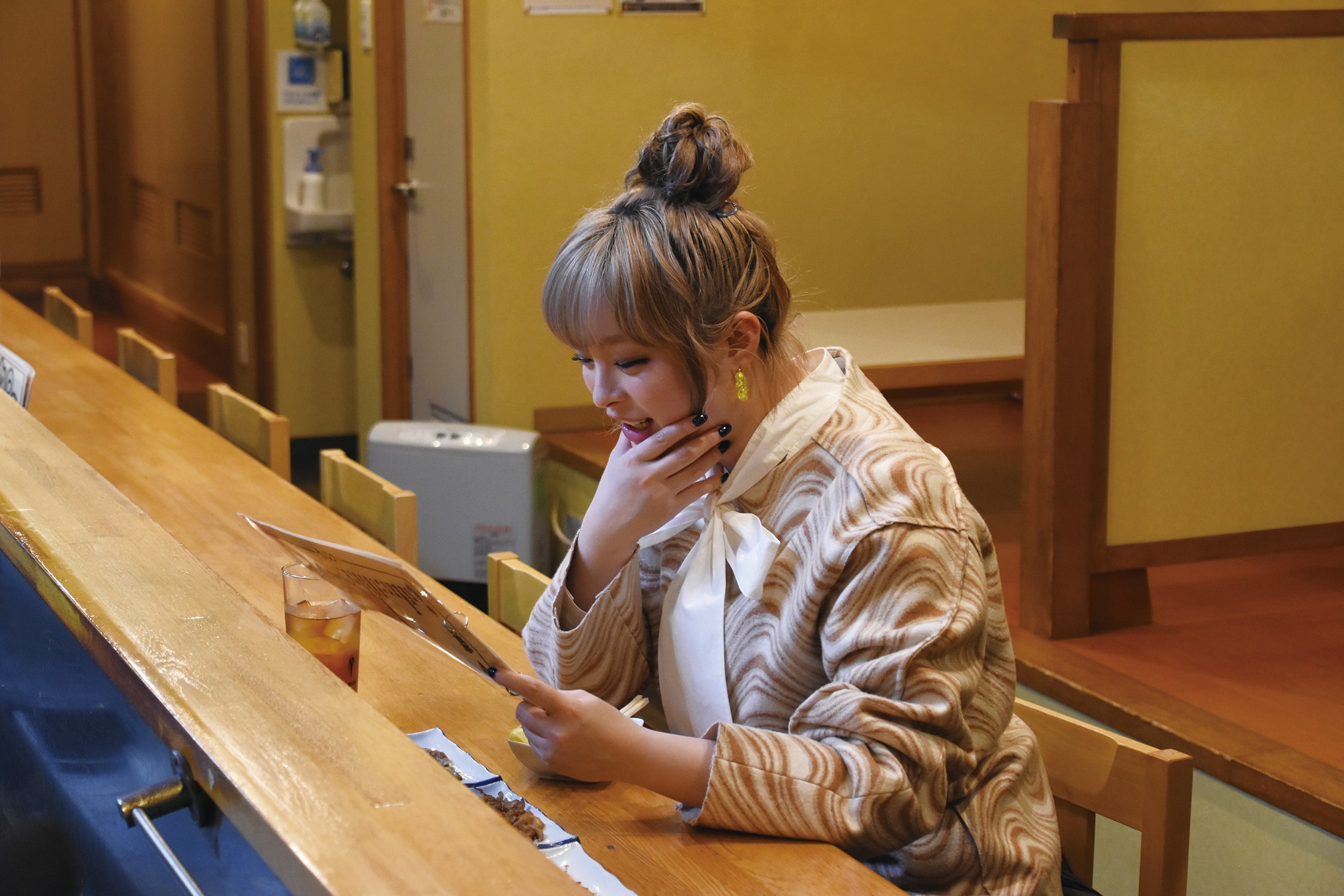
If you want the real experience of Imabari’s yakitori soul food, you should visit Marutomi, a yakitori eatery. Imabari yakitori is different from the usual Japanese yakitori as it doesn’t come skewered. Instead, the chicken is cut into small pieces and fried that way. One of the most popular ways to have it is with the skin on so the outside is crunchy and the inside succulent. It goes perfect with a cup of sake too.
Information
Marutomi
2-3-6 Katayama, Imabari, Ehime 794-0063, Japan
TEL: 0898-23-2740
Opening Hours: 17:30-22:00
Closed: Wednesdays
Official Website: https://maru-marutomi.jp/
Imabari Castle
A castle by the sea
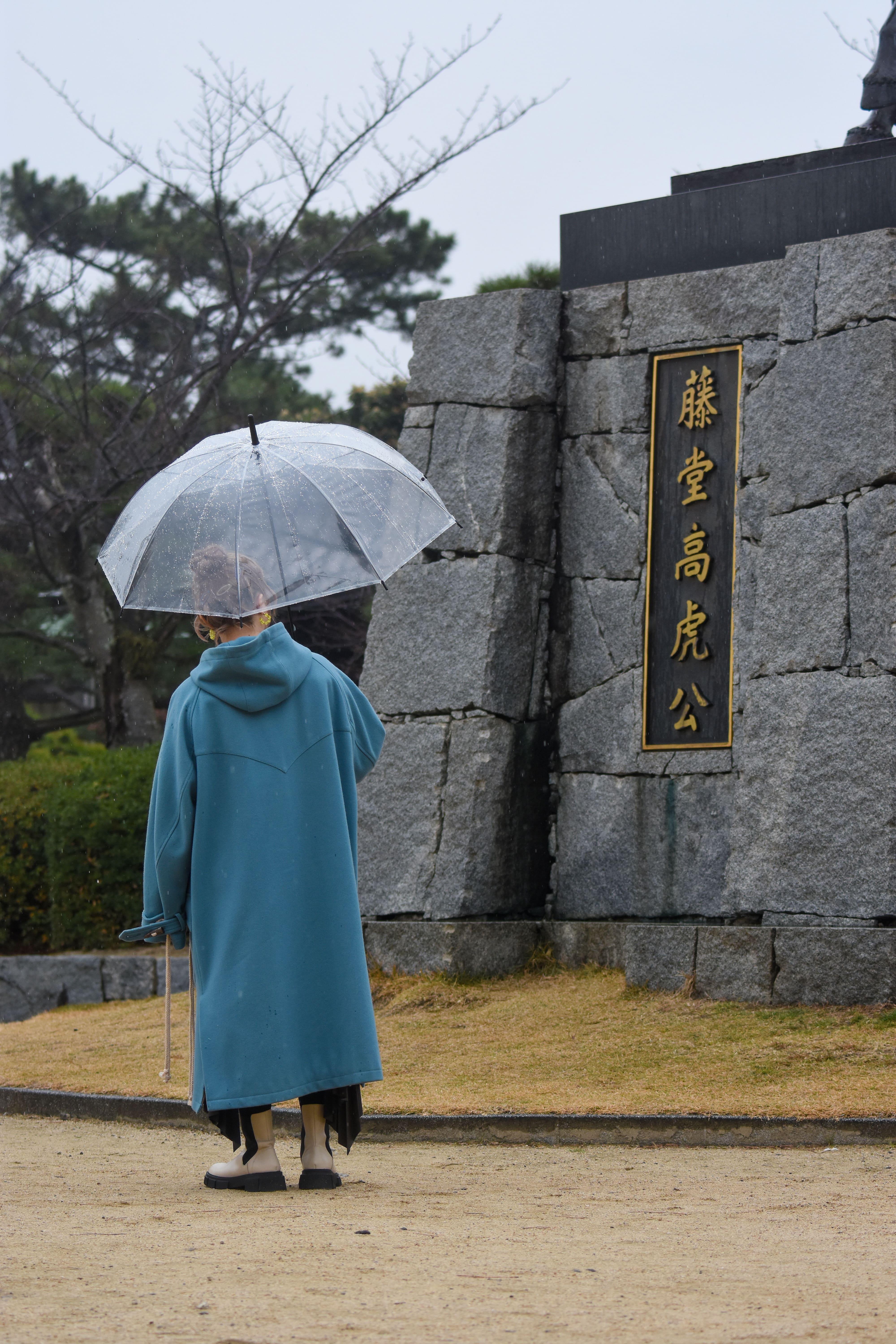
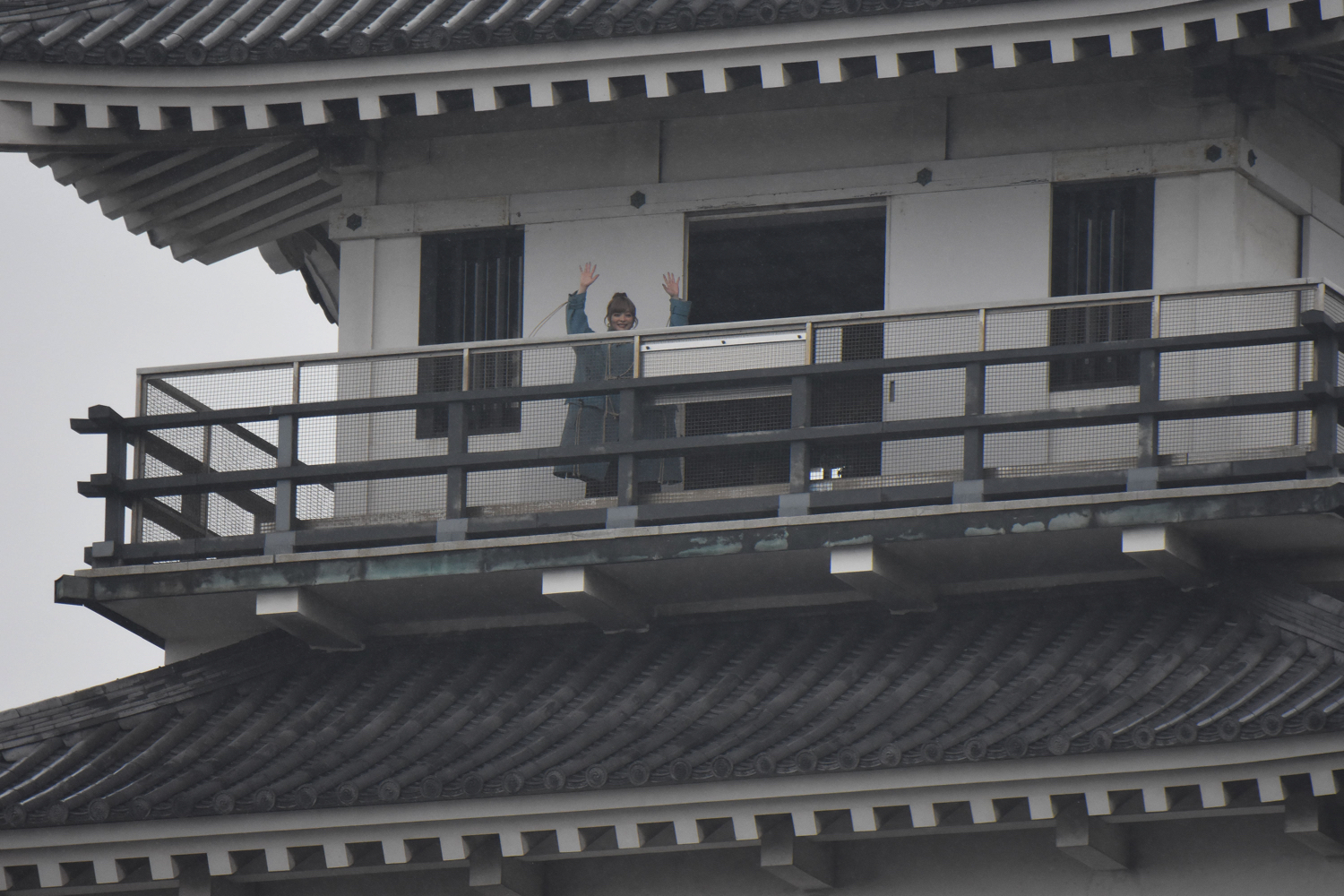
Imabari Castle, built by the daimyo Tōdō Takatora, is known famously as one of Japan’s three “Castles on the Sea” and was also listed in Japan’s Top 100 Castles. When it was first constructed, boats could enter the moat from the ocean. It’s a site that breathes the prosperity that Imabari has enjoyed as a significant location for maritime traffic, the same Imabari that the Murakami pirates sought to protect. Head on up to the top of the castle to stand on the observation deck and gaze at an unbroken view of the city.
Information
Imabari Castle
Address: 3-1-3 Toricho, Imabari, Ehime, 794-0036, Japan
TEL: 0898-31-9233
Opening Hours: 9:00-17:00
Closed: December 29 – December 31
Official Website: https://www.city.imabari.ehime.jp/museum/imabarijo/
Kirosan Observatory Park
A breathtaking spectacle to remember
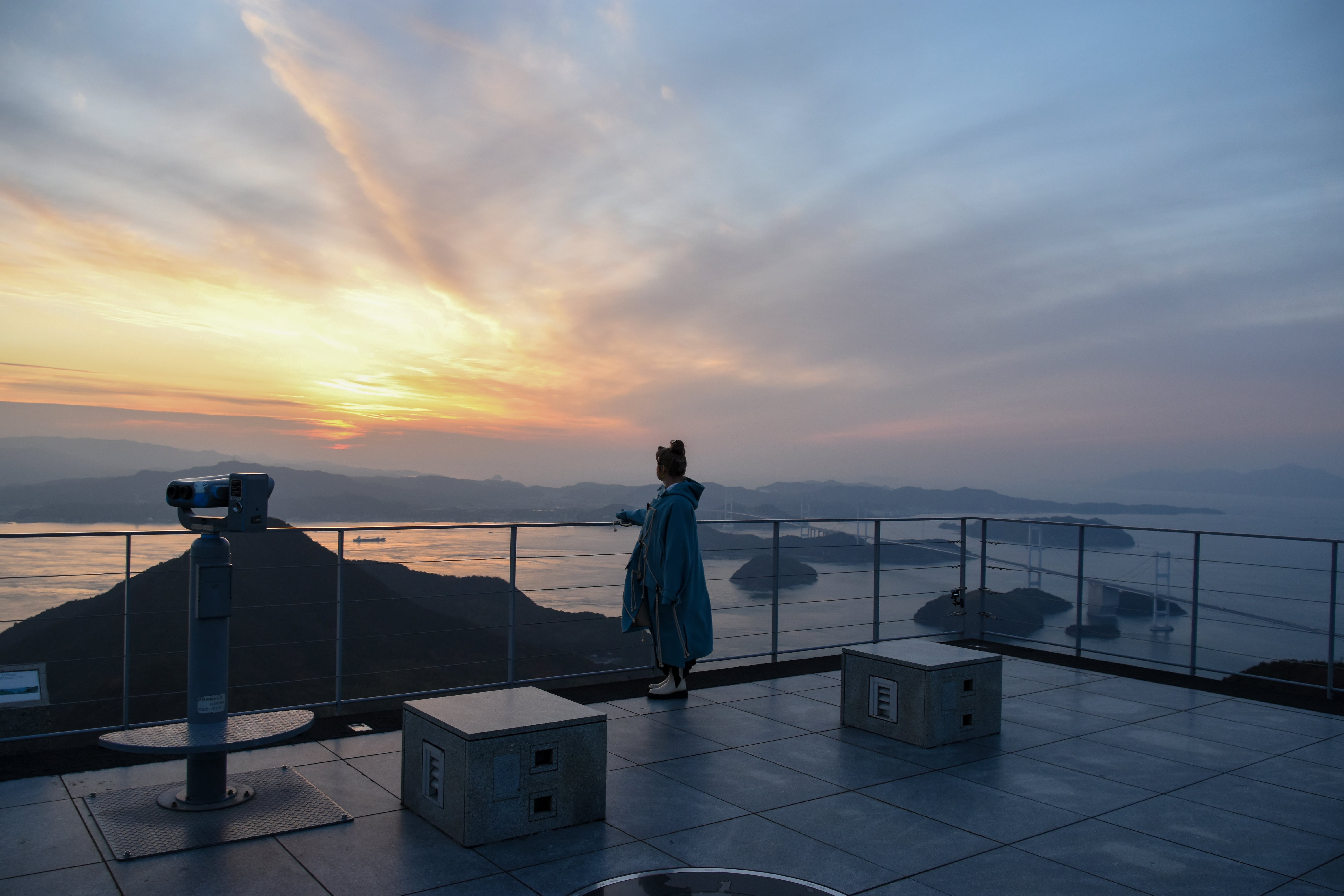
Kirosan Observatory Park is officially recognised by Setonaikai National Park. Standing atop the observation deck fills the eyes with wonder as they gaze upon a panoramic stretch of Imabari, the Seto Inland Sea, and Kurushima Kaikyo all at once. Kyary wrapped up her time in Imabari here as the sunset coloured the sky and sea in warm evening hues.
Information
Kirosan Observatory Park
Address: 487-4 Yoshiumicho Minamiura, Imabari, Ehime 794-2115, Japan
No Fixed Holidays
Open 24-hours a day
Official Website: https://www.city.imabari.ehime.jp/kanko/spot/?a=182
Imabari Tourism Information: https://www.city.imabari.ehime.jp/kanko/
We hope you enjoyed joining Kyary on her adventures across Imabari, and perhaps she even got you a little curious in wanting to visit the city yourself. It’s a treasure trove filled with vistas by the sea, in nature, and in the city itself with its Important Cultural Properties. Food is also a big part of travel for many people, so you can rest assured that your belly will be satisfied in Imabari as you try their speciality mikan, fresh seafood fished in the Seto Inland Sea, and more.
Information
Kyary Pamyu Pamyu
Official Instagram: https://www.instagram.com/kyarypappa (@kyarypappa)
Official Twitter: https://twitter.com/pamyurin (@pamyurin)
Official Website: http://kyary.asobisystem.com/
-
Tokyo Stroll: The Café That You Want to Visit to See Someone #14 – ‘Kayaba Coffee’ in Yanaka
In this edition of The Café That You Want to Visit to See Someone, I visited Kayaba Coffee, a coffee shop in Yanaka, Tokyo, which is a perfect example of the old and traditional shitamachi neighbourhoods.
Kayaba Coffee is just a 10-minute walk from both Nezu Station and Nippori Station.
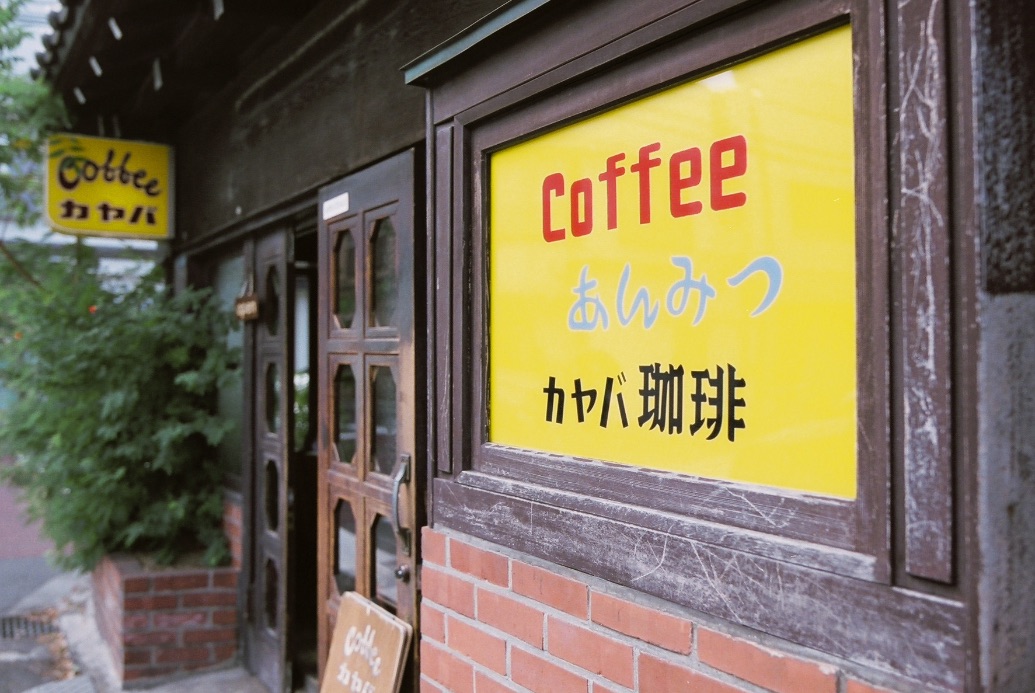
This is a place I’ve visited in my private time out of work and I’m always excited to go. Kayaba Coffee was established in 1938, and actually closed in 2006. But due to public demand, the cafe reopened just two years later in 2008. It’s a popular coffee shop loved by people of all generations.Time to head on in.
The first floor houses the counter and table seats, while the seating on the second floor is traditional zashiki style on tatami flooring. Although it’s a cafe, you I feel so relaxed in there that it’s like I’m visiting my grandma’s house. The sun shines through the big windows, making you all warm and want to take a nap.
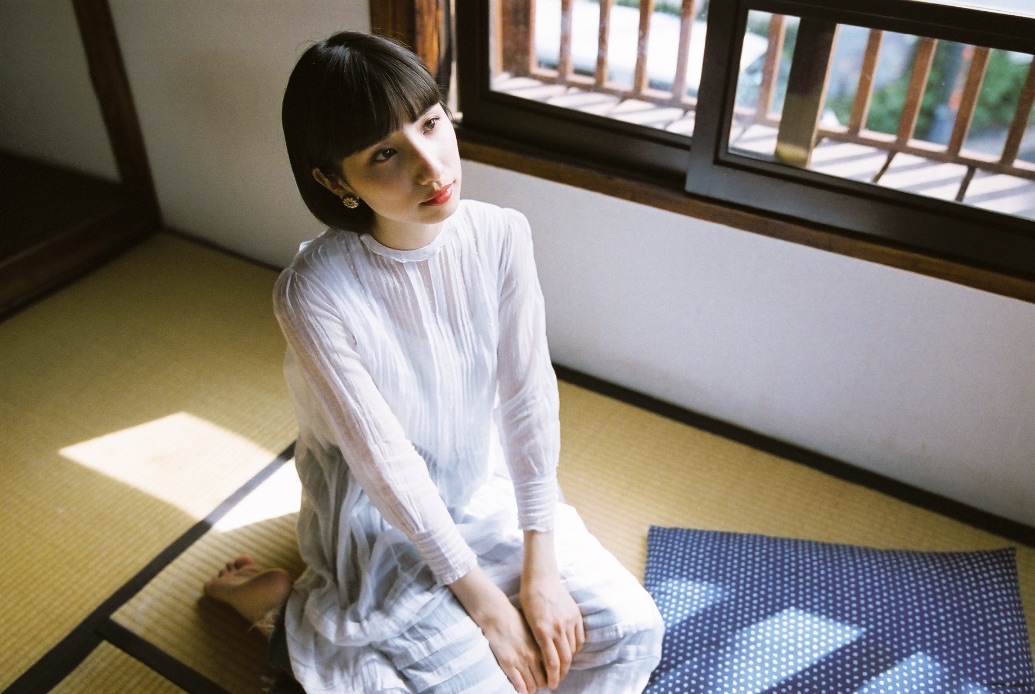
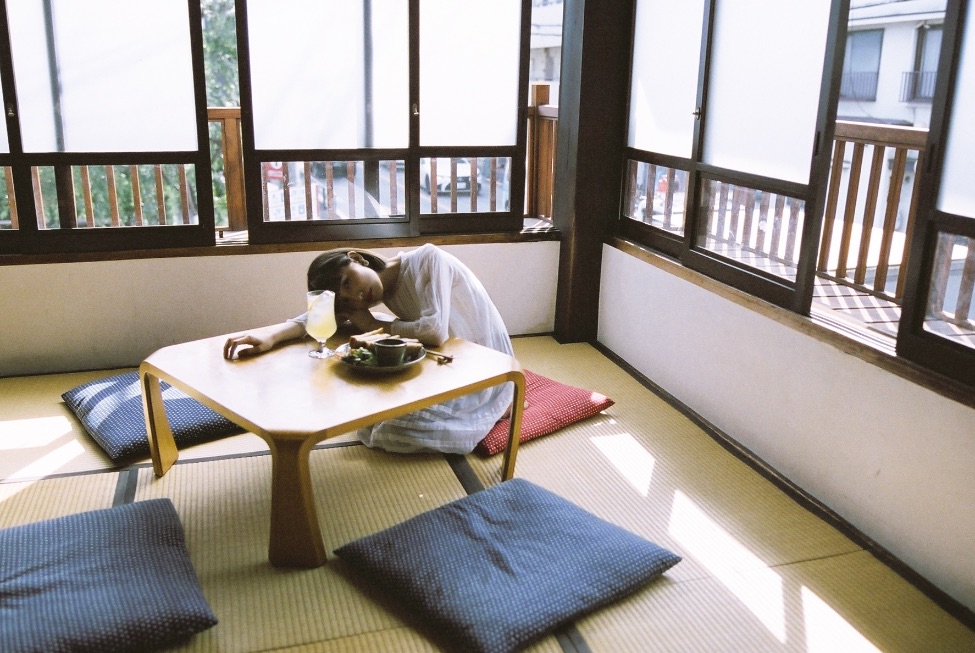
I ordered their super popular egg sandwich! The menu was changed in May this year, and a new and improved version of their egg sandwich was put on there. It’s made using sourdough bread from VANER, a local bakery in Uenosakuragi not far from the cafe.
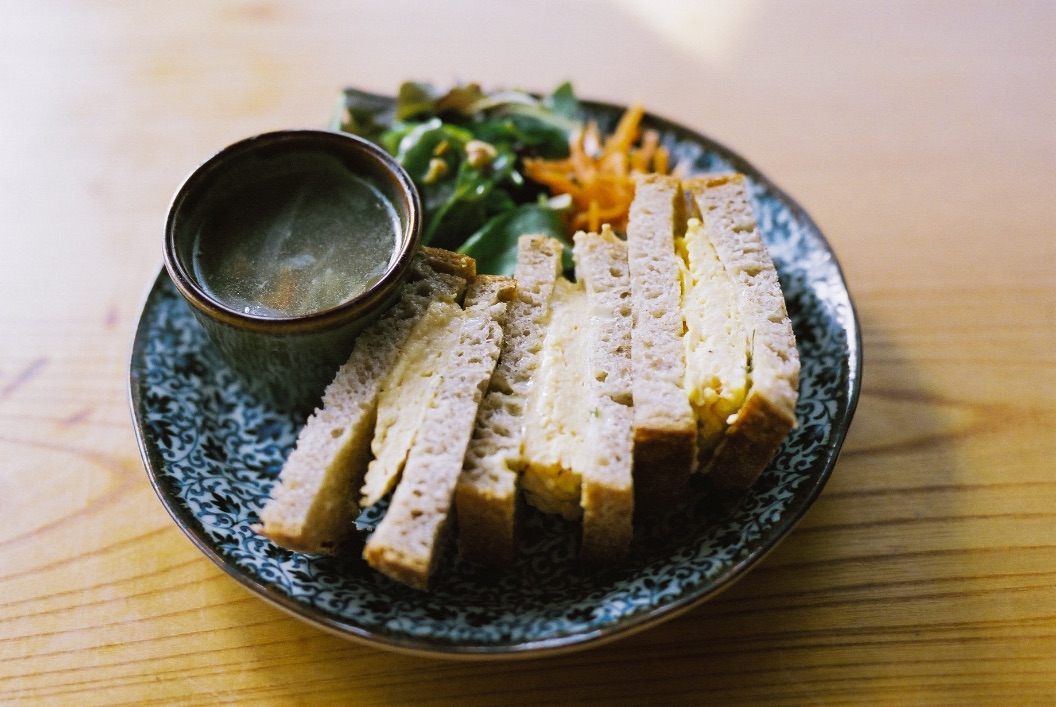
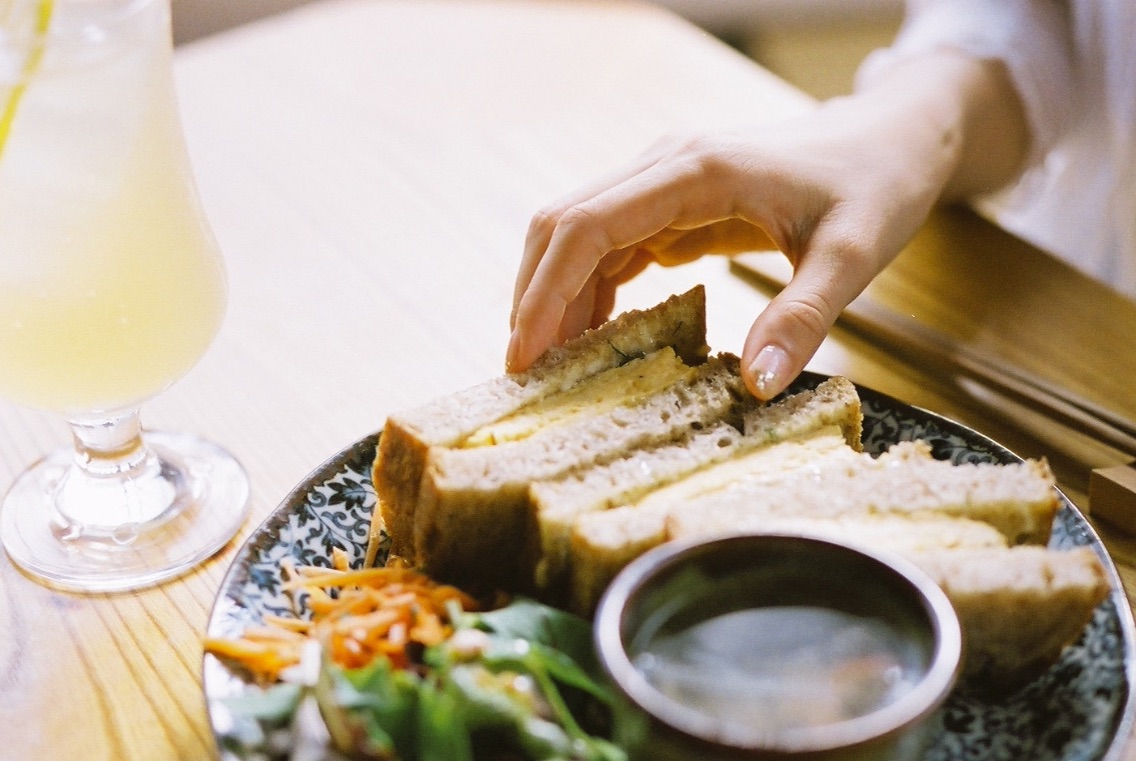
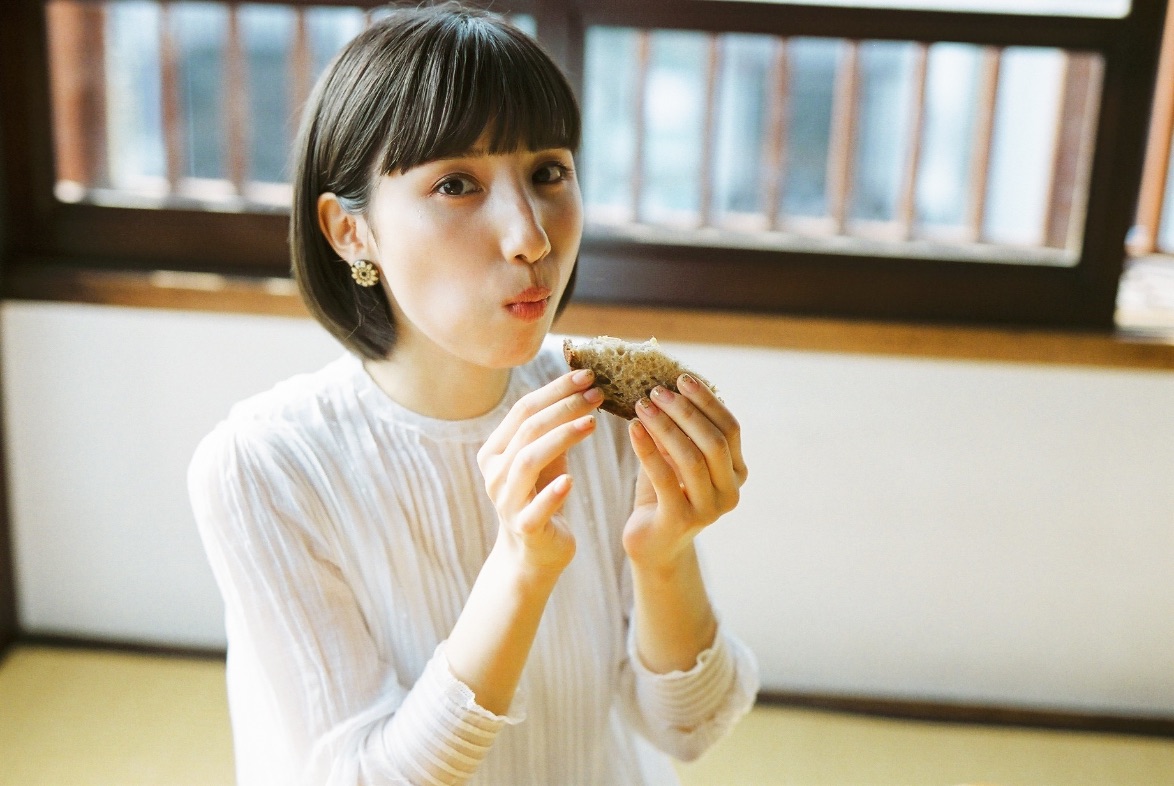
Breakfast Menu – Egg Sandwich | ¥1,000
The chewy, sour bread is the perfect combination with the fluffy eggs.
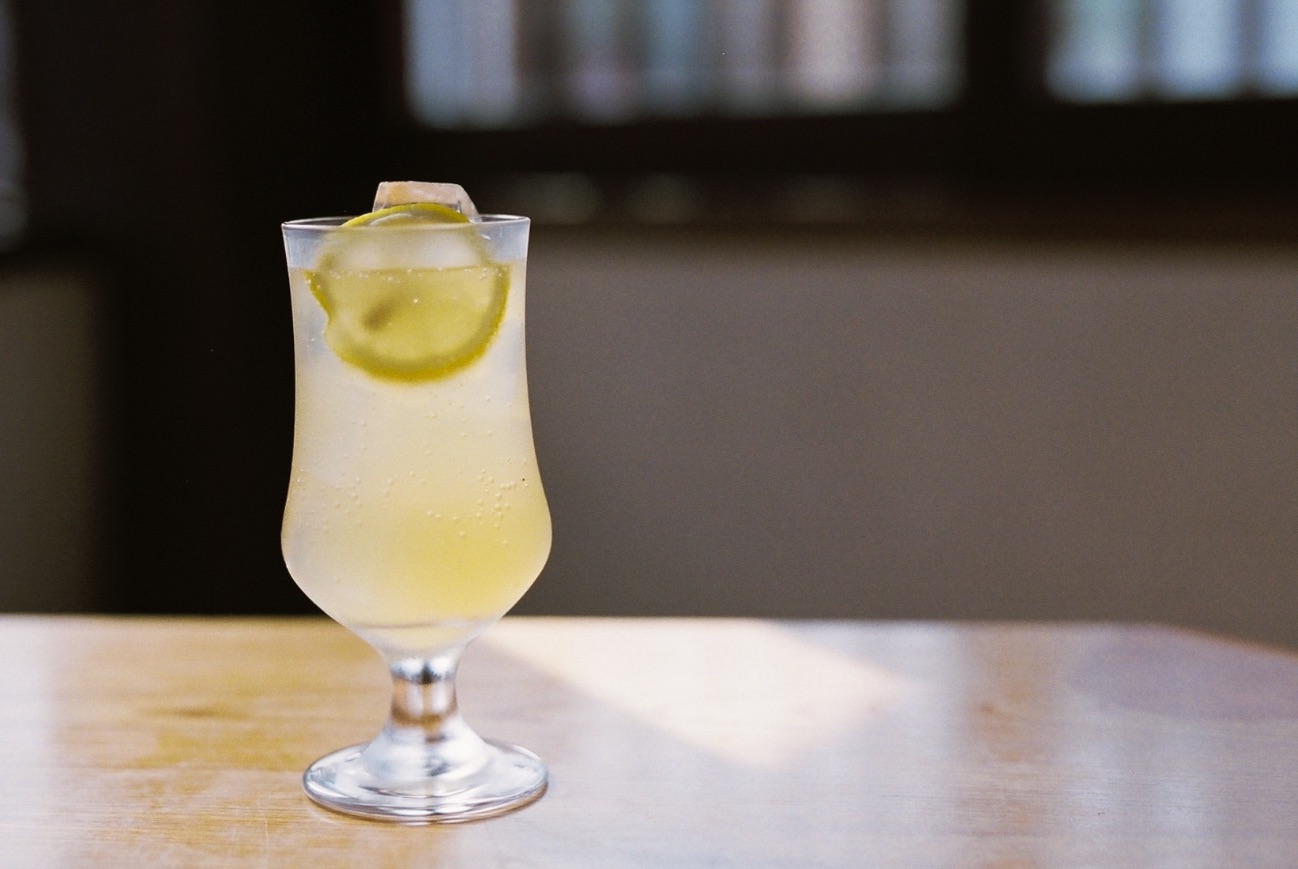
Lemon Squash | ¥600
The lemon squash has a cinnamon aftertaste. Everything on the menu is made with love and perfection; before I realised it, I was hooked on going there.
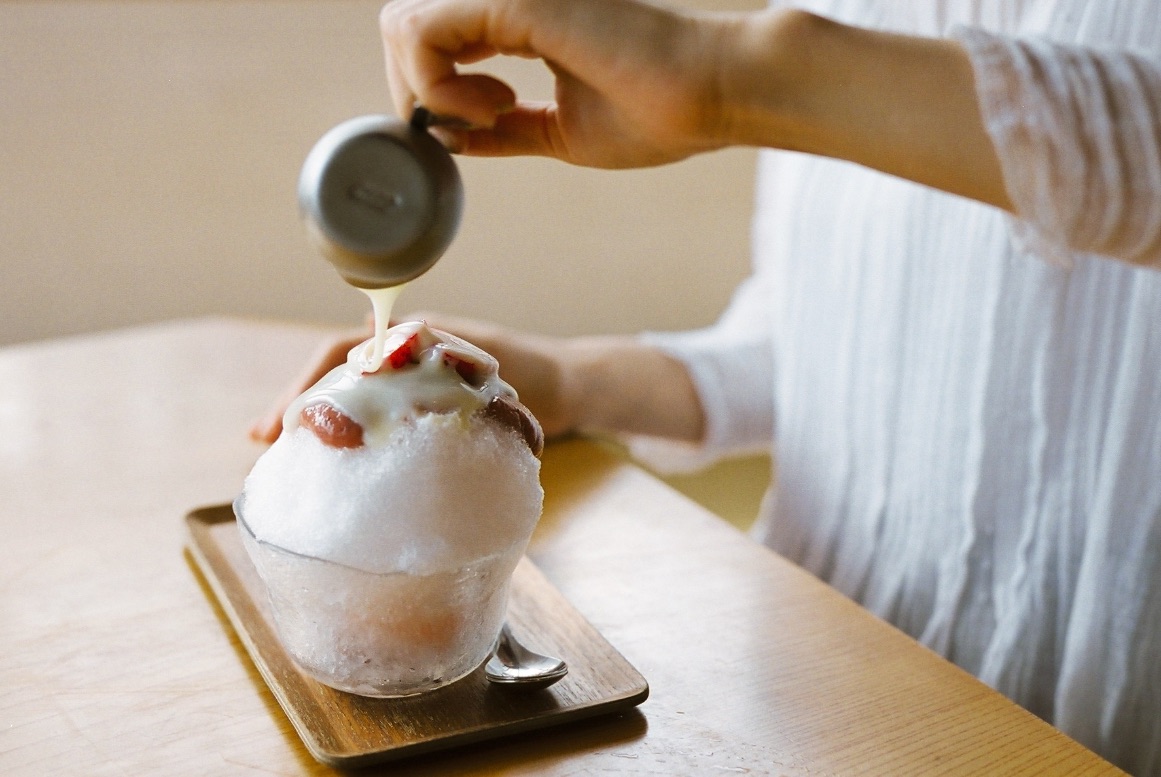
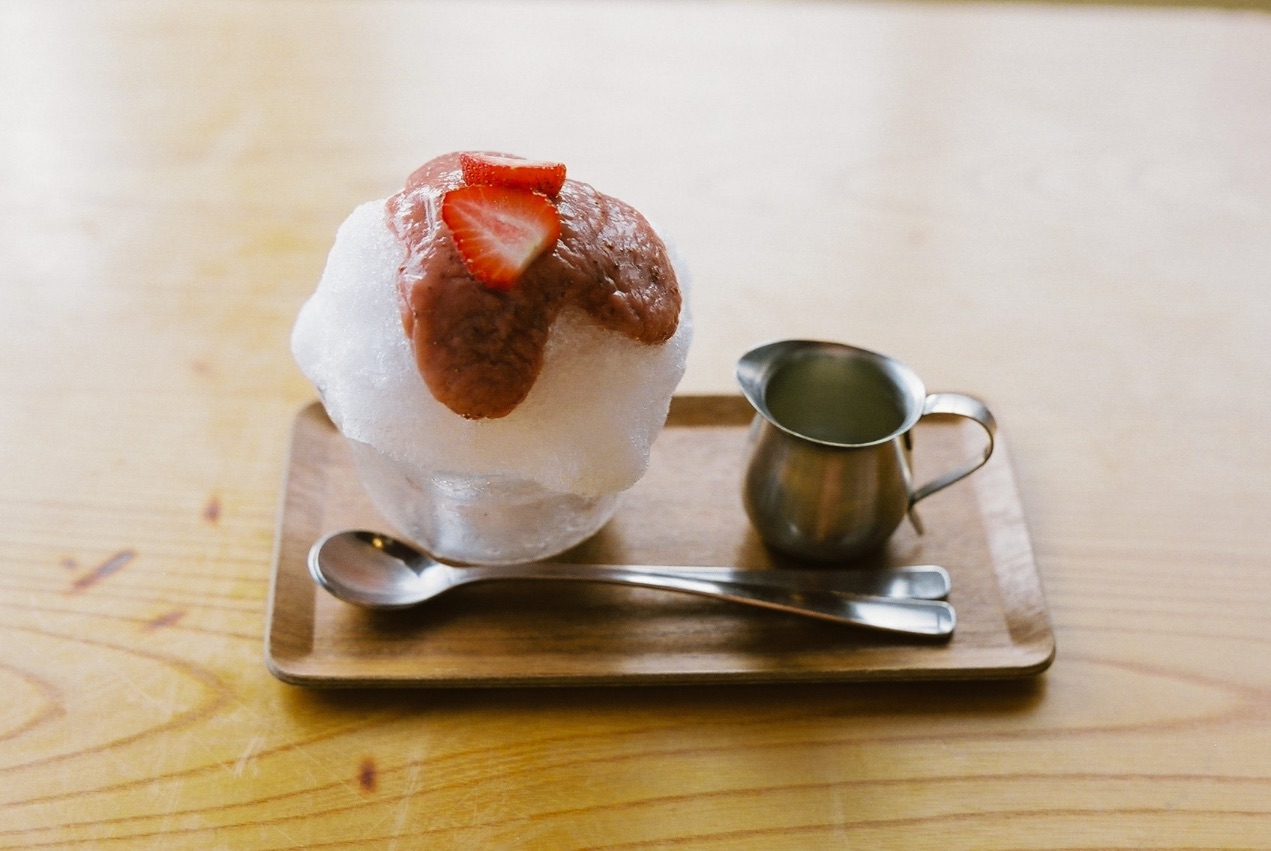
Strawberry Shaved Ice | ¥800
This was my first shaved ice of the year! I went with the classic strawberry flavour. The syrup is super juicy and nearly collapsed the fluffy shaved ice the moment I put it on. It has a syrupy texture and the strawberry juice has a sweet and sour kick that’s just simply delightful♡
And you can make it even sweeter by pouring over your desired amount of condensed milk. It was really tasty.
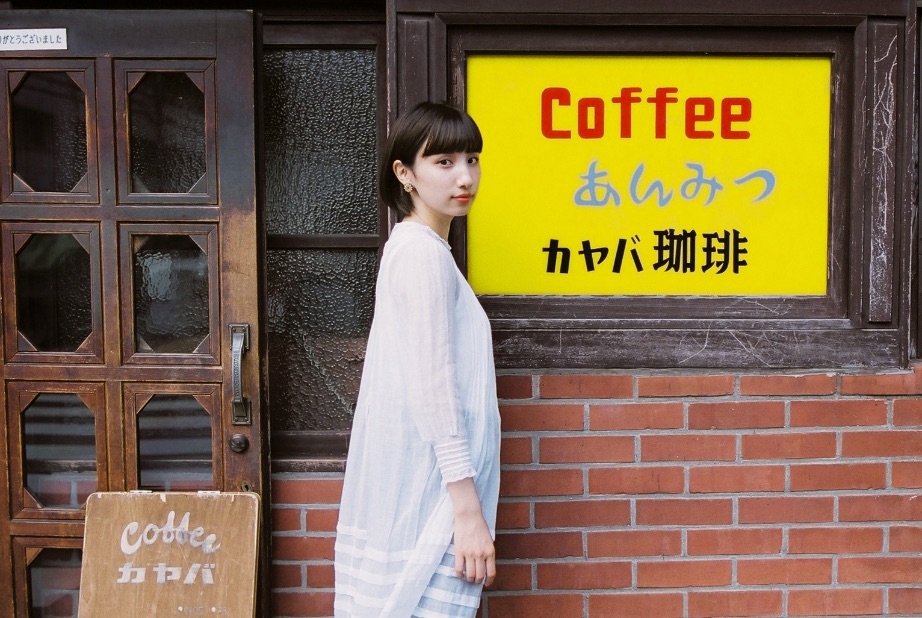
Kayaba Coffee is the same as it was back in the day, and continues to be loved dearly. I think even people who visit it for the first time will feel a sense of nostalgia. If you have a place you can go to relax on bad days or when you’re feeling down, it’s sure to give you the strength to work hard again. This cafe is a wonderful place that’s close to people’s hearts.
I want to visit there again already.
Writer/Model: Ema Tanioku
Photographer: Haruka Yamamoto
Design: Yuko Takayama (ASOBISYSTEM)Translator: Joshua Kitosi-Isanga
Information
Kabaya Coffee
Address: 6-1-29 Yanaka, Taito-ku, TokyoOpening Hours: [Tue-Fri] 8:00-18:00 (Last Orders 17:30) / [Weekends] 8:00-19:00 (Last Orders 18:30)
Closed: Mondays
-
Animal Crossing: New Horizons to Host Kanda Shrine’s Summer Festival In-Game
29.August.2020 | ANIME&GAME
Noryo Matsuri is a popular summer festival held every August at Kanda Shrine in Tokyo, bringing in over 40,000 visitors every year to enjoy a variety of fun and exciting activities like the big bon-odori dance to anime songs, live performances, events in collaboration with anime series and more. Unfortunately, the event was cancelled this year due to COVID-19.
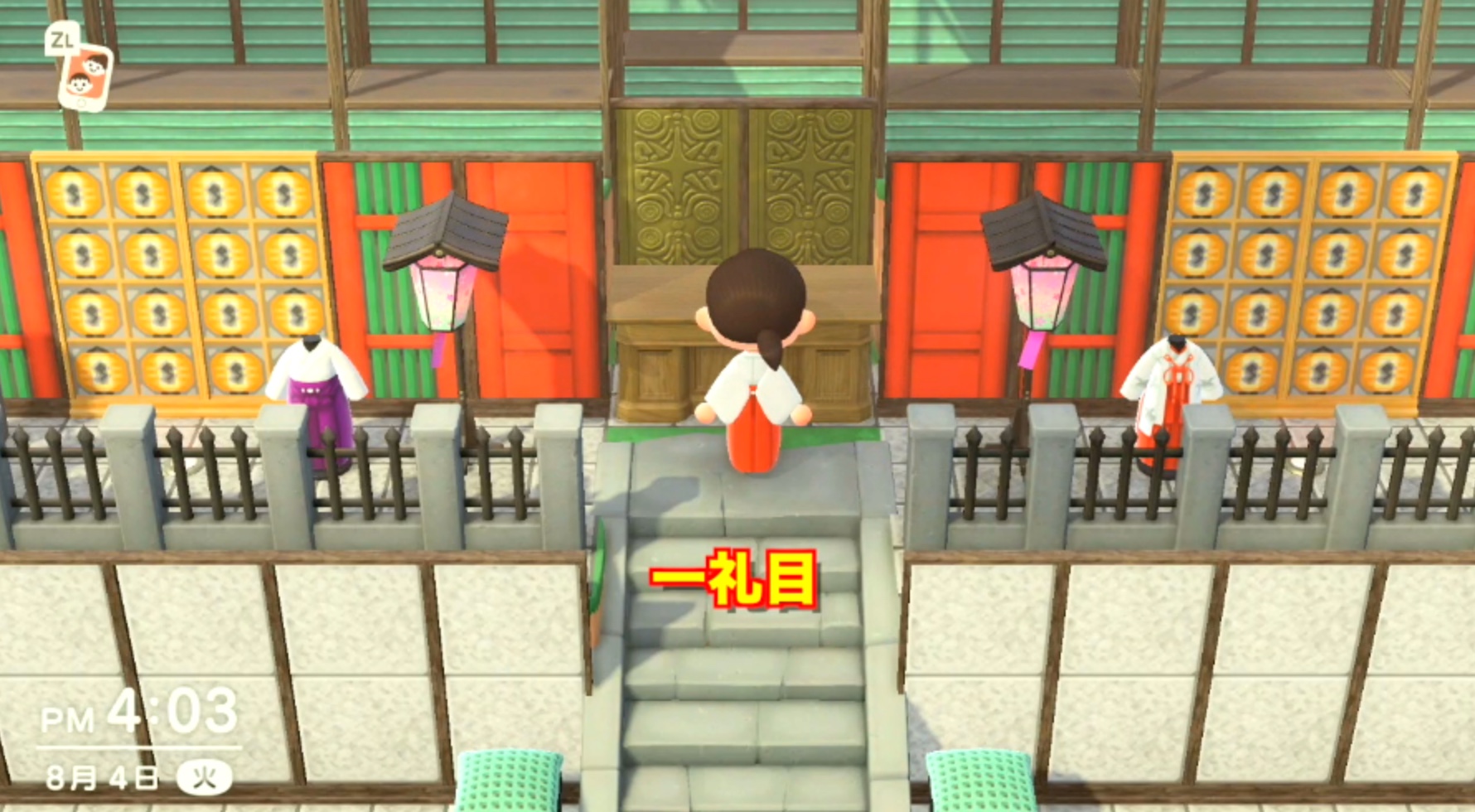
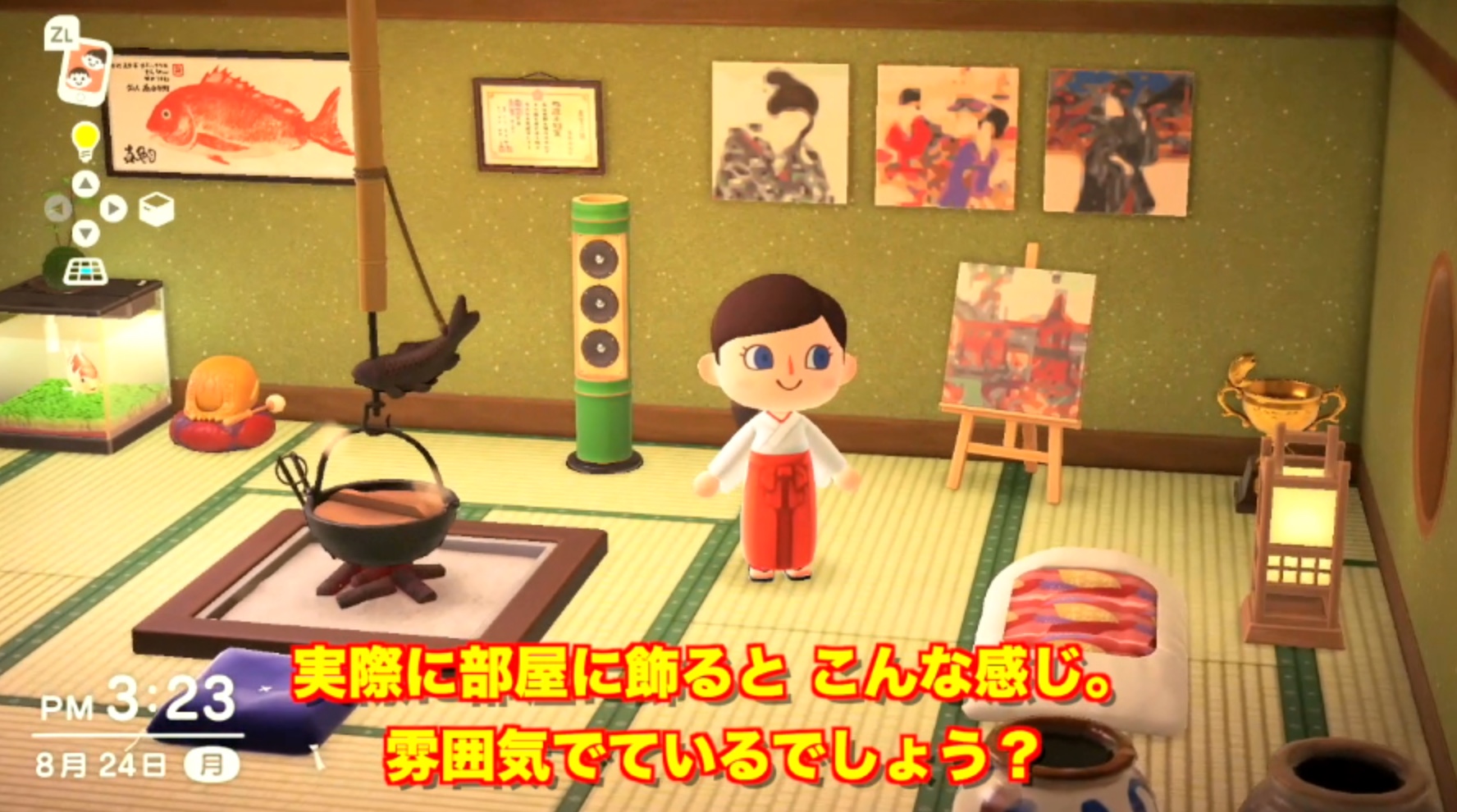
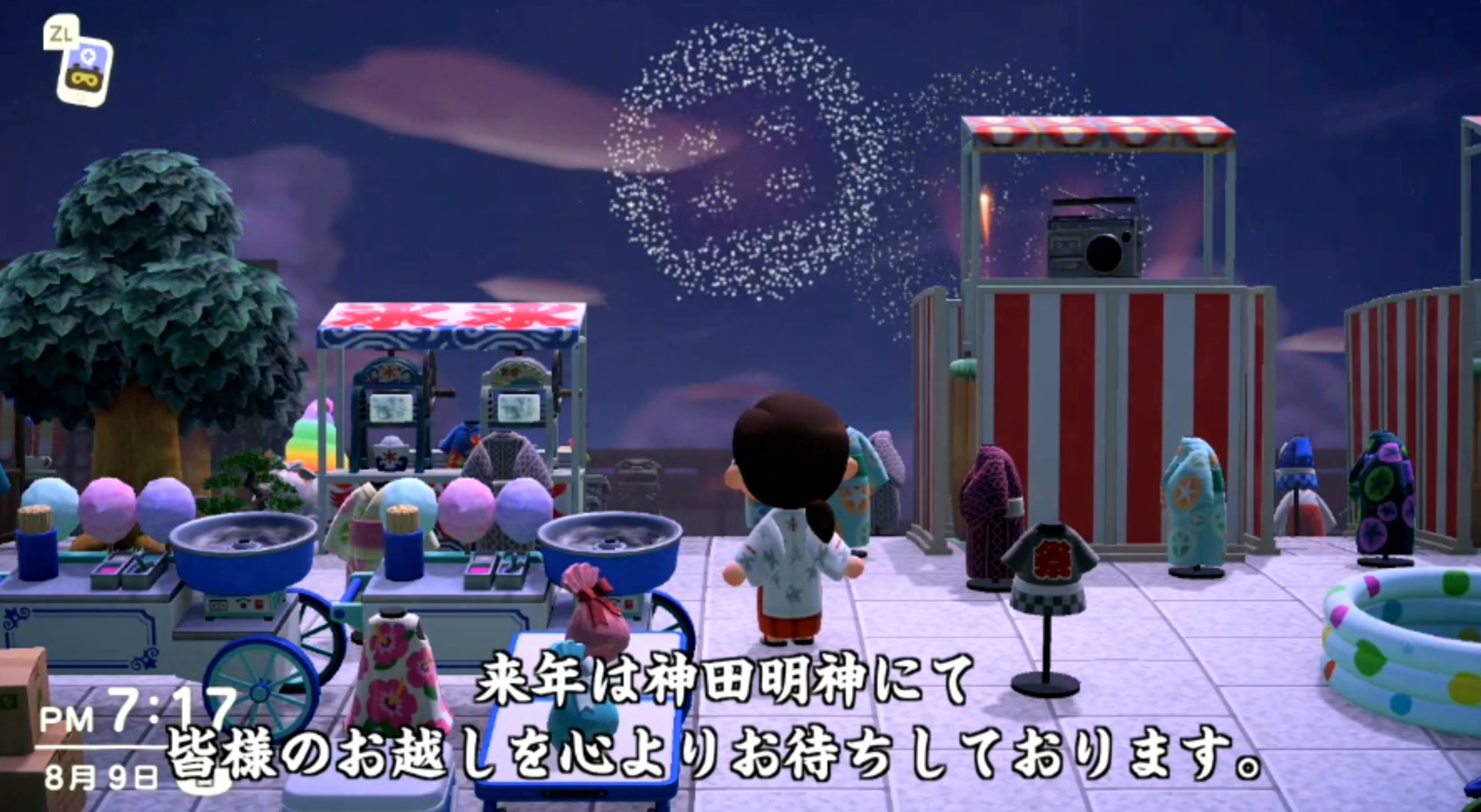
However, that isn’t stopping the festival from being held in some sort of form. In fact, the festival organisers are teaming up with Animal Crossing: New Horizons to bring the festival to the Nintendo Switch title in Japan.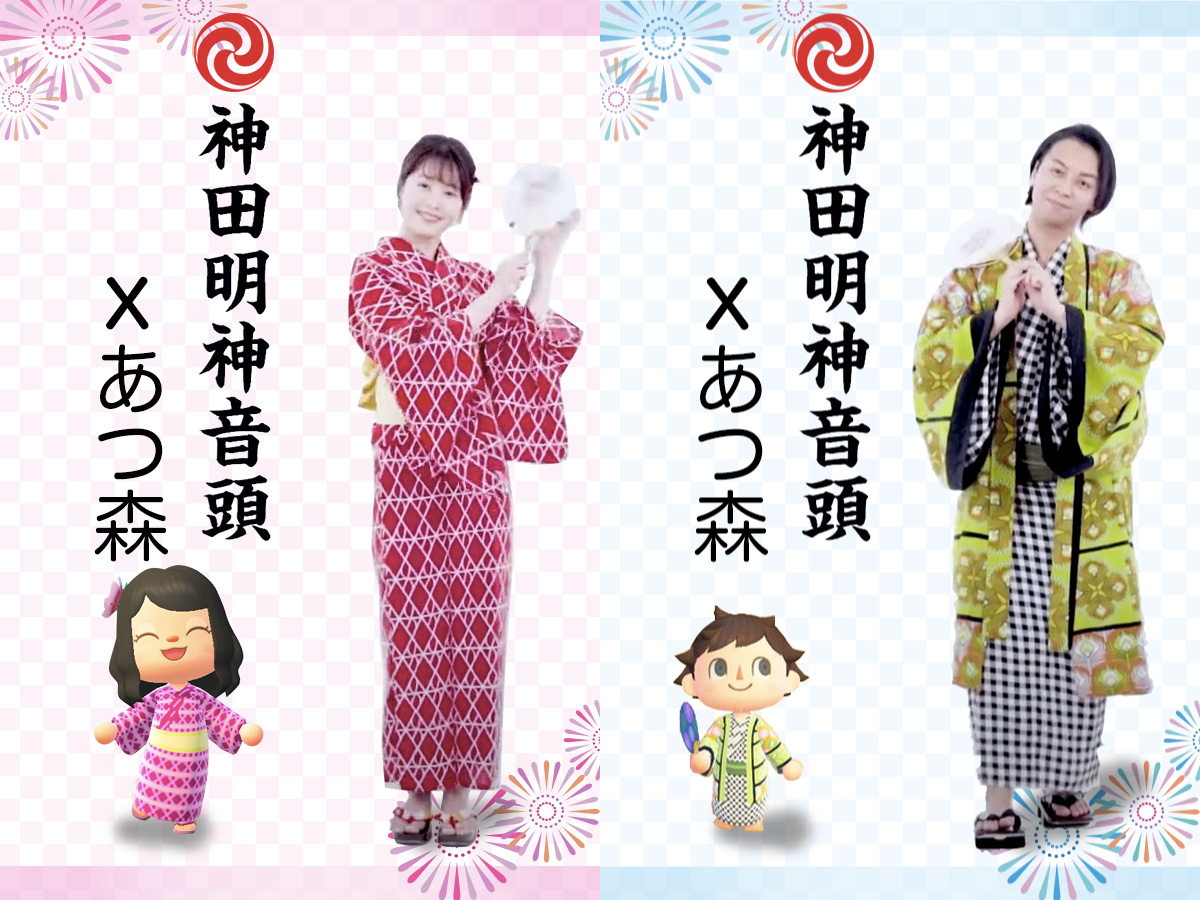
Players can even get their hands on some original Kanda Shrine outfits, as well as visit Kanda Shrine Island by using Luna’s dreaming service in game (until September 30).
Information
Kanda Shrine Noryo Matsuri x Animal Crossing
Release Date: August 28, 2020 at 10:00 (JST)
Official Website: https://www.kandamyoujin.or.jp/atumori/Dreaming Service: August 28, 2020 – September 30, 2020
Dreaming Service ID: DA-0760-0601-9410 -
Tokyo Stroll: The Café That You Want to Visit to See Someone #13 – ‘Sepia’ in Shibamata
In this edition of The Café That You Want to Visit to See Someone, I visited Sepia in Shibamata, a Showa-retro style cafe which I’ve always wanted to visit.
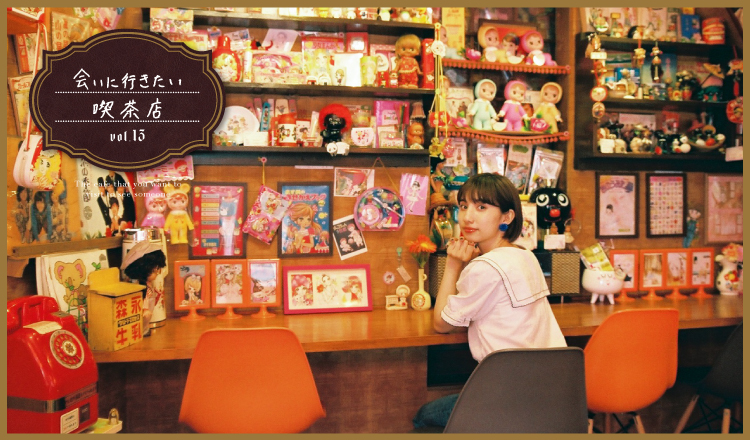
The cafe is just a 2-minute stroll from Shibamata Station which appears in the Japanese film Otoko wa Tsurai yo. The walk along the road that leads to Sepia, which is nearby the Buddhist temple Shibamata Taishakuten, is a pleasant one. Tokyo is a city consistently perceived as one that is cutting-edge in every aspect, but what I felt from each and every building surrounding Shibamata Station was a kind of warmth that you feel when something has history to it.
It’s been seven years since I came to Tokyo. Visiting Shibamata made me me realised how many places there are which I still don’t know about. It invigorated me. As my mind wandered with these pondering thoughts, I finally spotted the sign outside the cafe, and it sure is a cute one!
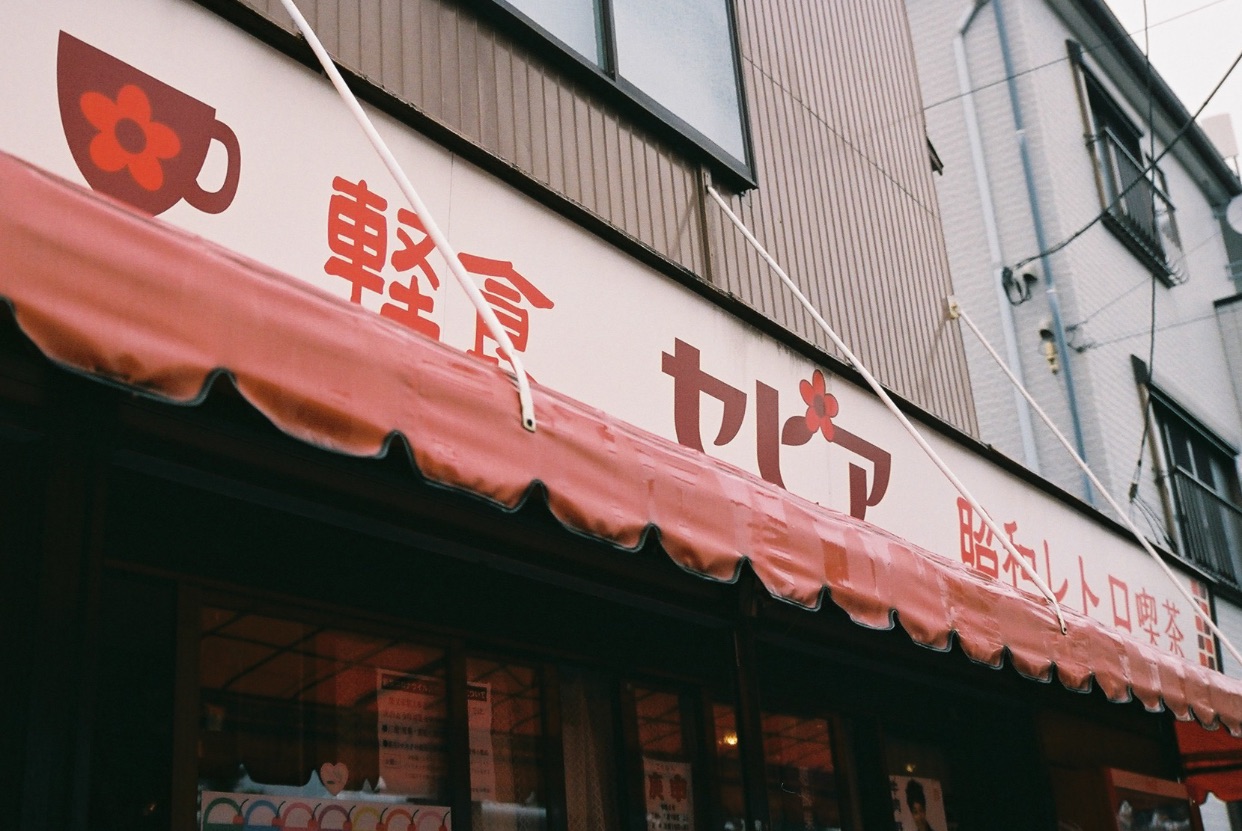
The moment I stepped inside, I stood, my mouth agape, and looked at my surroundings. It’s the first time I’ve entered such a bright, shining cafe. It was littered with characters I’ve never seen before, manga, magazines, and more.
When you hear the word kira kira (“glitter,” “sparkle”), the first thing that comes to mind for a lot of people is probably Harajuku and the Harajuku style, but Sepia’s version of kira kira is a nostalgic one betwixt 1965 and 1975 during the Showa Period. The cafe is incredibly delicate in every spot and corner, like I’m looking inside some grand treasure chest.
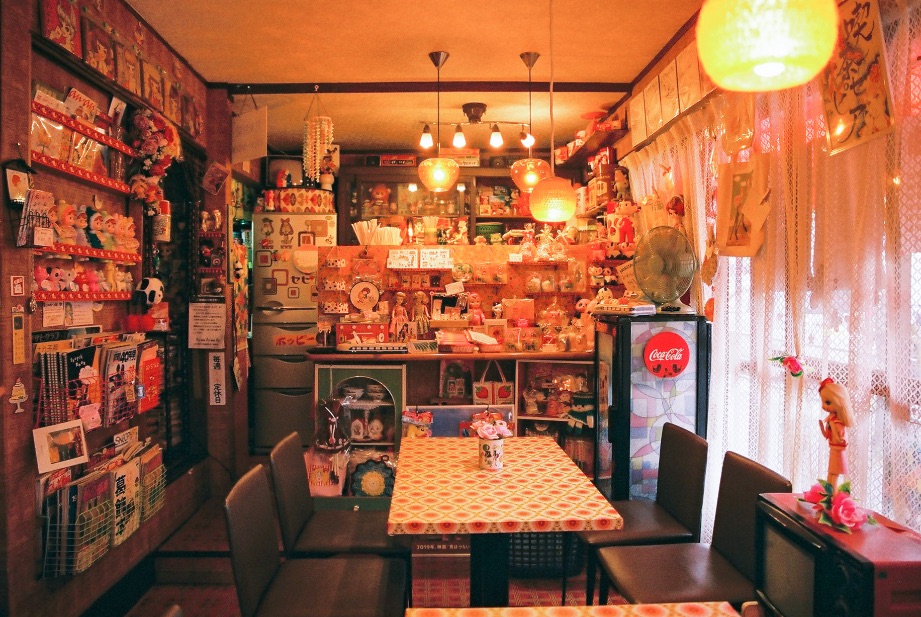
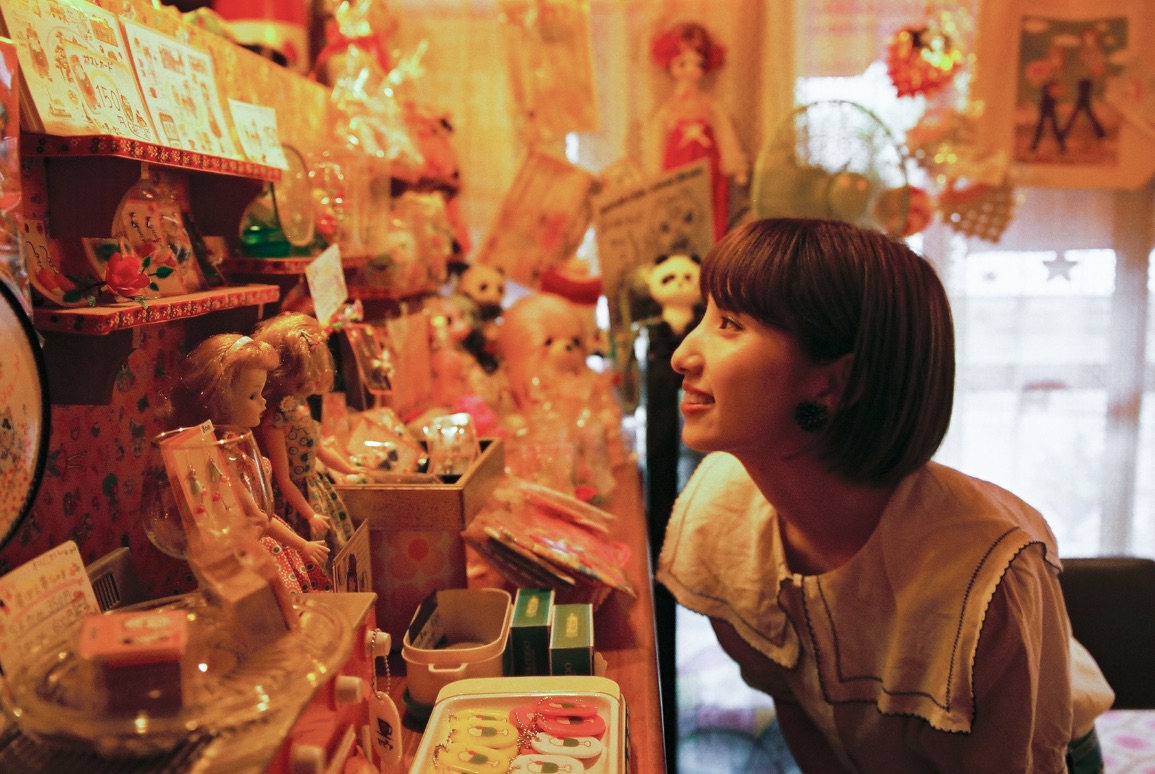
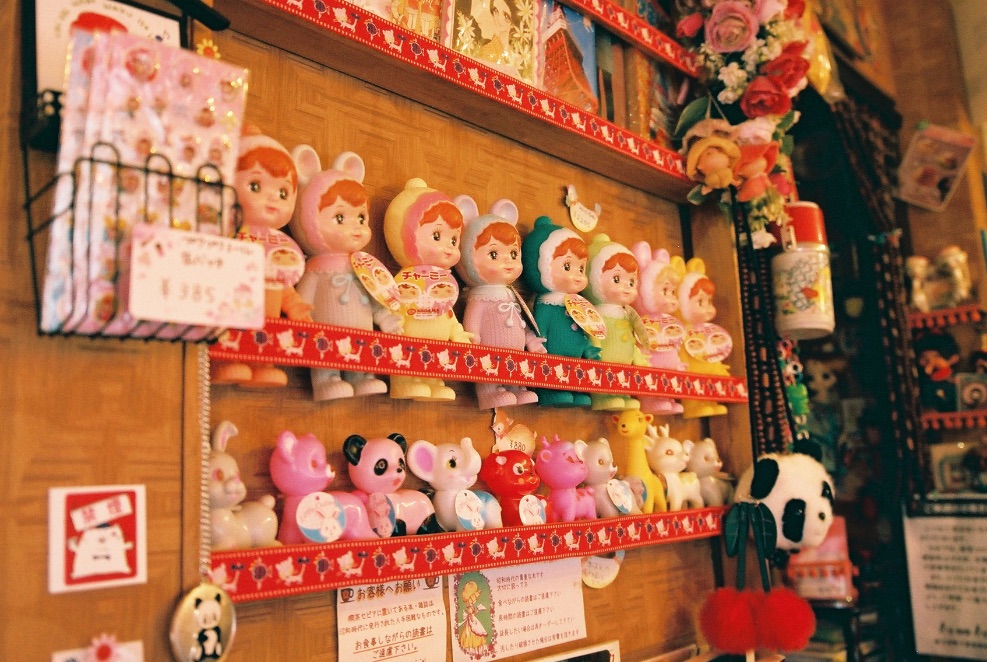
The owner of Sepia is Kiyoko Hasezawa. The cafe gets its name from the manga Milky Sepia Monogatari by Ako Mutsu. Ms. Hasezawa said that she wanted to bring to life the world of the manga she loved. The cafe is full of her dreams and is enjoyed by everyone, both children and adults alike.
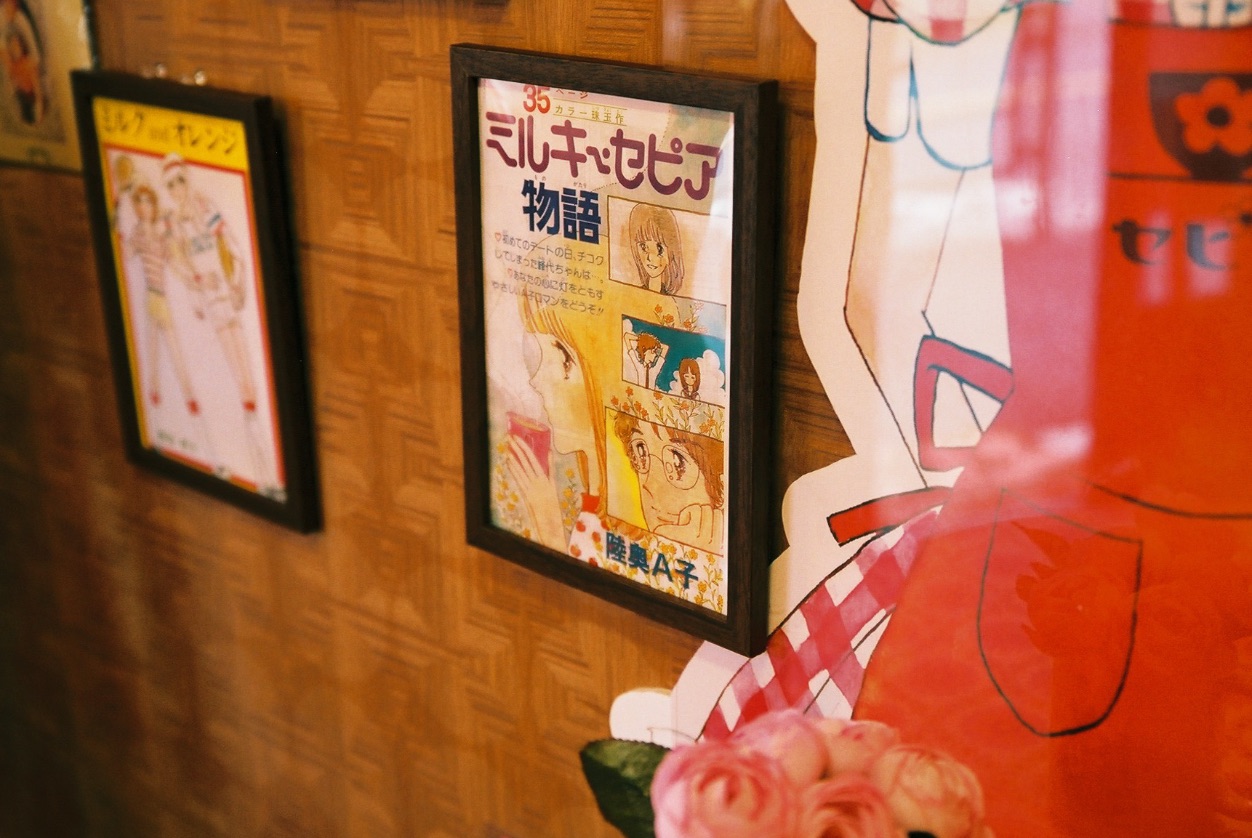
The cafe menu is even inspired by the food that appears in the Milky Sepia Monogatari manga. The hard pudding I had, which combined caramel sauce and cream, was an absolute delight.
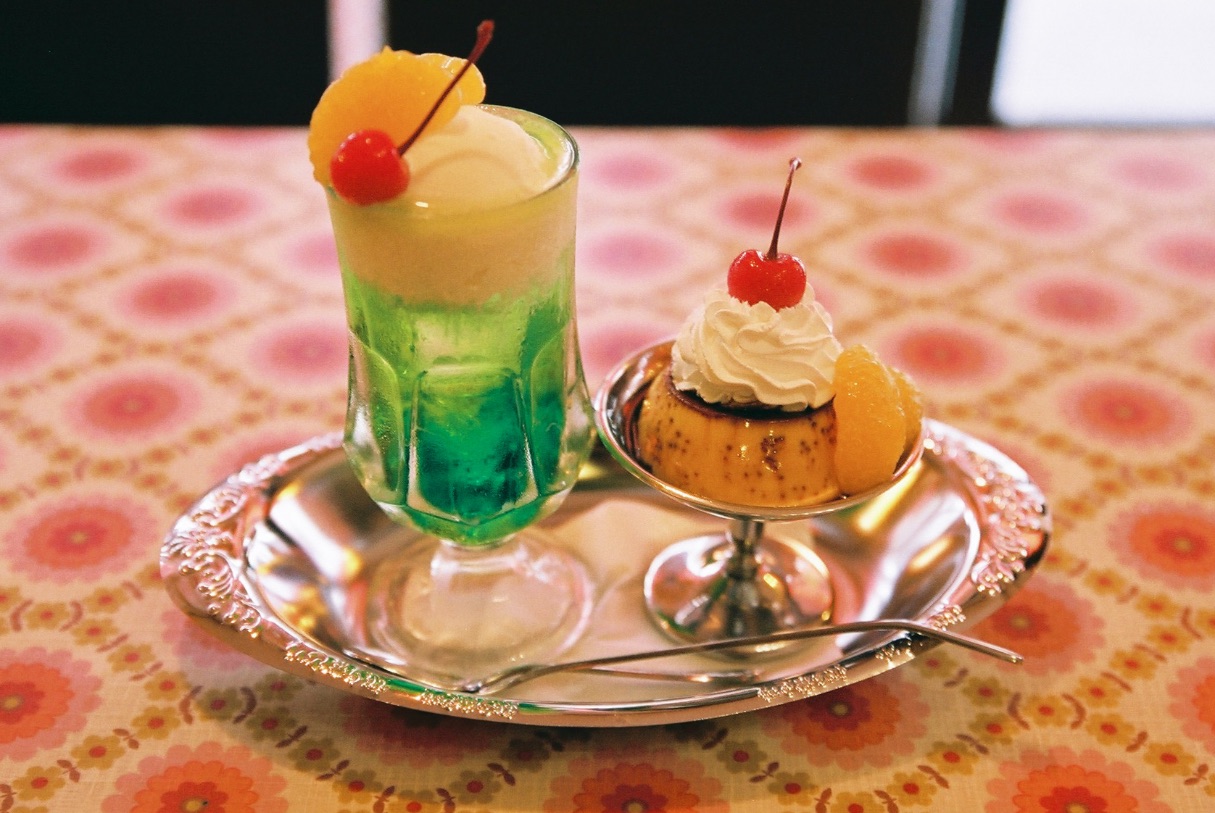
Homemade Showa Pudding & Cream Soda Set: ¥1,200
If we’re talking cafes, then you can’t go wrong with cream soda. The cream soda served at Sepia comes in seven different flavours and colours: melon, Blue Hawaii, strawberry, lemon, peach, grape, and orange. I was spoilt for choice on which to go for, but in the end I went with the pink-coloured strawberry. It had a sweet flavour and was really delicious.
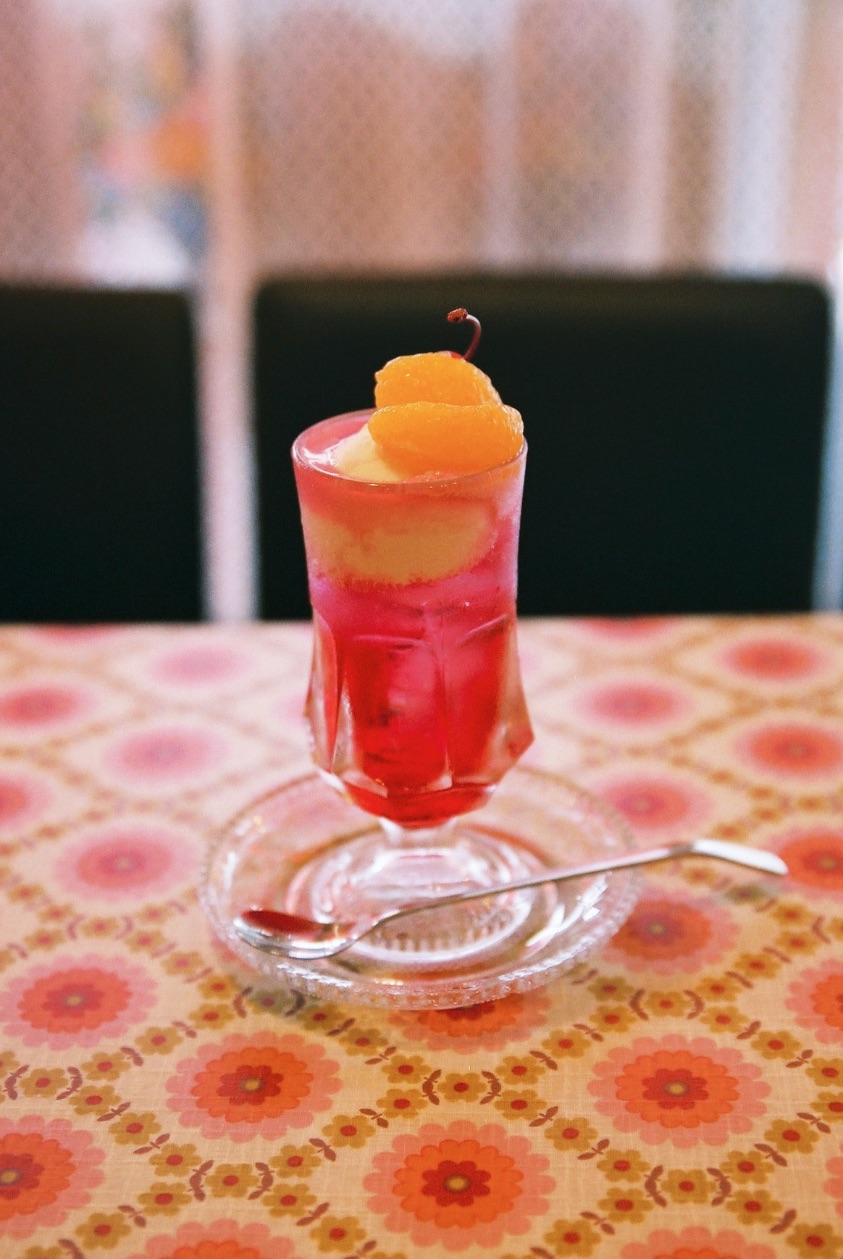
Strawberry Cream Soda: ¥750
I devoured the hotcakes too. The pastry was so fluffy and tasty – I could have eaten a hundred of them. The second one I ate with honey.
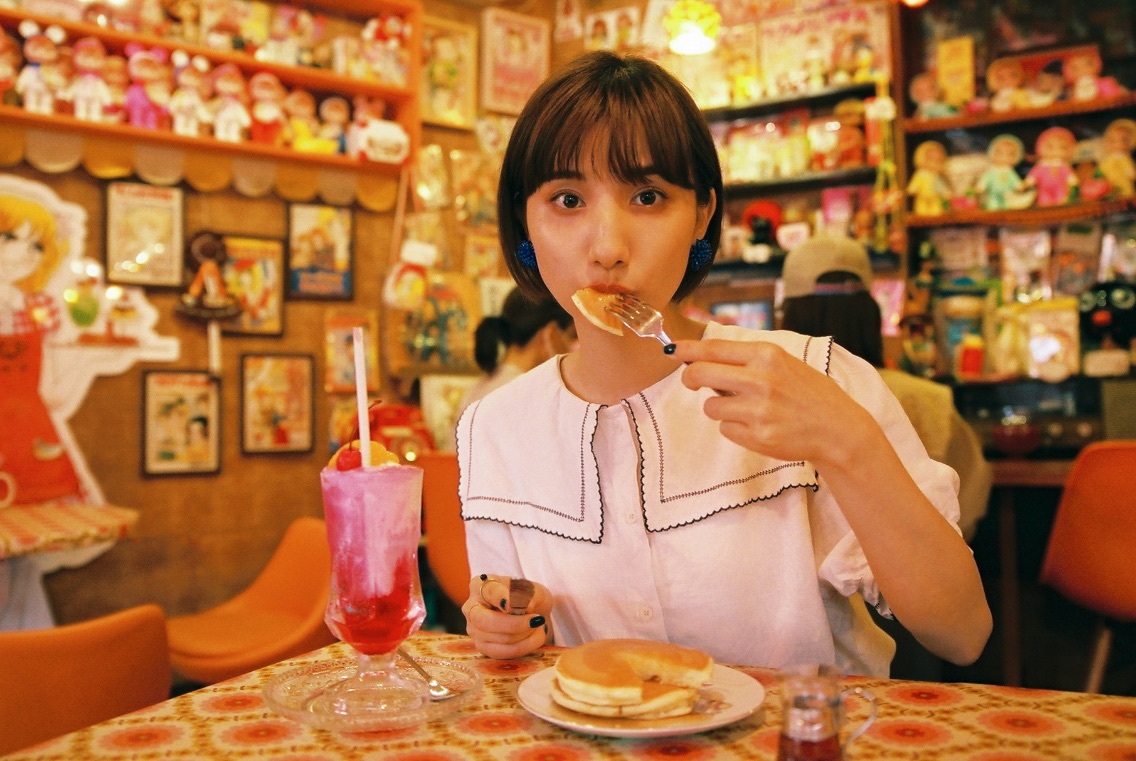

Hotcakes: ¥600
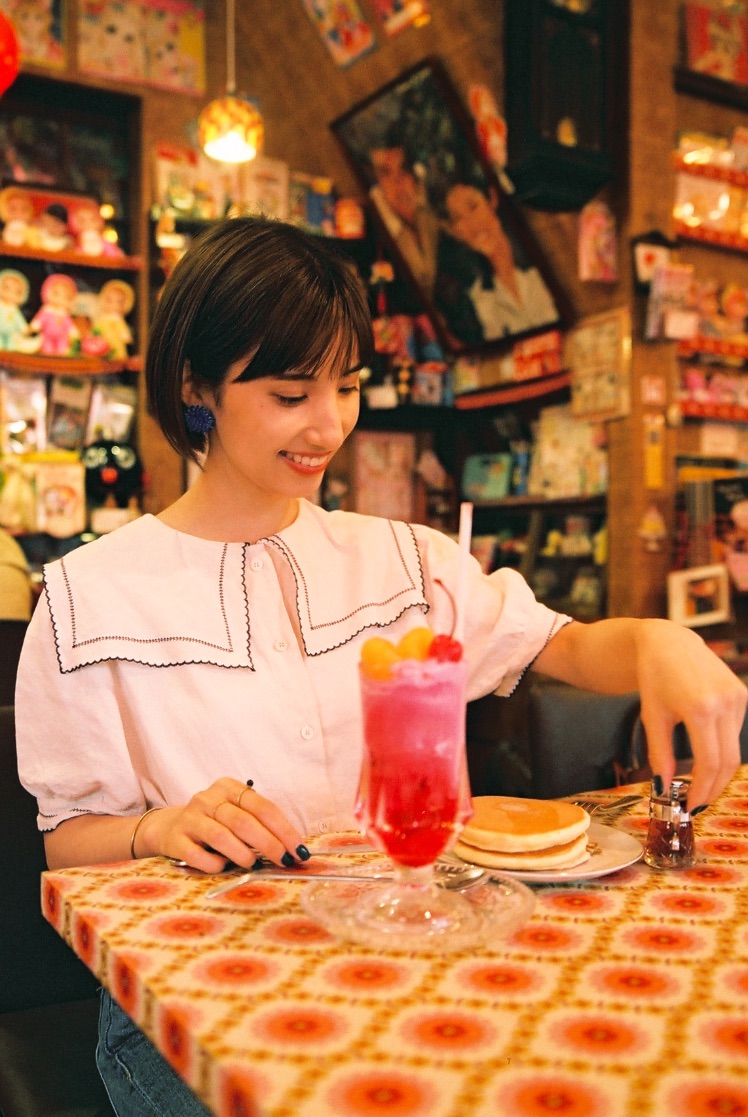
At the back of the cafe, they also have the “Candy Candy Museum.” There’s a personal collection of items from Candy H Milky, a female fashion enthusiastic who used to be a customer at Sepia. There’s a photo spot for snapping a photo in the cafe too.
It’s a great time getting to go and look at the displays after eating. I recommend going to see the collection yourself with your own eyes. Entry to the museum is ¥300.
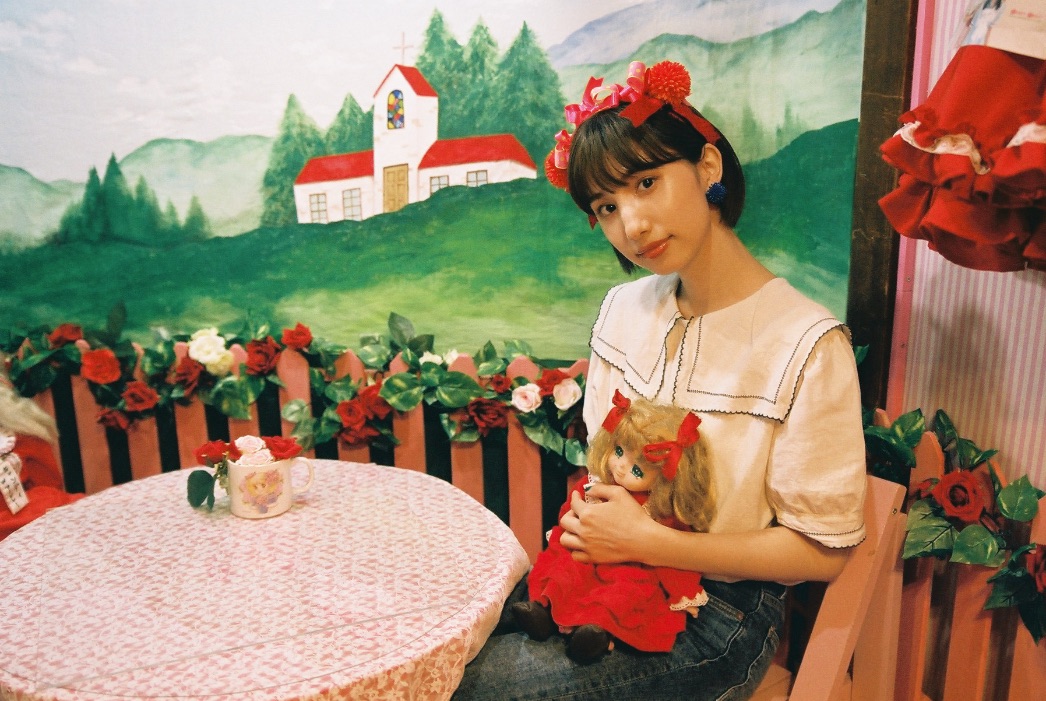
There’s a tearoom up on the second floor which has a nostalgic vibe to it. I felt warm and relaxed, like I’d been transported to my grandma’s house.
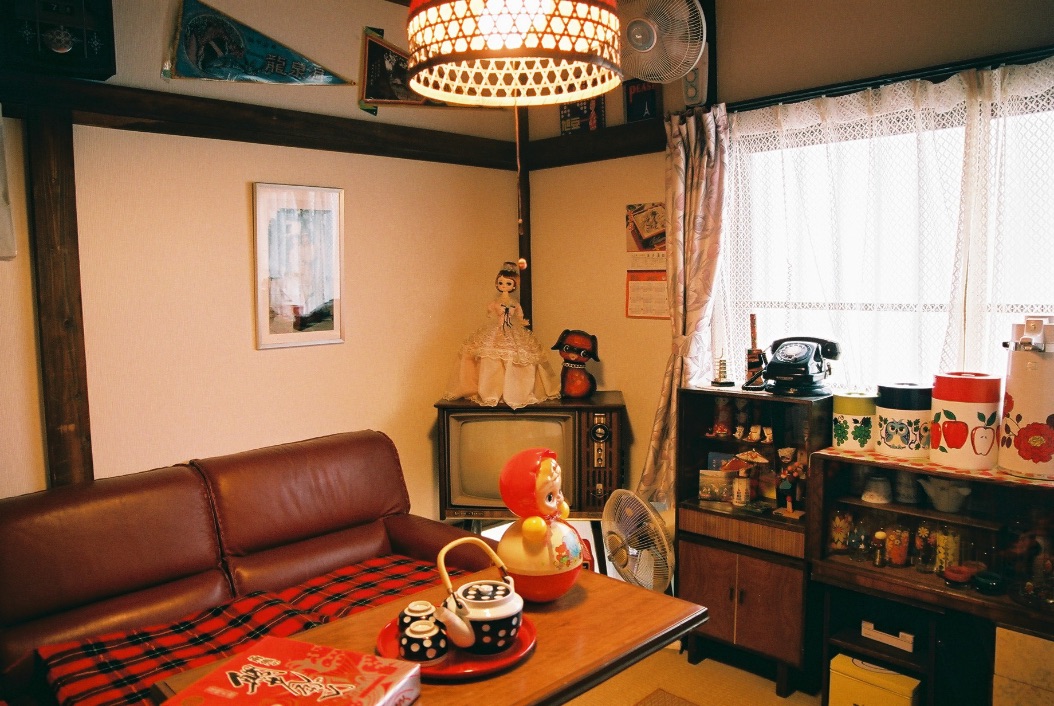
Humans can’t travel back in time, but if we look after mementos properly, we can go back there in our minds and memories. Sepia, a place that continues to be cherished and loved, is everybody’s treasure trove.
My oh my, I really want to go back there again.
Writer/Model:Ema Tanioku
Photographer:Haruka Yamamoto
Design:Yuko Takayama(ASOBISYSTEM)Information
Sepia
Address: 7-4-11 Shibamata, Katsushika-ku, Tokyo
Days Open: Fridays, Saturdays, Mondays
Business Hours: 12:00-17:00 (Last Orders 16:30)
For the latest information, visit Sepia’s official Twitter page @sepia_mama -
Kyoto’s Famous Kifune Shrine Celebrates Tanabata With Bamboo Lamp Light-Up
07.July.2020 | SPOT
Kifune Shrine, which is dedicated to the god of water Takaokami no Kami, is currently holding evening illuminations with Tanabata bamboo lamps until August 15, 2020.
About Kifune Shrine
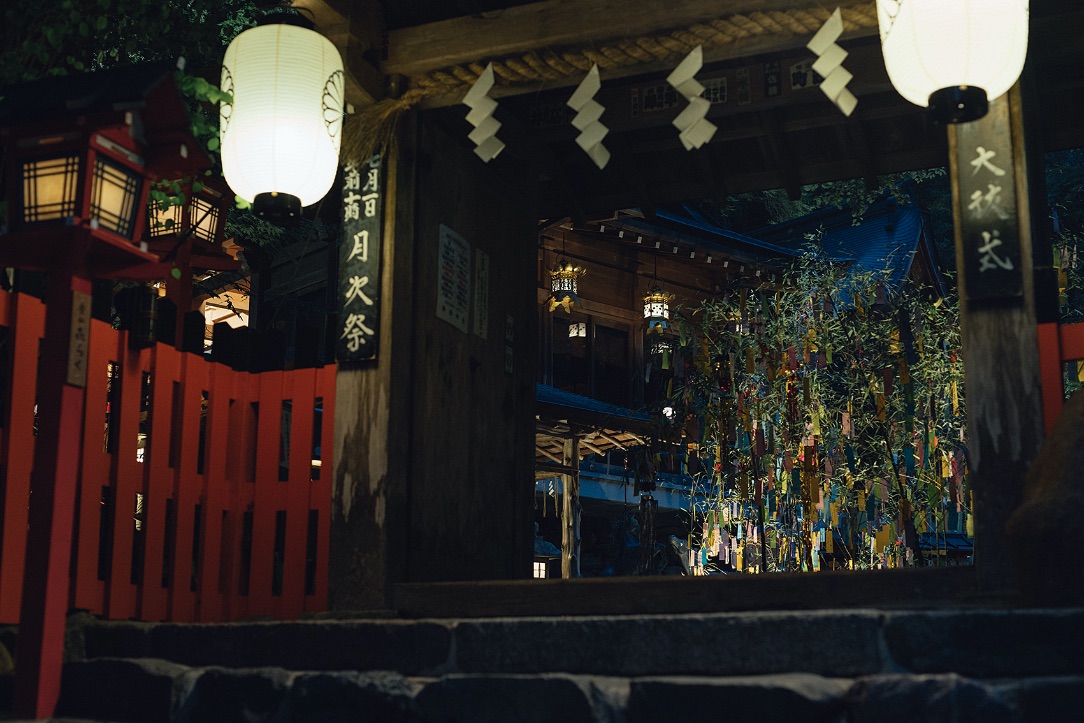
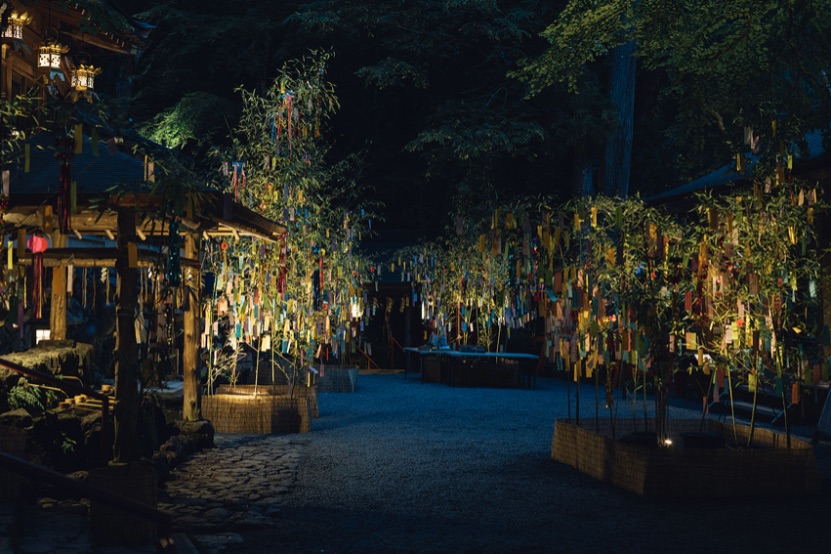
Kifune Shrine is one of Kyoto’s foremost historical shrines. Records show that the shrine was already built in 677 during the reign of Emperor Tenmu. It is located near the source of Kamo River and is dedicated to the god of water who is said protect Kyoto’s water sources. The area is also known for kawadoko which is where Kibune’s restaurants build platforms over the river where visitors can enjoy their meal as the water flows beneath them.
Kifune Shrine and Tanabata
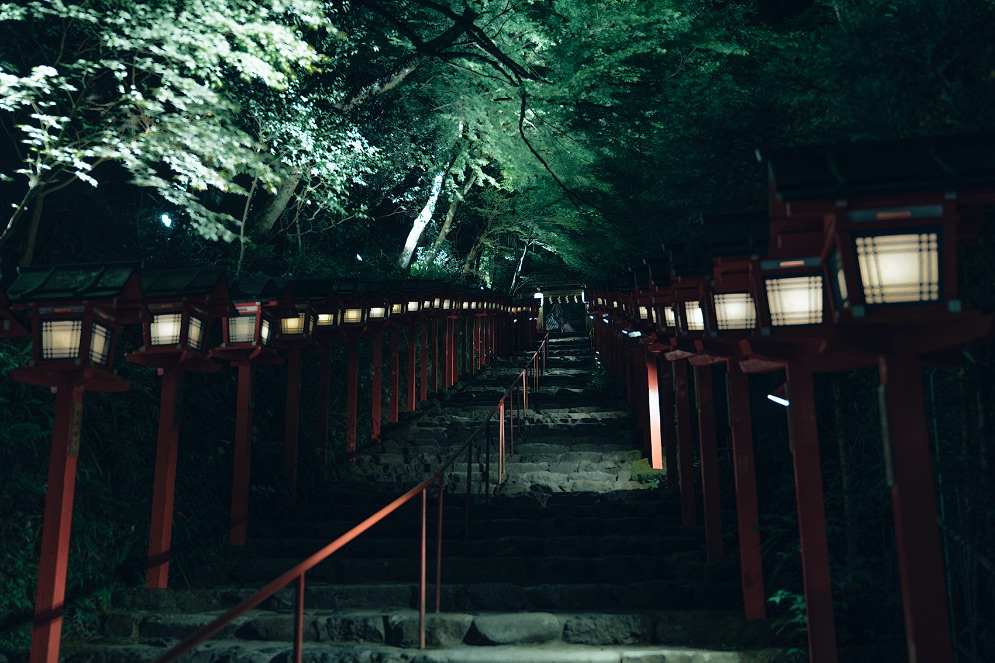
Tanabata is said to originate from the Suijinsai Festival (Water God Festival), with the stars themselves as the god of water. At Kifune Shrine, which is dedicate to Takaokami no Kami—the god of water—people not only pay their respects to the blessing of water, but hold Tanabata events as well as the Kifune Water Festival.
For this year’s Tanabata event, bamboo lamps will be lit up with wishes written on them by people.
Tanabata Shinto Rituals and the Kifune Water Festival
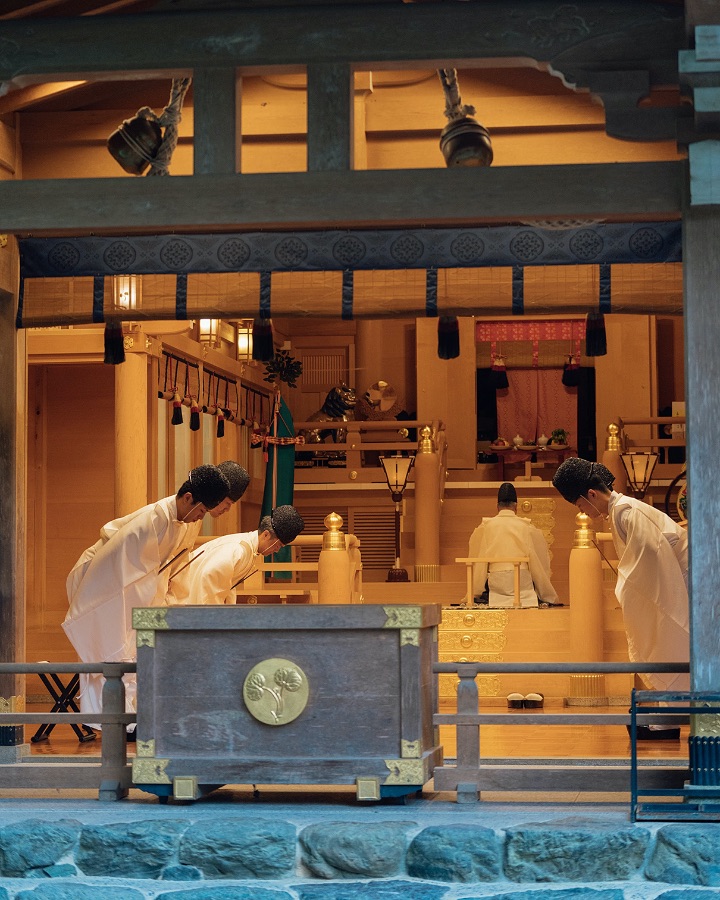
Tanabata Shinto rituals and the Kifune Water Festival will be held on July 7 where people will express their gratitude to the god who watches over Kifune’s waters as well as pray for water’s blessing throughout the year.
Information
Kifune Shrine Tanabata Bamboo Lamp Light-Up
Running: July 1, 2020 – August 15, 2020
Time: From sunset to 20:00
Location: Kifune Shrine, 180 Kuramakibunecho, Sakyo-ku, Kyoto
TEL: 075-741-2016Official Website: http://kifunejinja.jp
-
Kyoto Sightseeing | Yokokuji Temple’s Annual Hydrangea Week Event Announced
13.June.2020 | SPOT
This year’s Hydrangea Week at Yokokuji Temple is set to take place from June 13 to July 5 where 5,000 breathtaking hydrangea will take over the temple grounds.
Yanagidani Kannon, also known as Yokokuji Temple, is located in Kyoto Prefecture’s city of Nagaokakyo and has been used as a place of prayer for many people with eye disease since the Heian Period. It is believed that praying at the temple will cure eye disease.
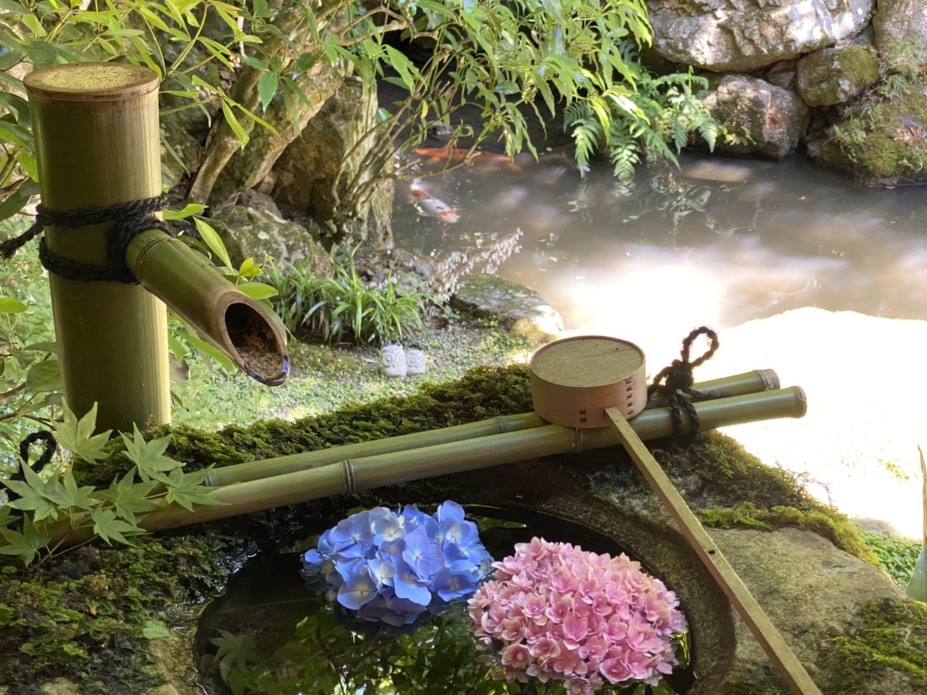
Special Opening of the Joshoin: Spectacularly Lush Flowers
Normally, the Joshoin only opens on the 17th of every month, but for this autumn week event, it will be open every day. It’s an area normally limited to officials and those in the imperial family. The beauty of its autumn colours have come to be enjoyed by VIPs, dating back to the pre-war period when it was designated as a place of scenic beauty. The Nanboku-cho Period painting Amida Sanzon Raigo Zu of Amida standing on a lotus pedestal will be displayed during the opening.
Entry Price: ¥1,000
Entry Times: 9:30-14:30
Limited Edition Goshuin: “Oku-no-in,” “Wagan-aigo,” “Airyoku”
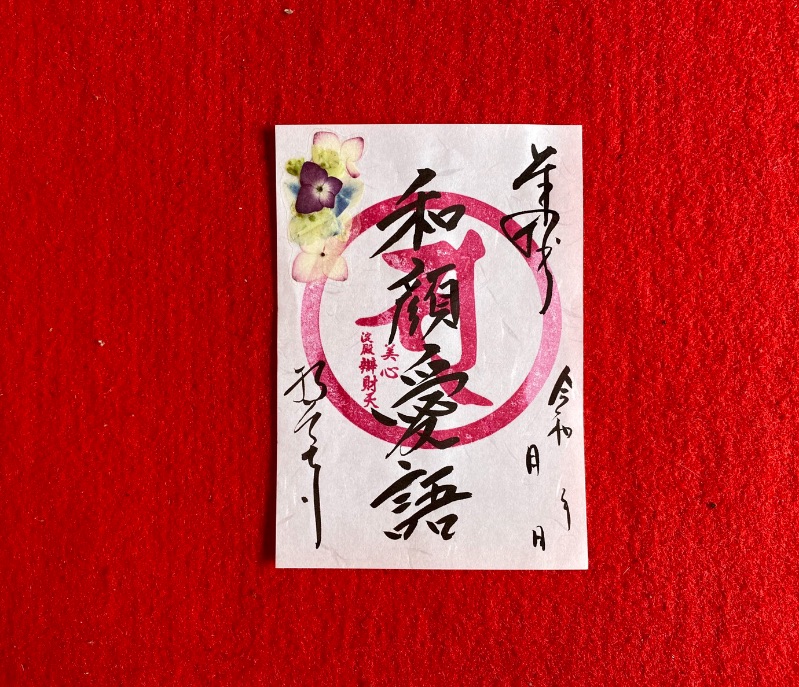
We’ve covered goshuin many times on MOSHI MOSHI NIPPON. They are stamps or seals you can receive at most temples and shrines in Japan. Collected in a goshuincho, or stamp book, you pay a fee and the staff there will write gorgeous Japanese calligraphy in your book of the temple or shrine name and the date you visited along with a stamp. Every temple and shrine has their own unique stamps.
For Hydrangea Week, you can get the following words written in your book: Oku-no-in (Inner Shrine) Wagan-aigo, (Gentle Face, Loving Words), and Airyoku (Power of Love).
Goshuin: “Omoi”
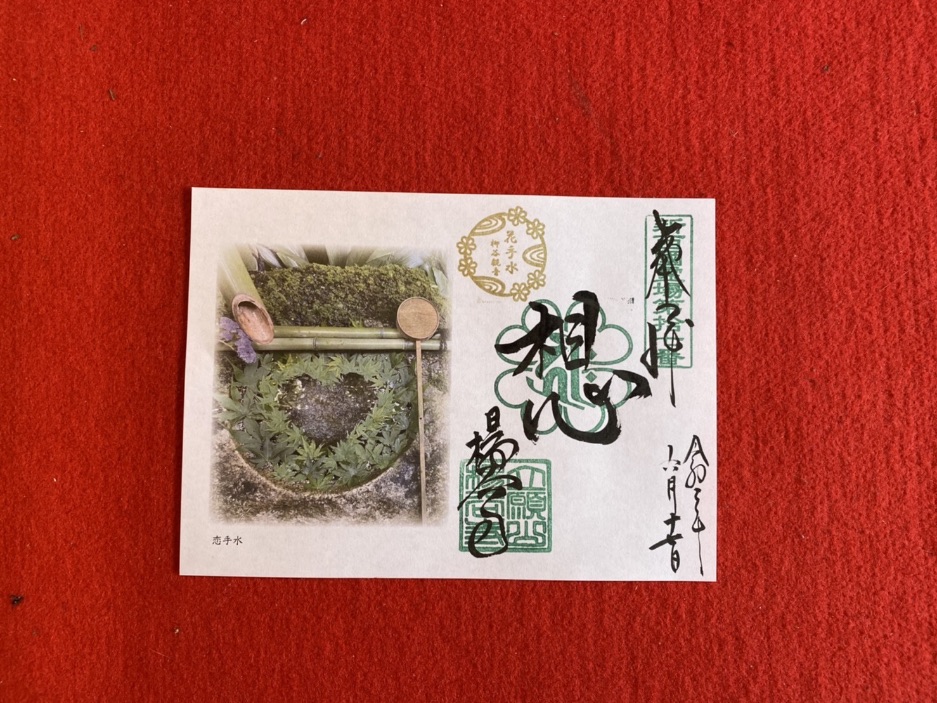
This special goshuin prays for the fulfilment of people’s Omoi, which can mean thoughts, desires, wishes, affections, and so on. It also features a picture of the temple water basin.
Price: ¥600
Seasonal Pressed Flower Goshuin Kit
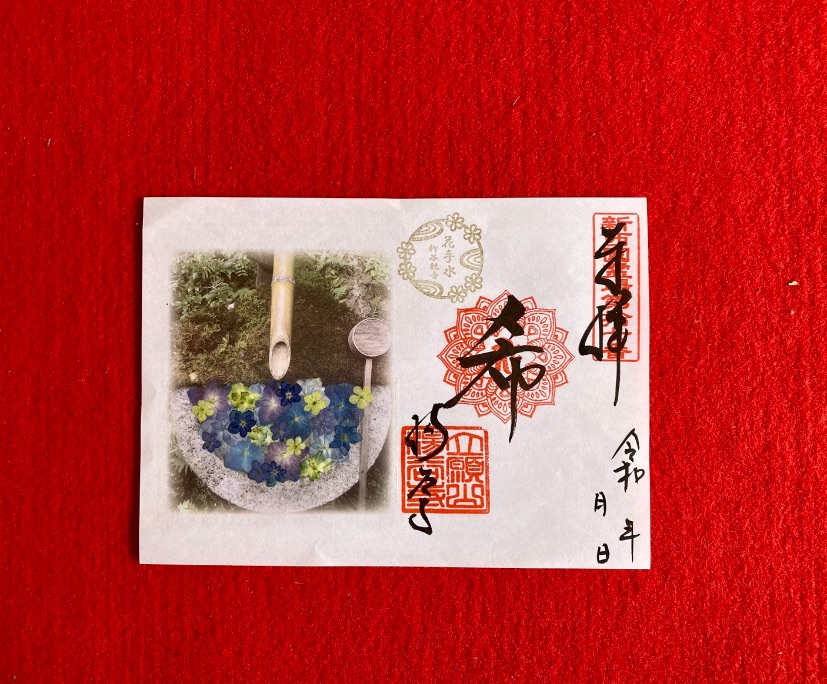
This special goshuin kit has you pressing your own flowers to create your own personal and unique design. The theme of this kit changes each season. For June, the theme is hydrangeas.
Price: ¥1,000
Hydrangea Goshuincho
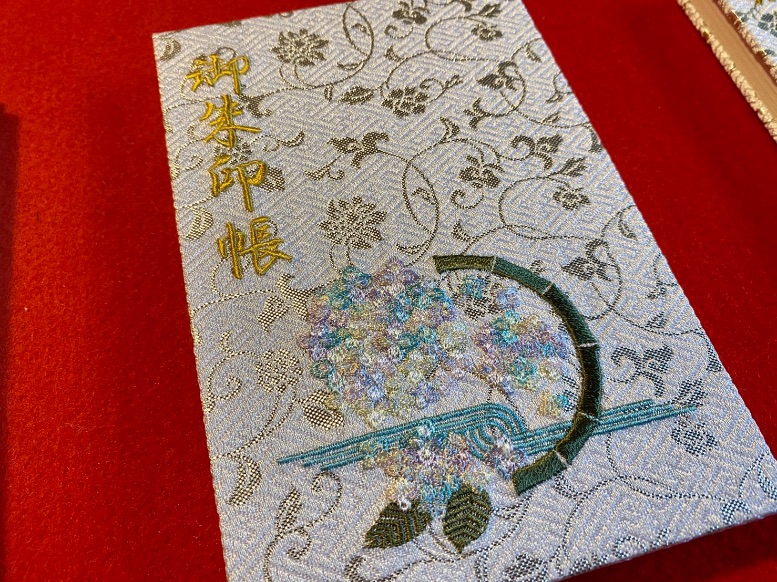
The temple is also selling seven different goshuincho stamp books. Orders are being carried out on the official website.
Price: ¥3,500 (+¥500 handling fees)
Yanagidani Kannon Treasure Exhibition
The “Yanagidani Kannon Treasure Exhibition” is a monthly showcasing of the temple’s treasured articles which are normally unavailable to the public. For June, they will be showing the art piece Daffodils by Japanese painter Keika Kanashima who was active during the Taisho and Showa periods. Her work is also on display at the Imperial Household Agency. The painting incorporates the Shijō school of Japanese painting as well as the intai style.
Items Bestowed to the Imperial Household & Buddhist Art
The temple will display items bestowed to the Imperial Household from its collection, including Emperor Nakamikado’s mirror which has a deep green hue, a flower vase owned by Japan’s last empress regnant Empress Go-Sakuramachi, and more.
Information
Hydrangea Week
Location: Yanagidani Kannon, Yokokuji Temple (Dōnotani-2 Jōdodani, Nagaokakyo, Kyoto)
Running: June 13, 2020 – July 5, 2020Time: 9:00-16:00 (Last Entries 15:00)
Price: ¥300 (Combination ticket for entry, access to the Joshoin and Jihouku costs ¥1,000)Official Website: http://yanagidani.jp/
-
One Piece Goshuin Shrine Stamp Books Get Luffy and Trafalgar Law Designs
17.March.2020 | ANIME&GAME
Movic has collaborated to release two special goshuincho books at Animate stores in Japan as well as the Animate and Movic online stores and select Mugiwara shops.
A Goshuincho is a book for collecting goshuin, which are stamps or seals given at shrines and temples across Japan. Every shrine and temple has its own unique goshuin which are stamped alongside calligraphy handwritten by the staff there and then who write the date and the name of the temple or shrine. We have covered goshuin here on MOSHI MOSHI NIPPON many times – click for more details.
Goshuincho – Luffy
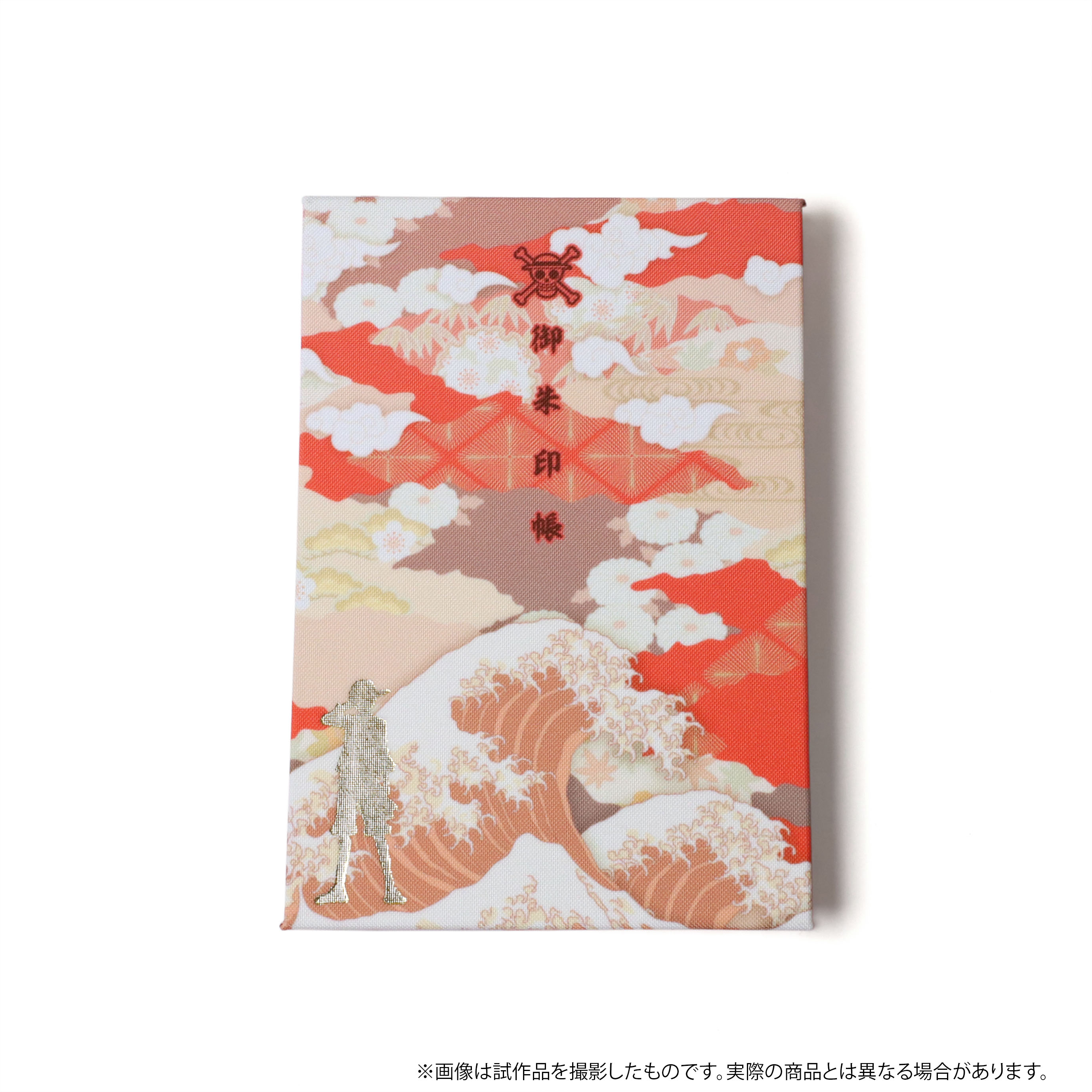
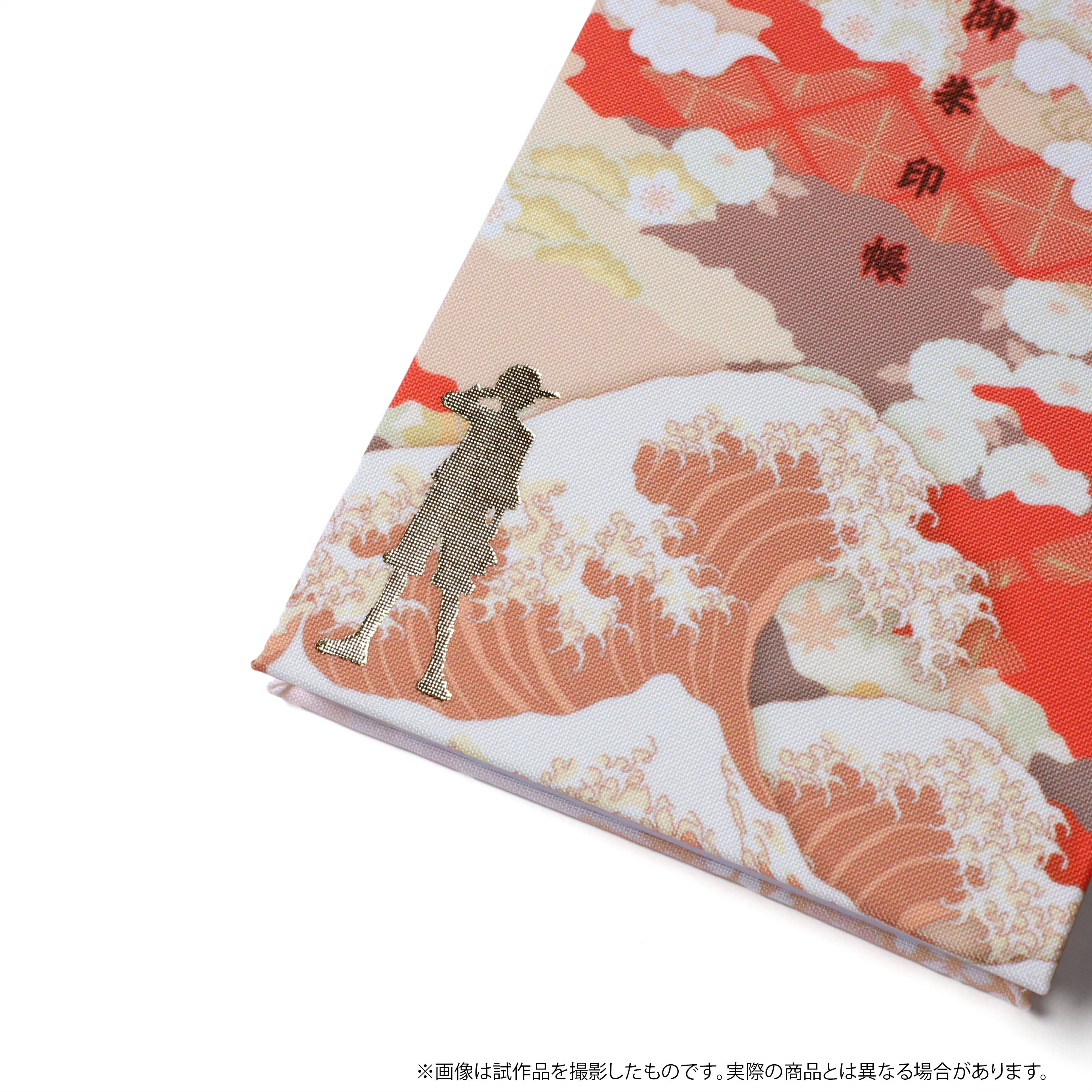
Goshuincho – Trafalgar Law
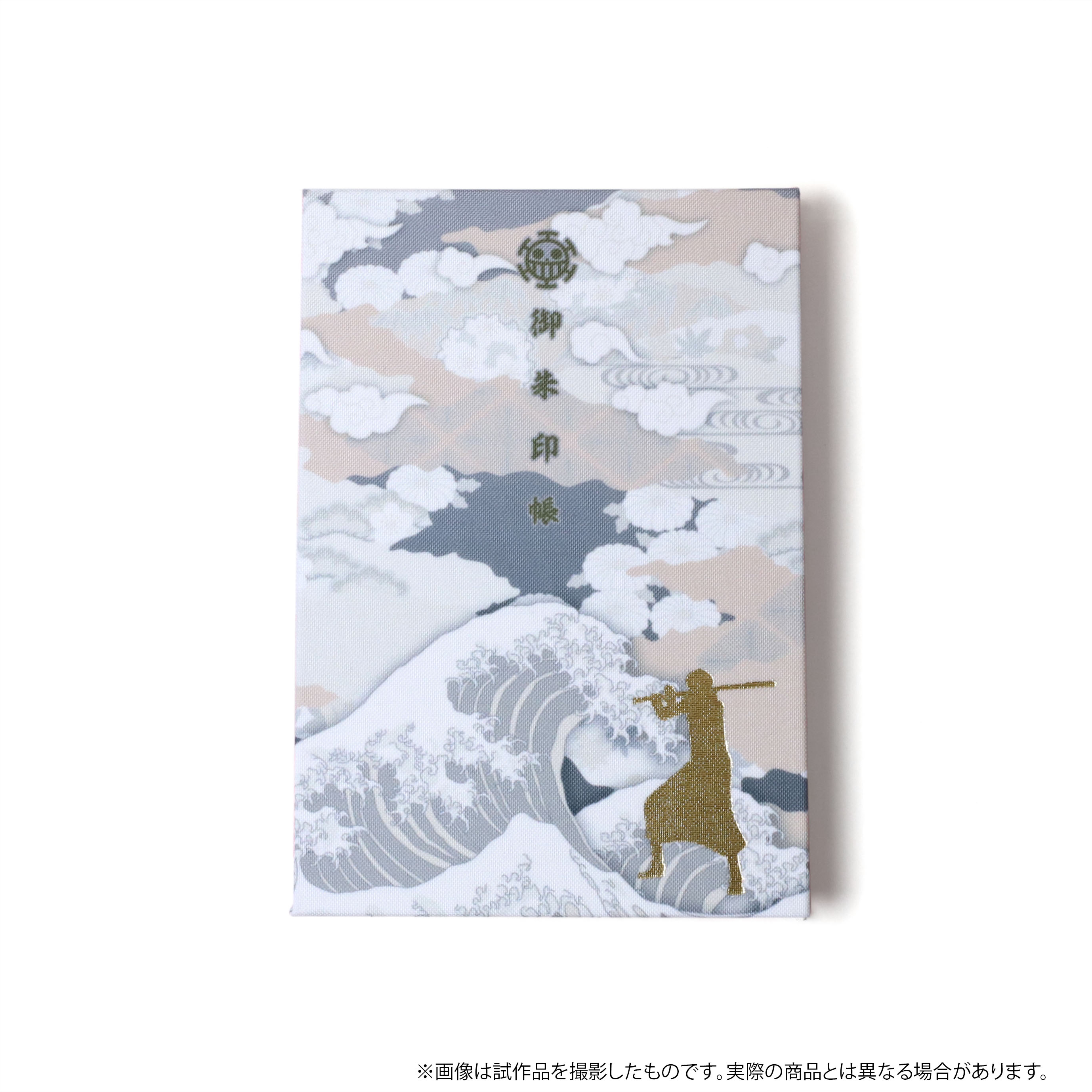
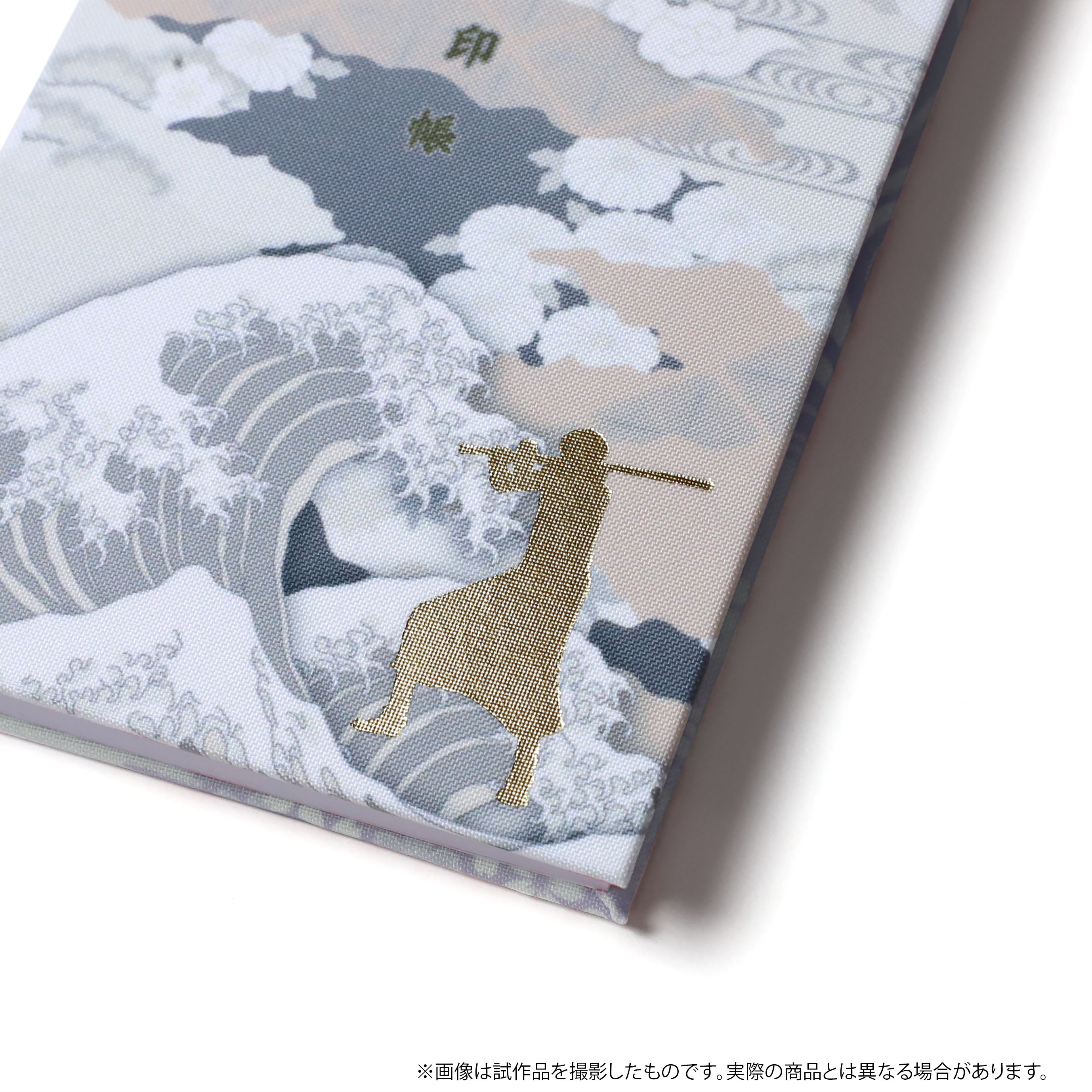
The designs feature Luffy and Trafalgar Law made from gold leaf stood against backgrounds with traditional Japanese designs. Both books also feature their respective pirate logos. They are the perfect gift for any fan of One Piece heading to Japan to see the temples and shrinesーor to just add to their collection at home!
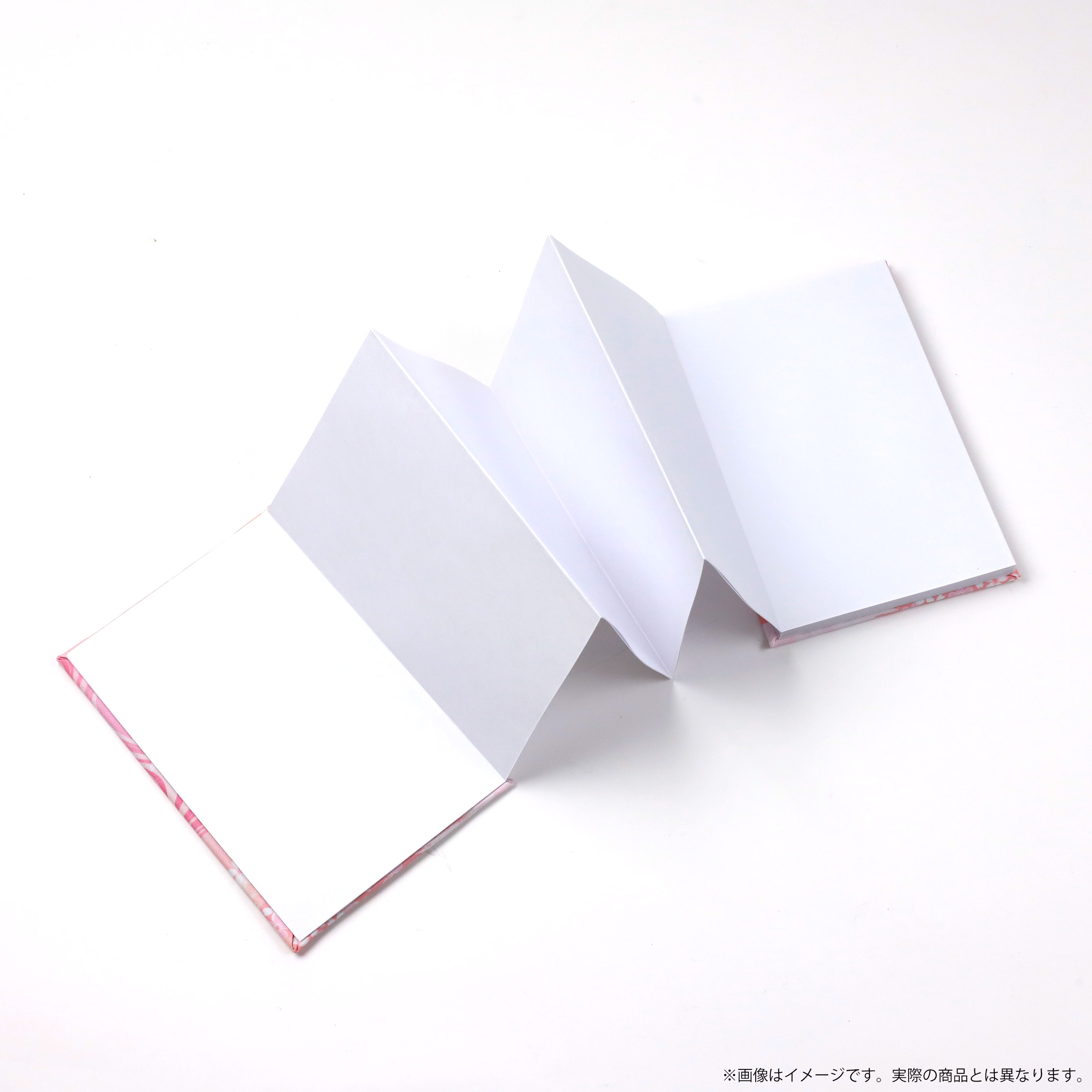
The order window for these books will run from March 16, 2020 to April 15, 2020 at Animate, Animate online, Movic online, at select Mugiwara storesーthe latter being the official One Piece merchandise shop. You won’t be able to order them after April 15, so be sure to get your order in quick.*Photos are of the product still in development. Actual product is subject to alterations.
*Product sales subject to change, extensions, or cancellations.
©Eiichiro Oda / Shueisha・Fuji TV・Toei Animation
Information
Goshuincho (2 Designs)
Price: ¥3,300 each (Tax Included)
Size: Approx. 16cm x 11cm
Product: Front Cover – Cloth with gold leaf / Inside: 24 folds
Order Window: March 16, 2020 – April 15, 2020Release Date: June 19, 2020
Order here: https://www.movic.jp

